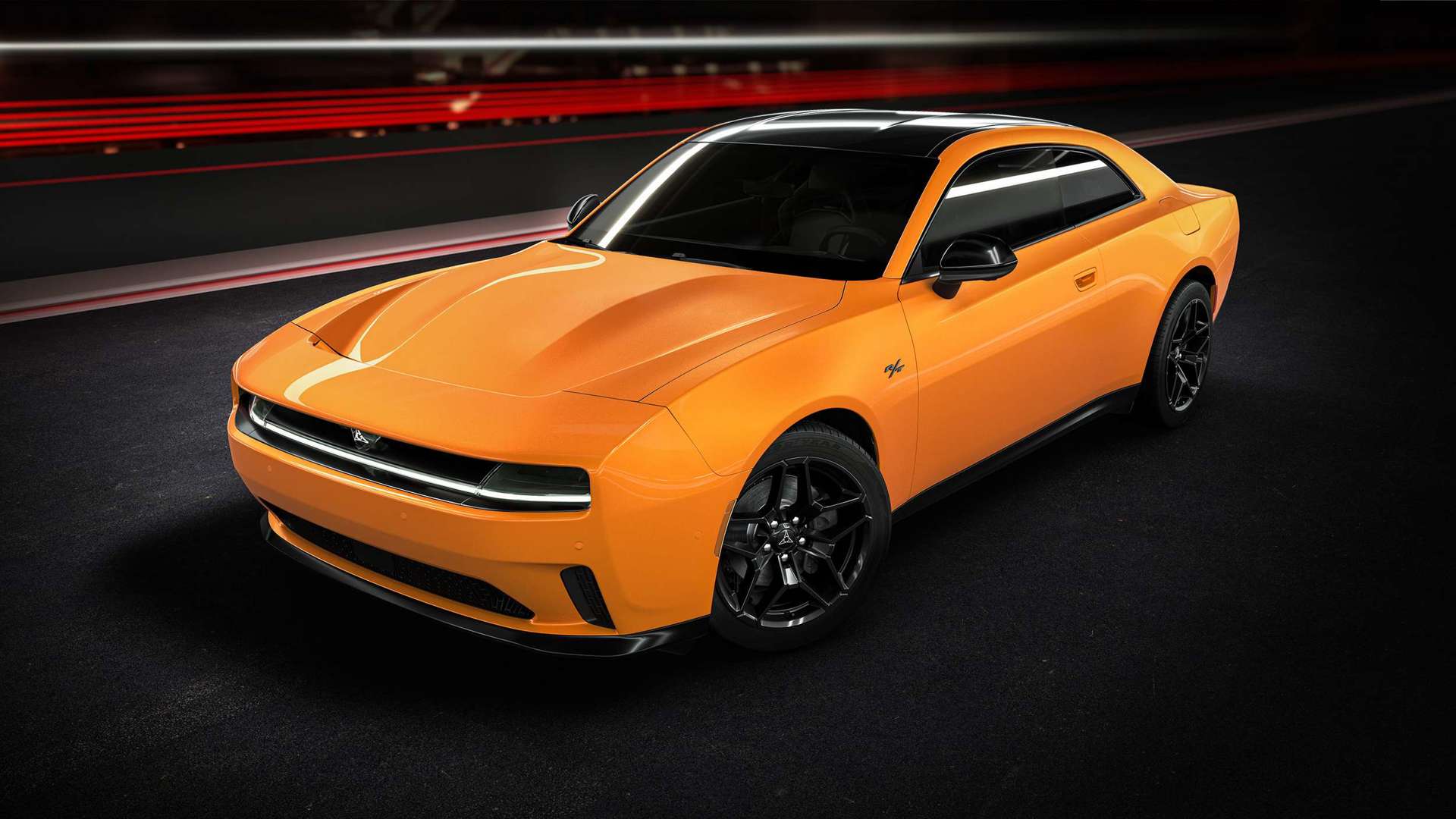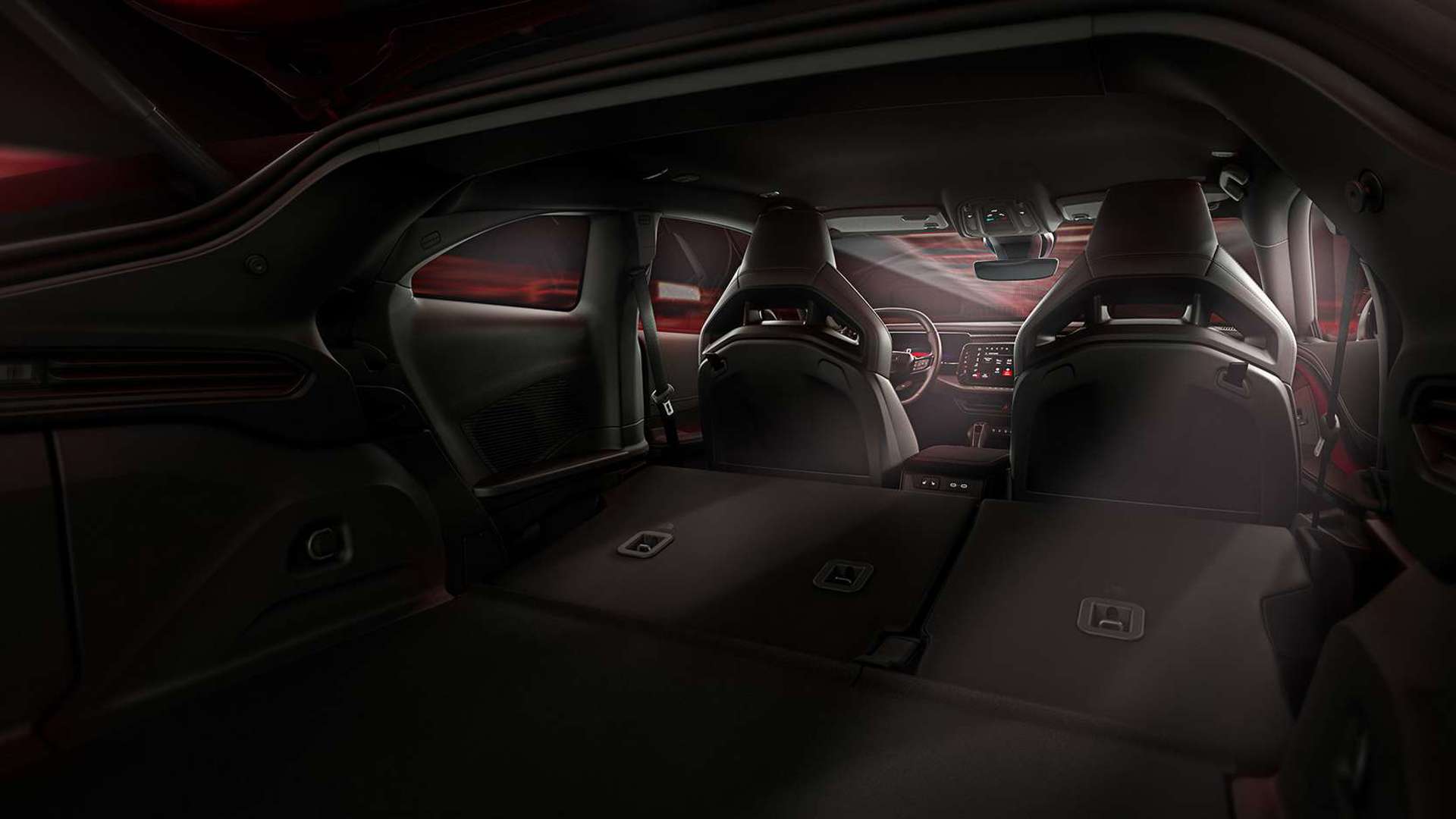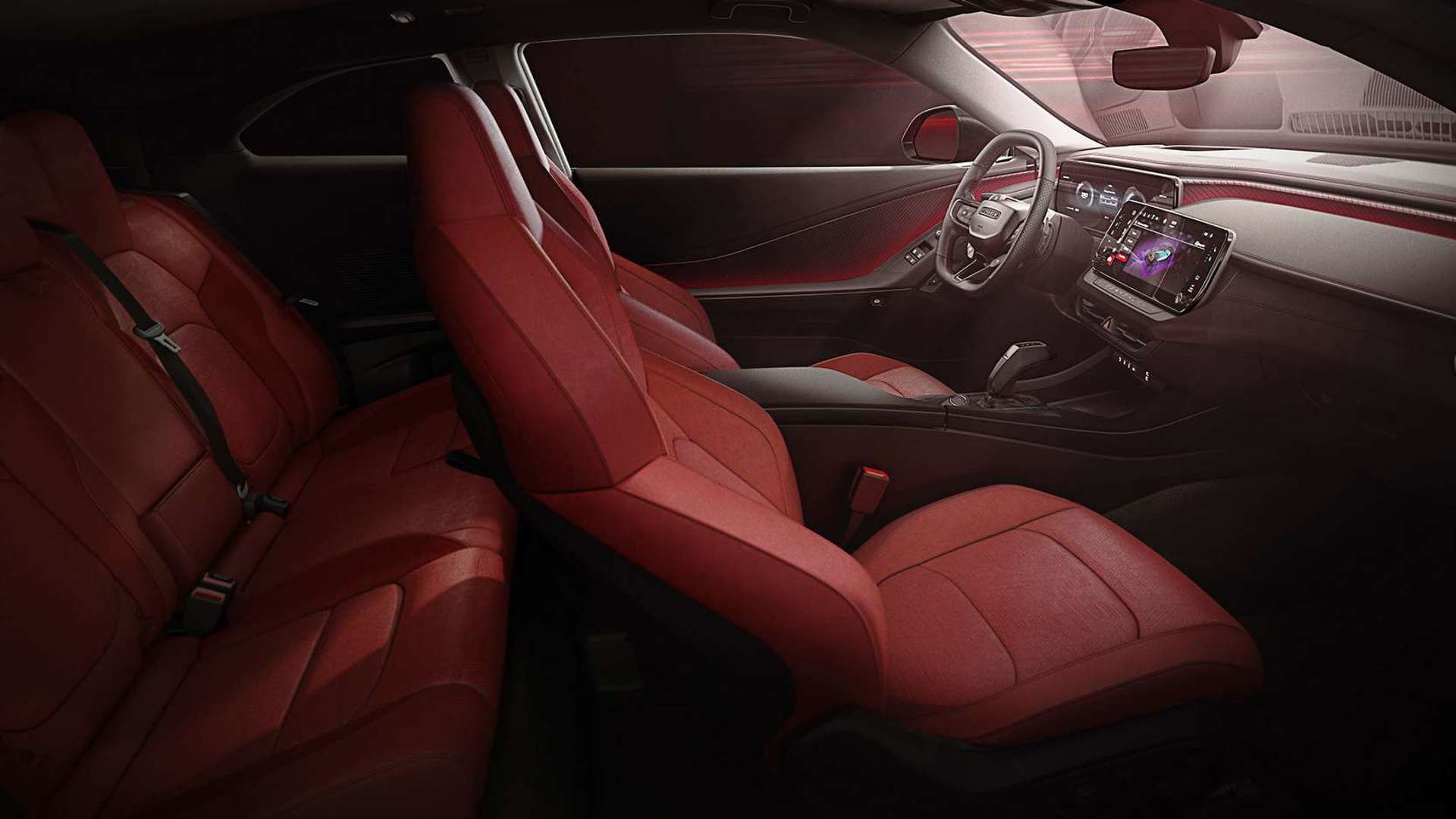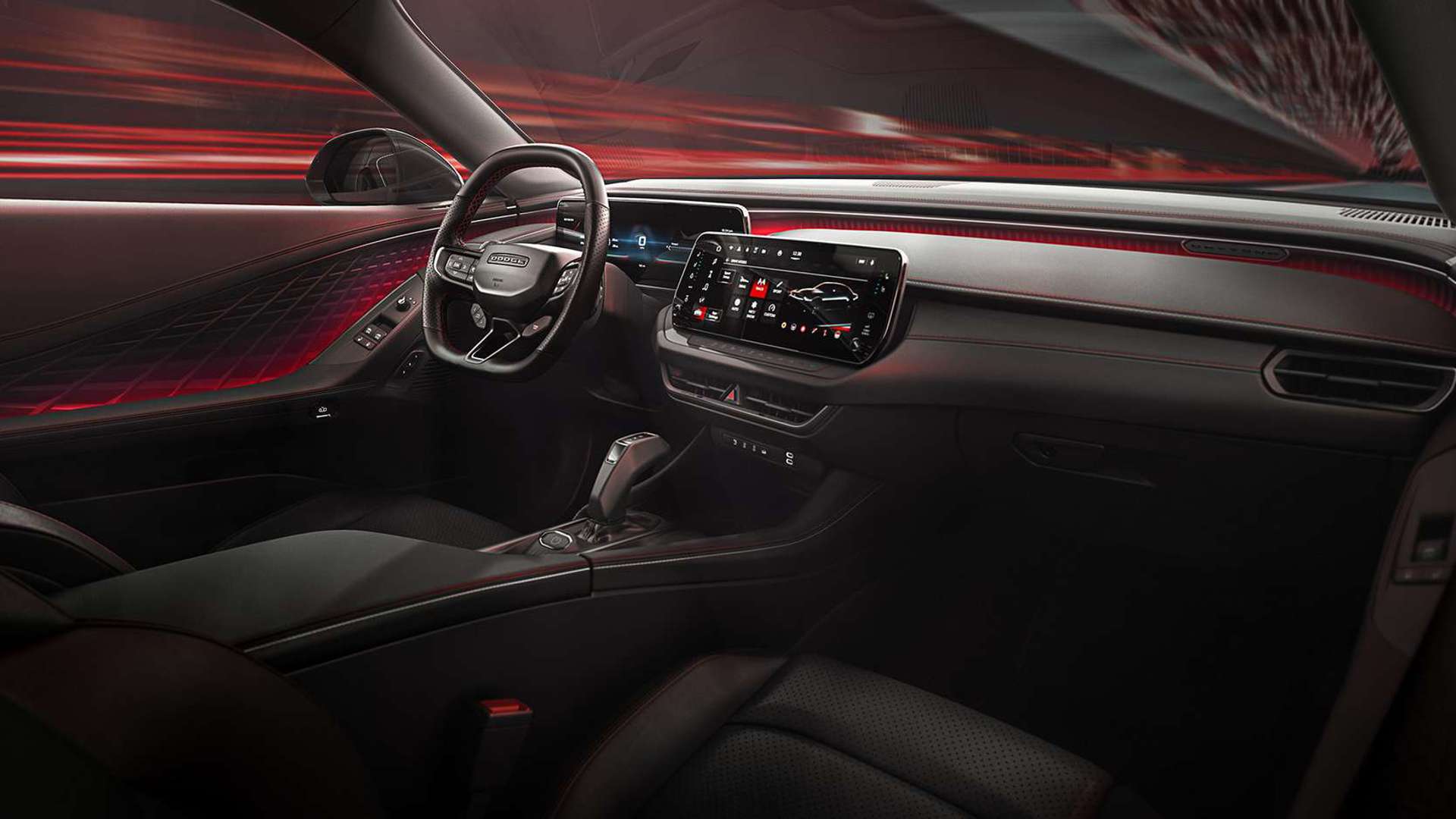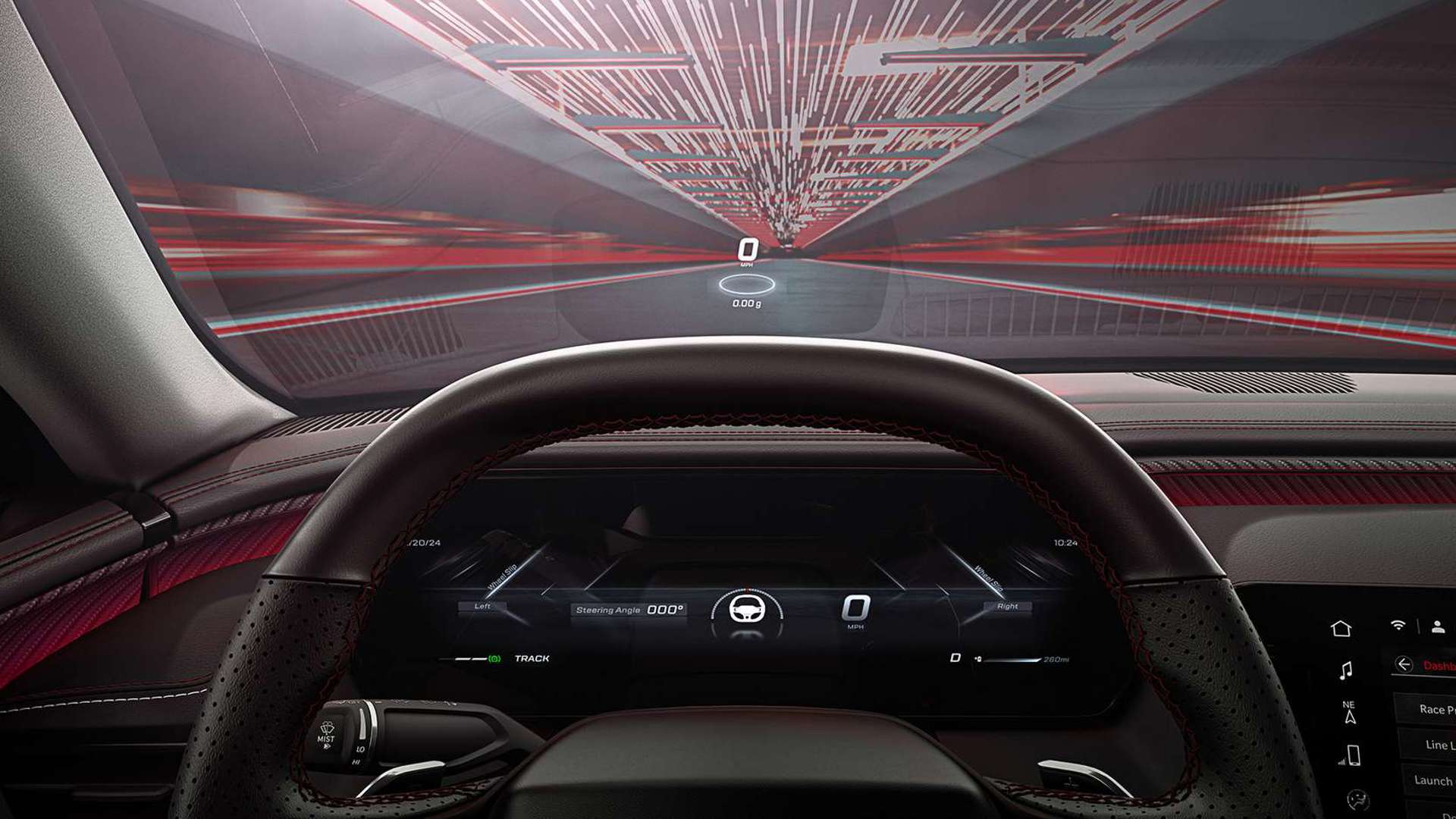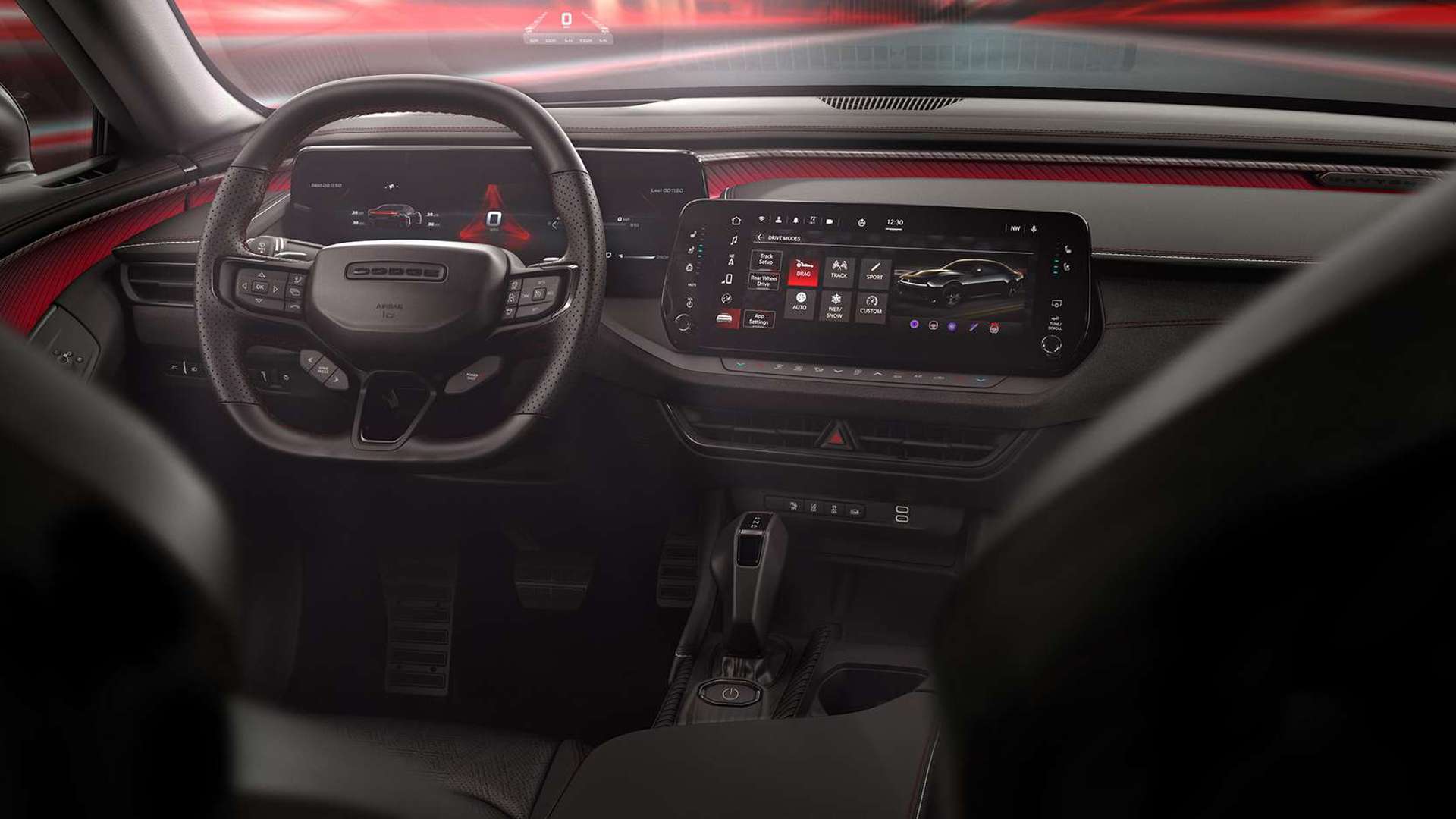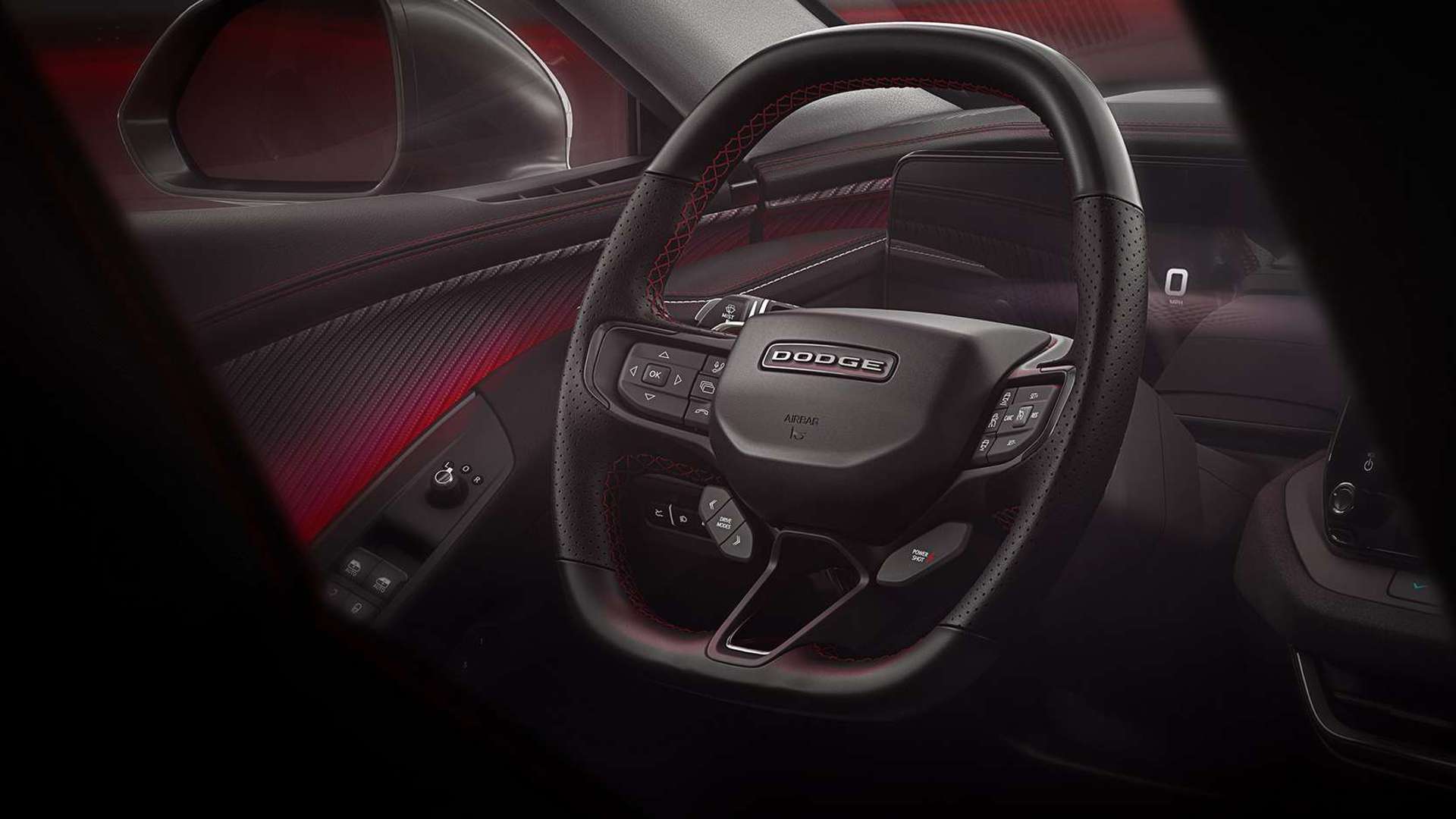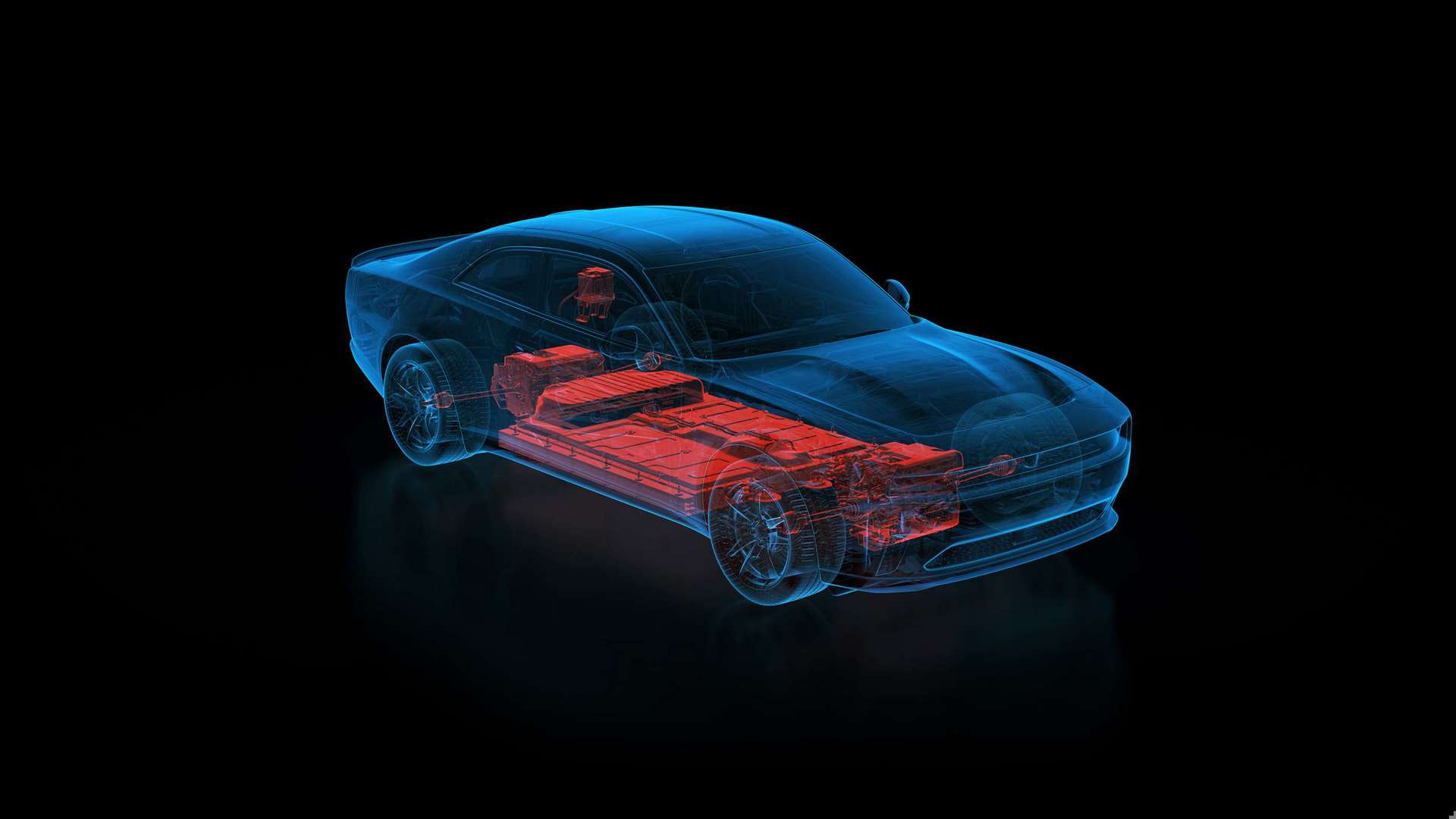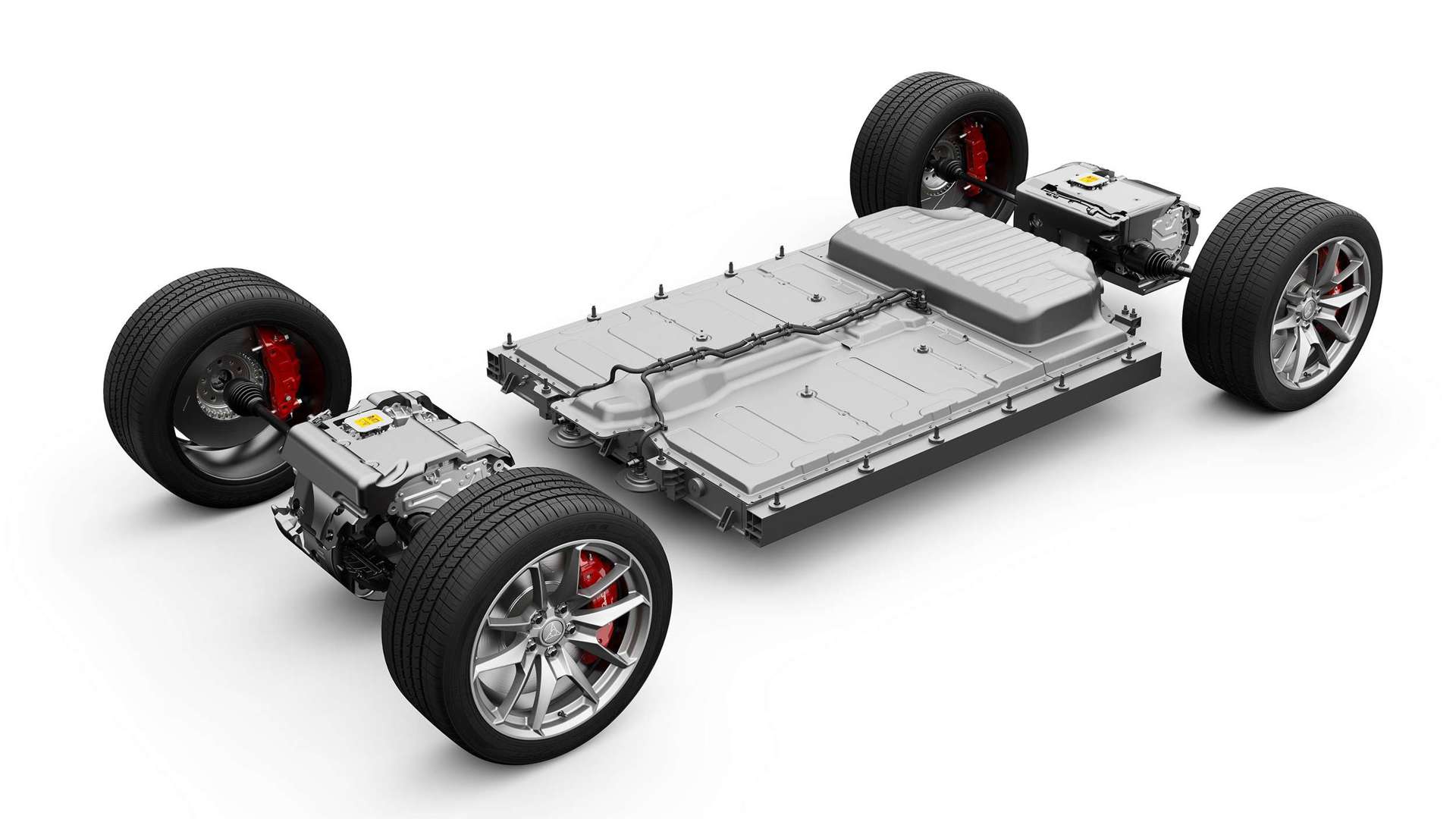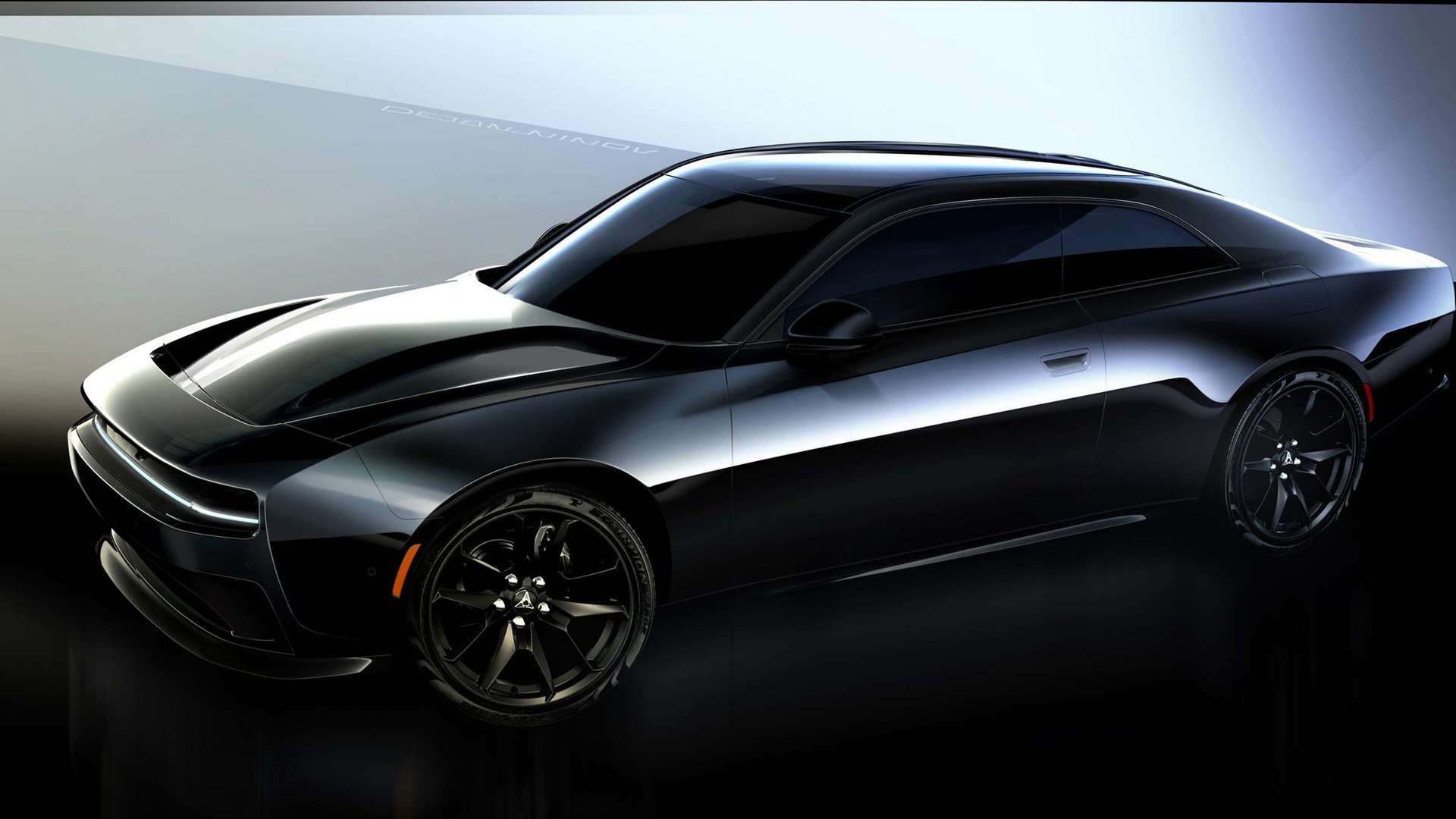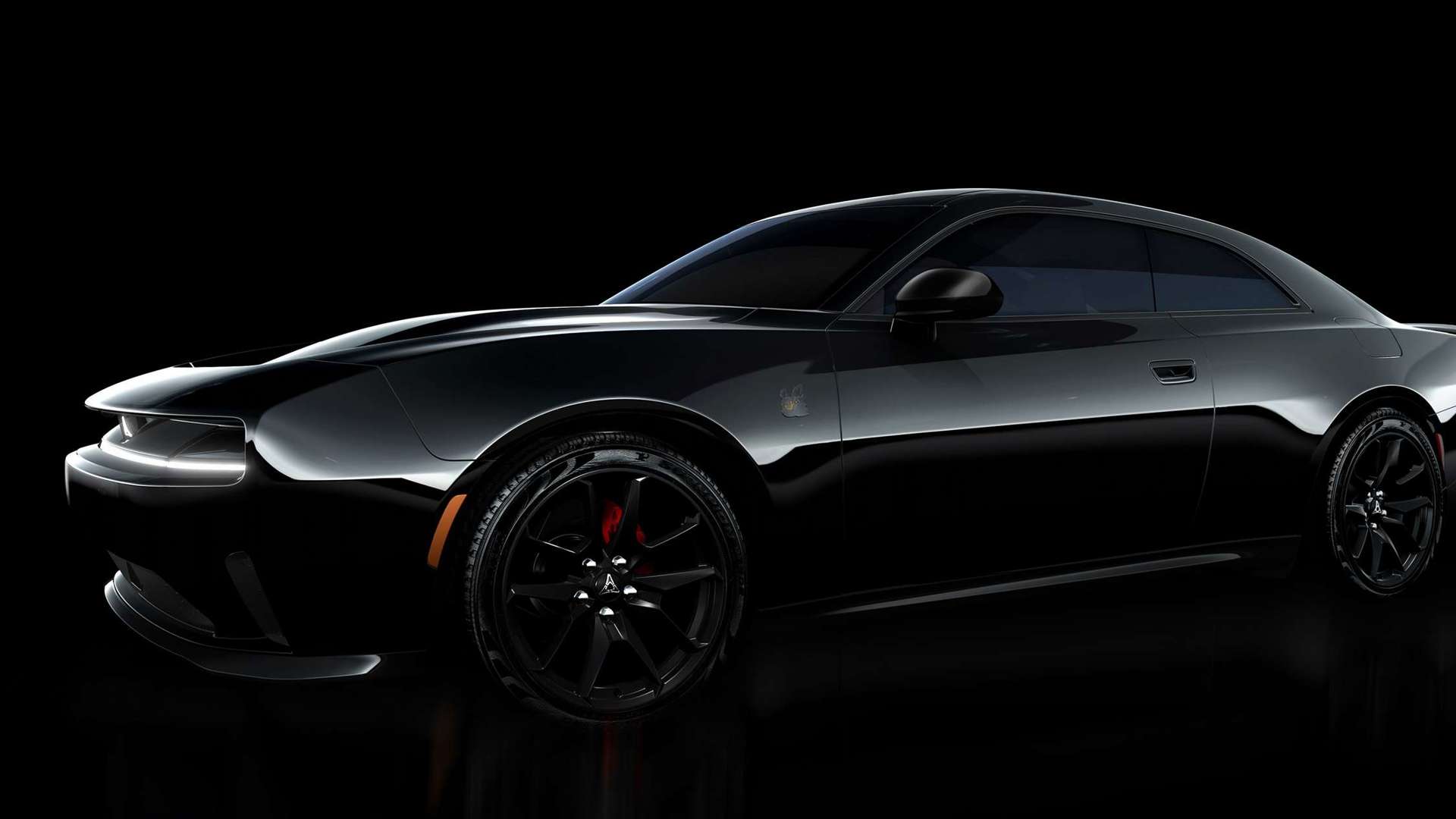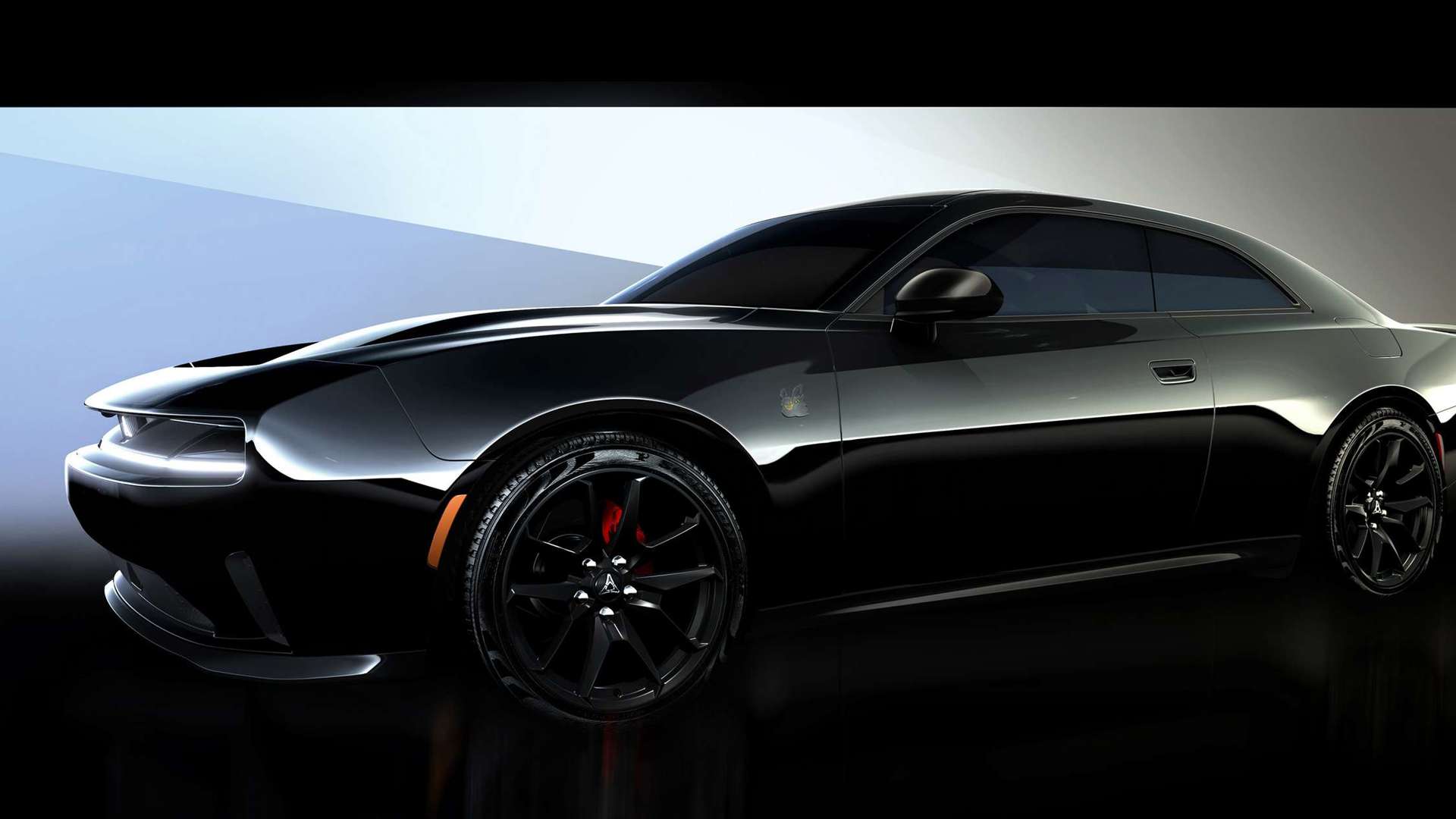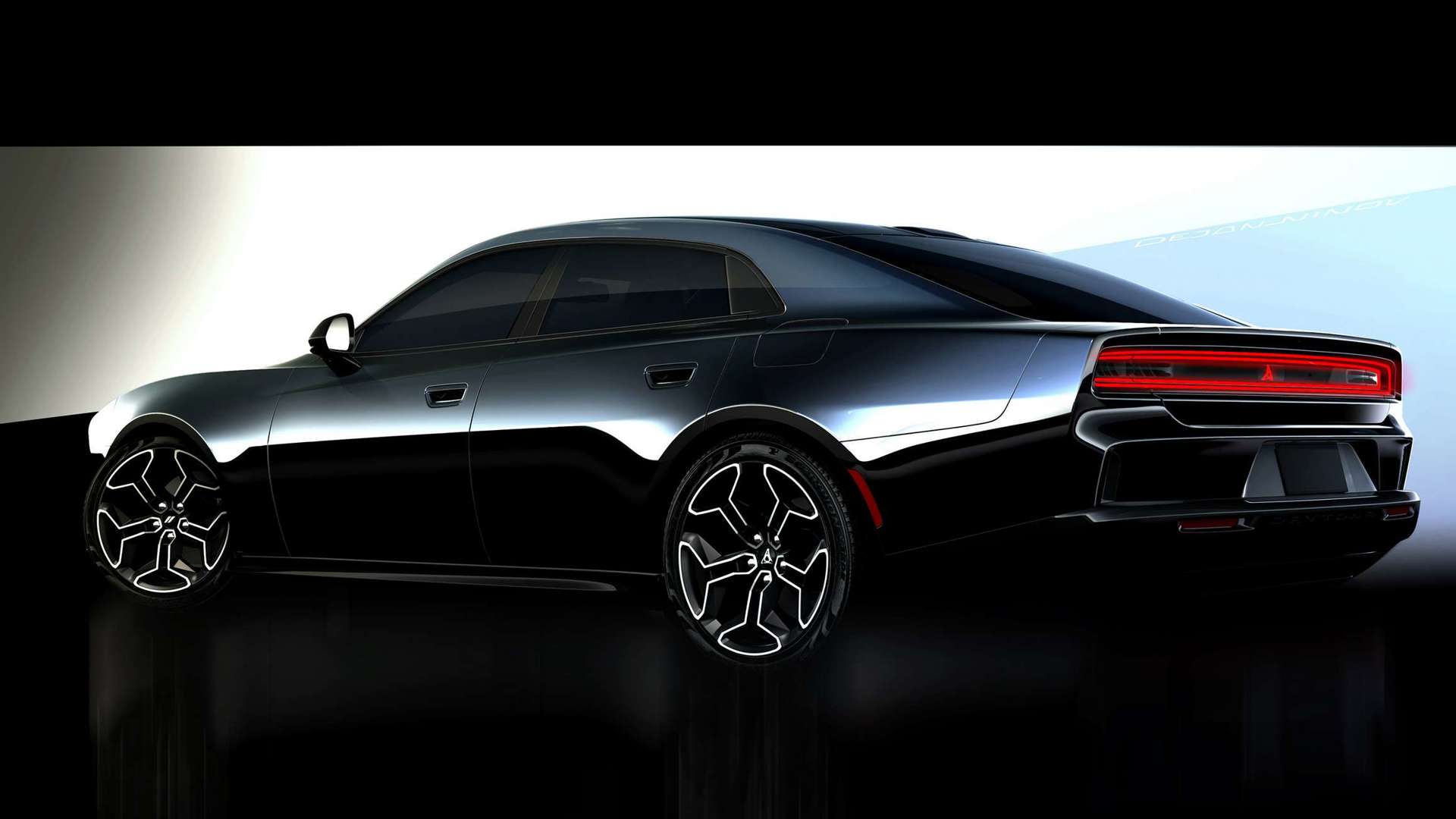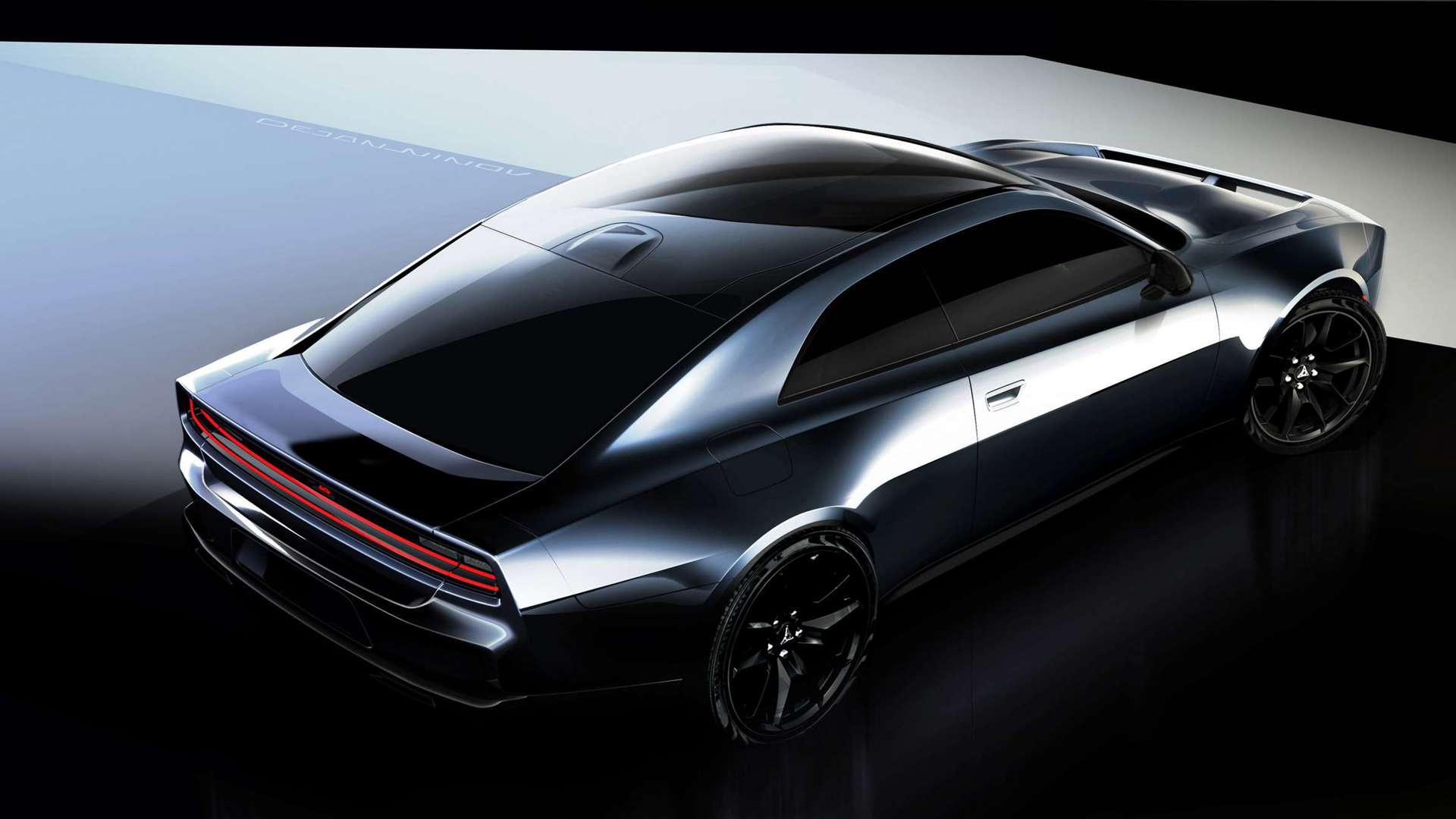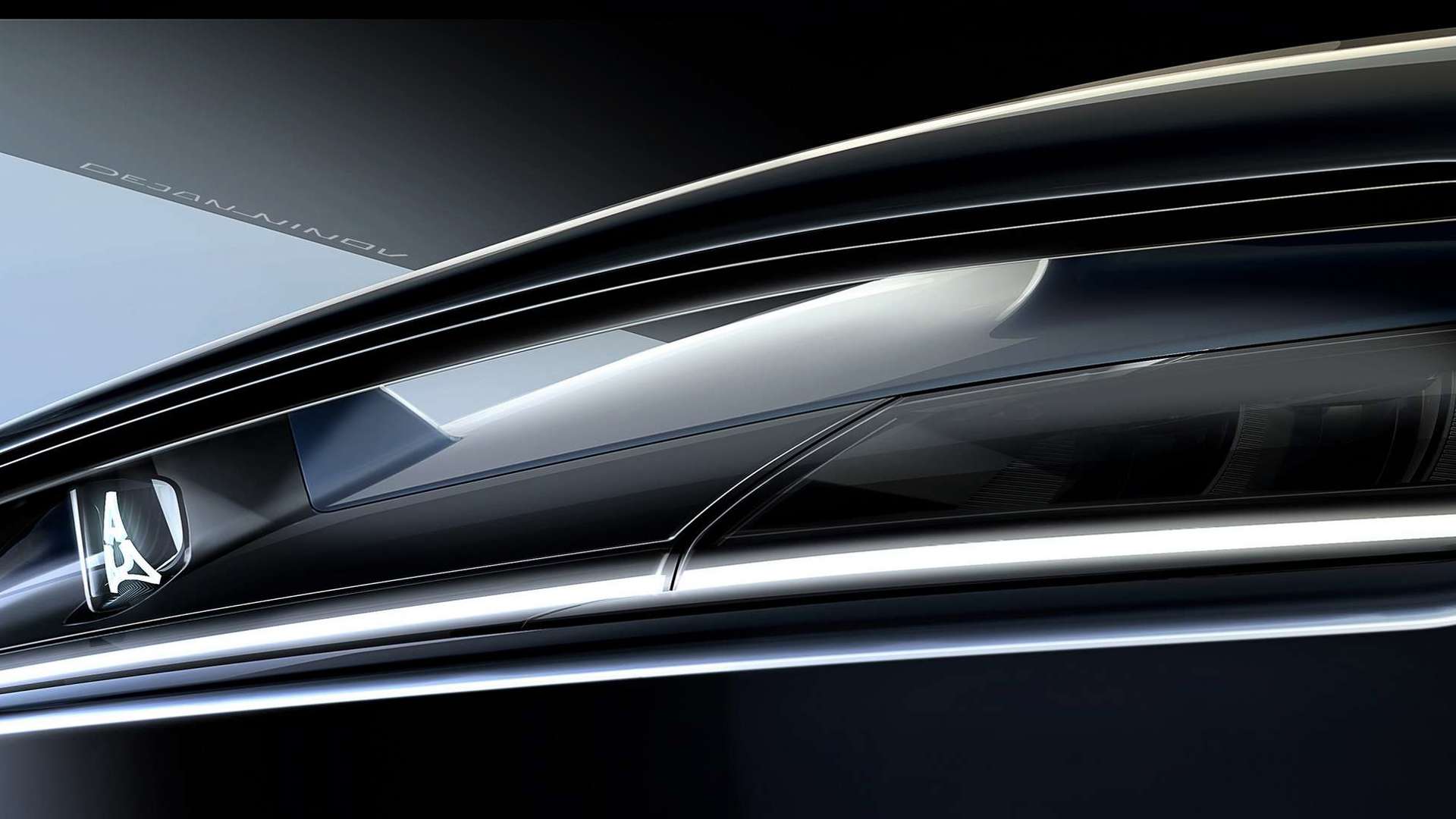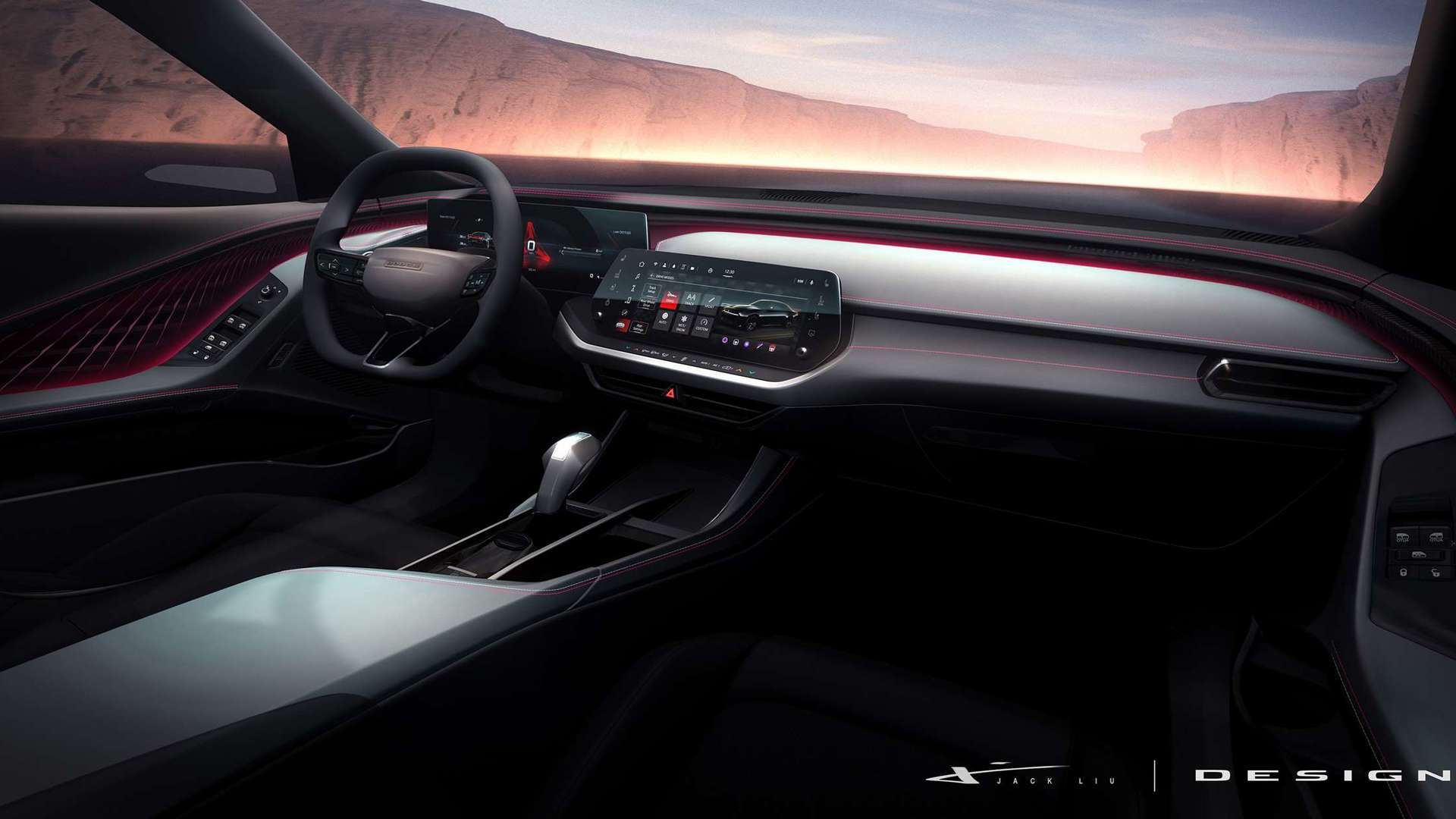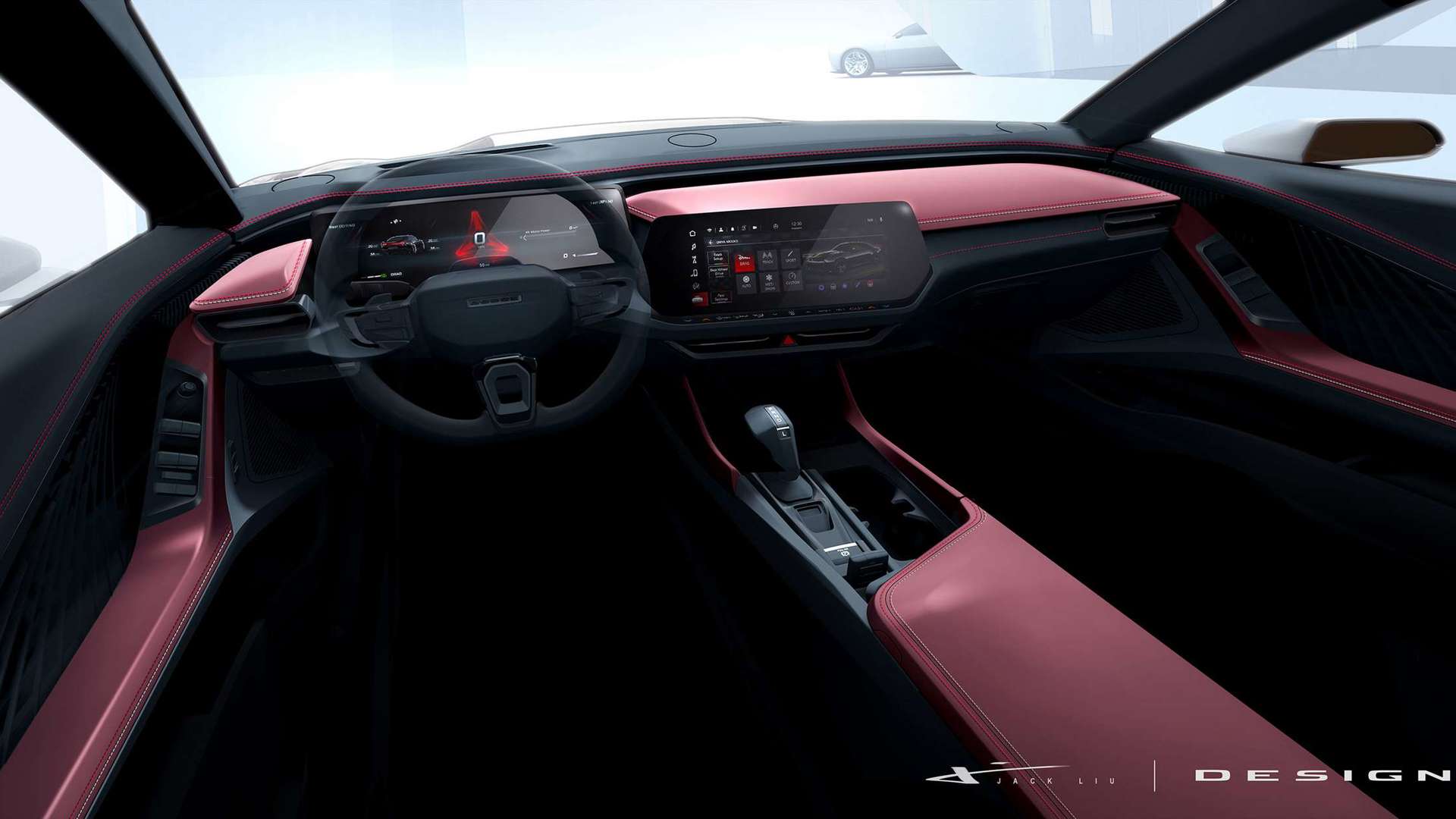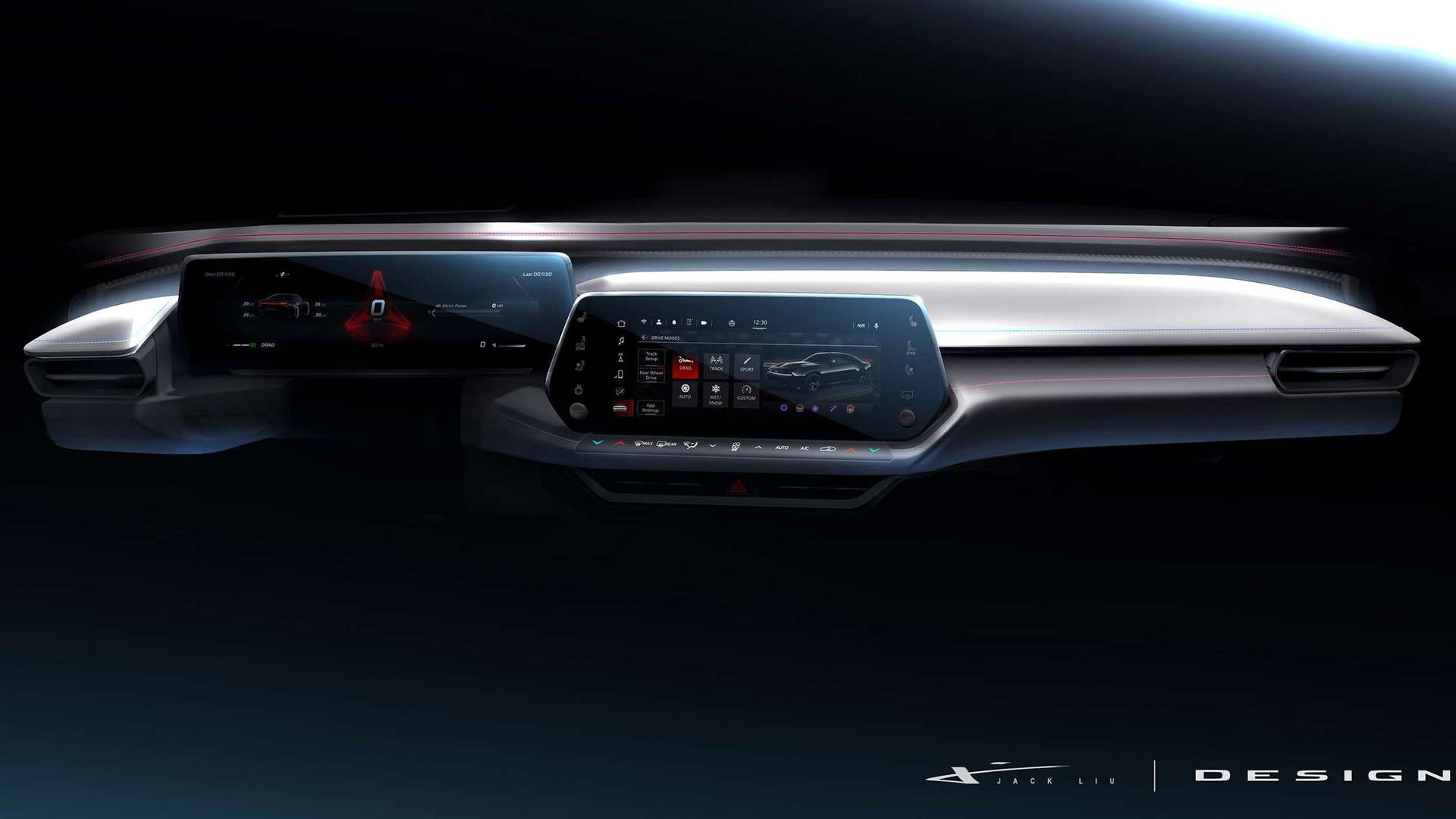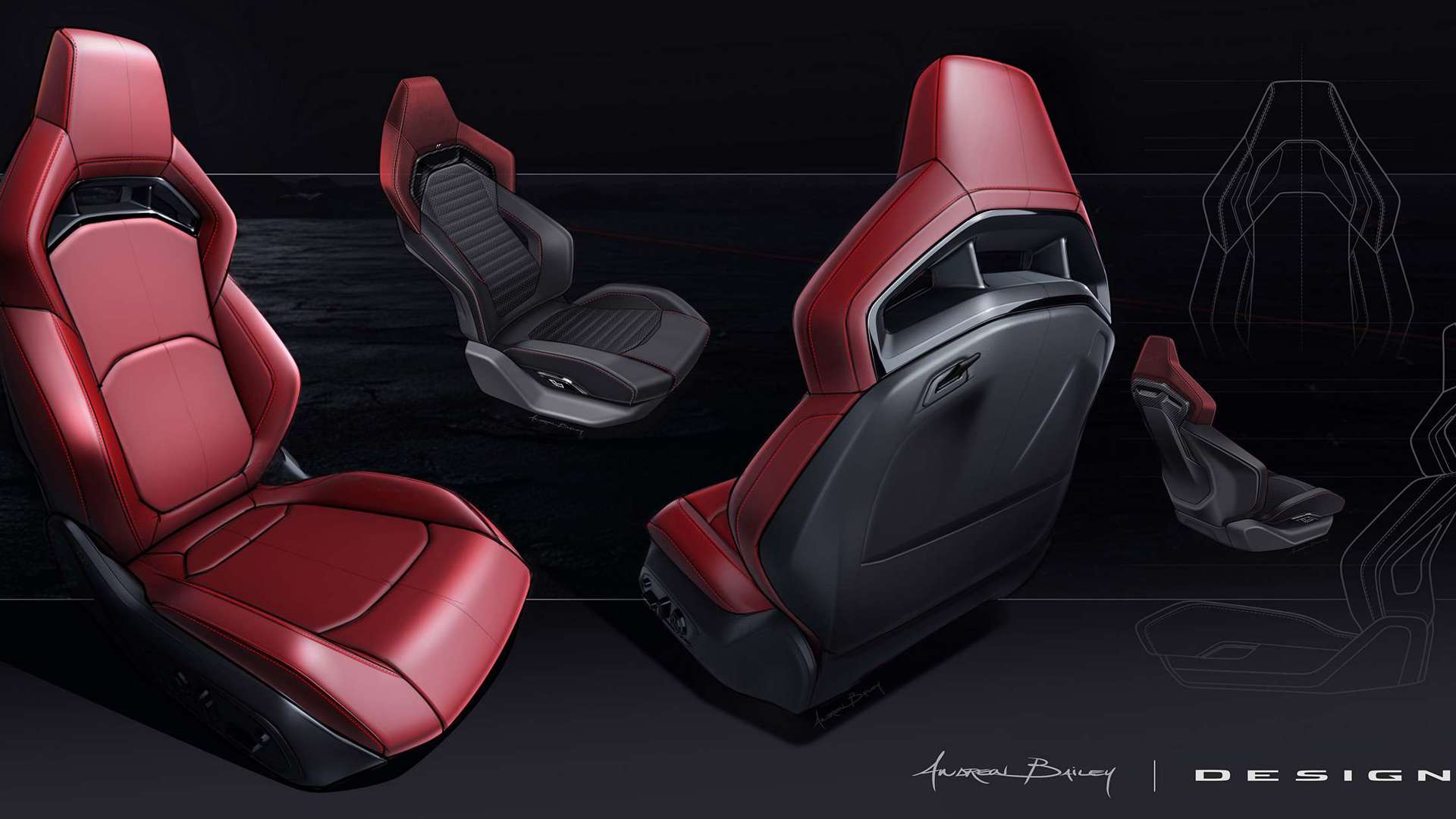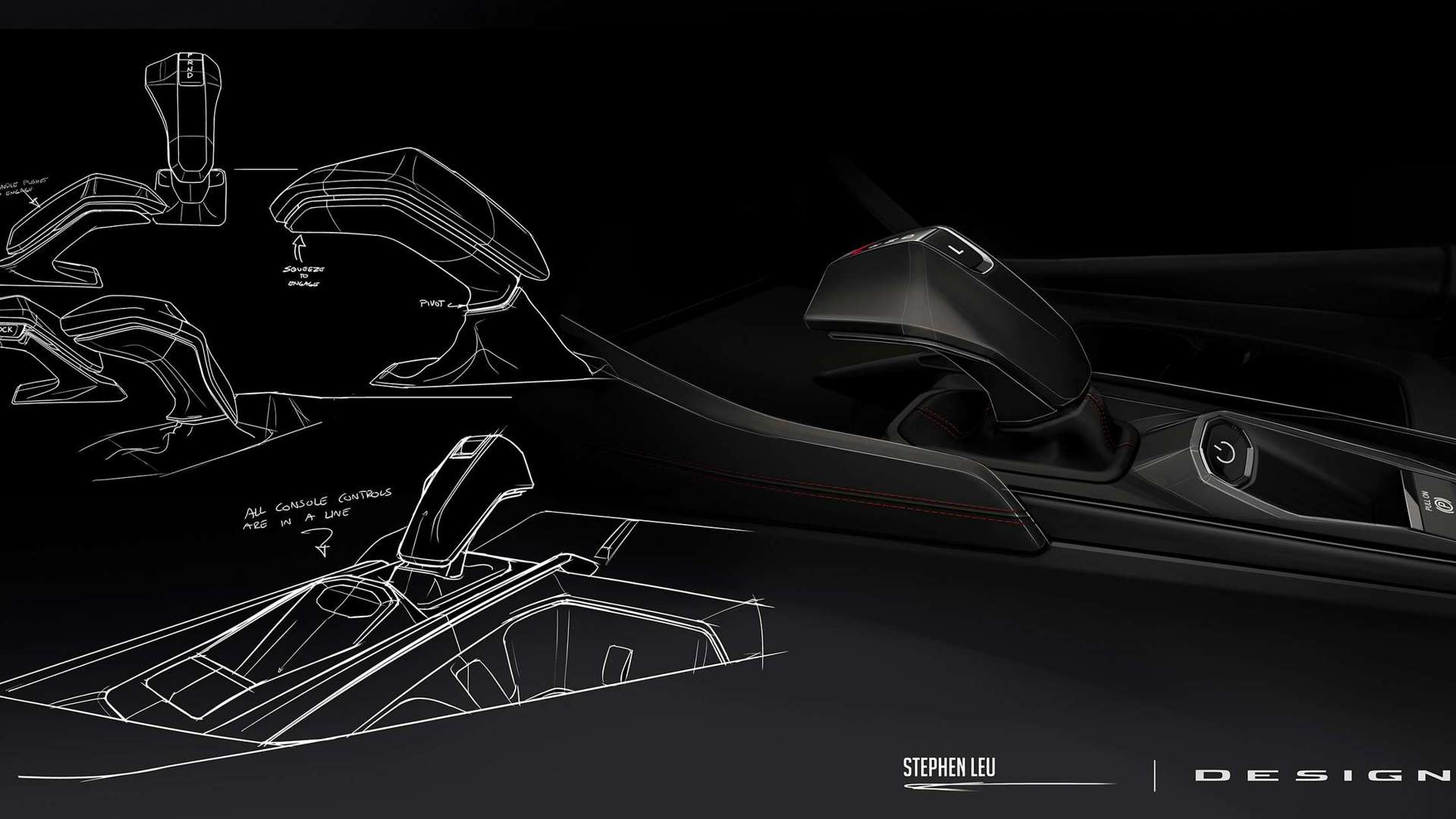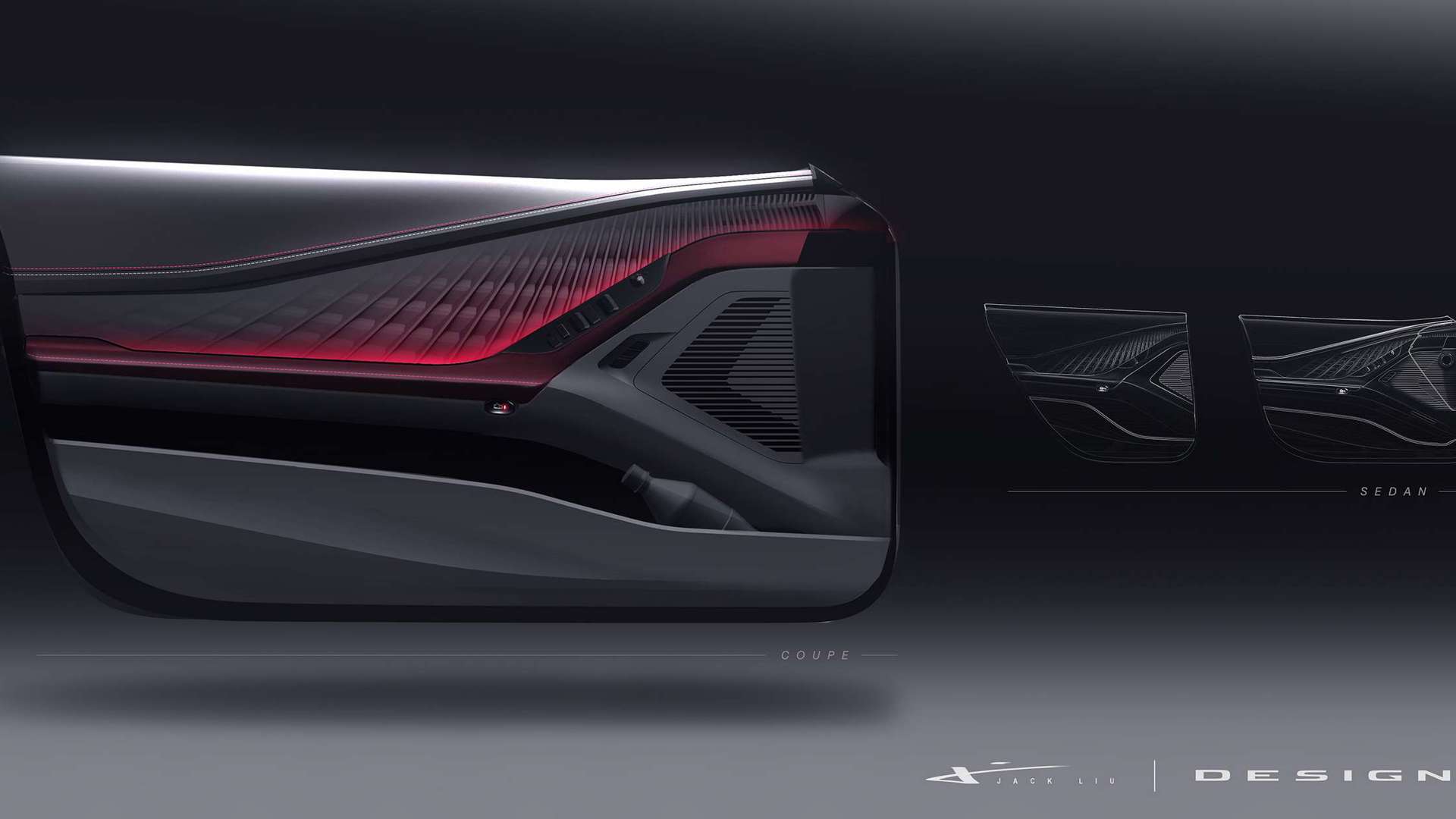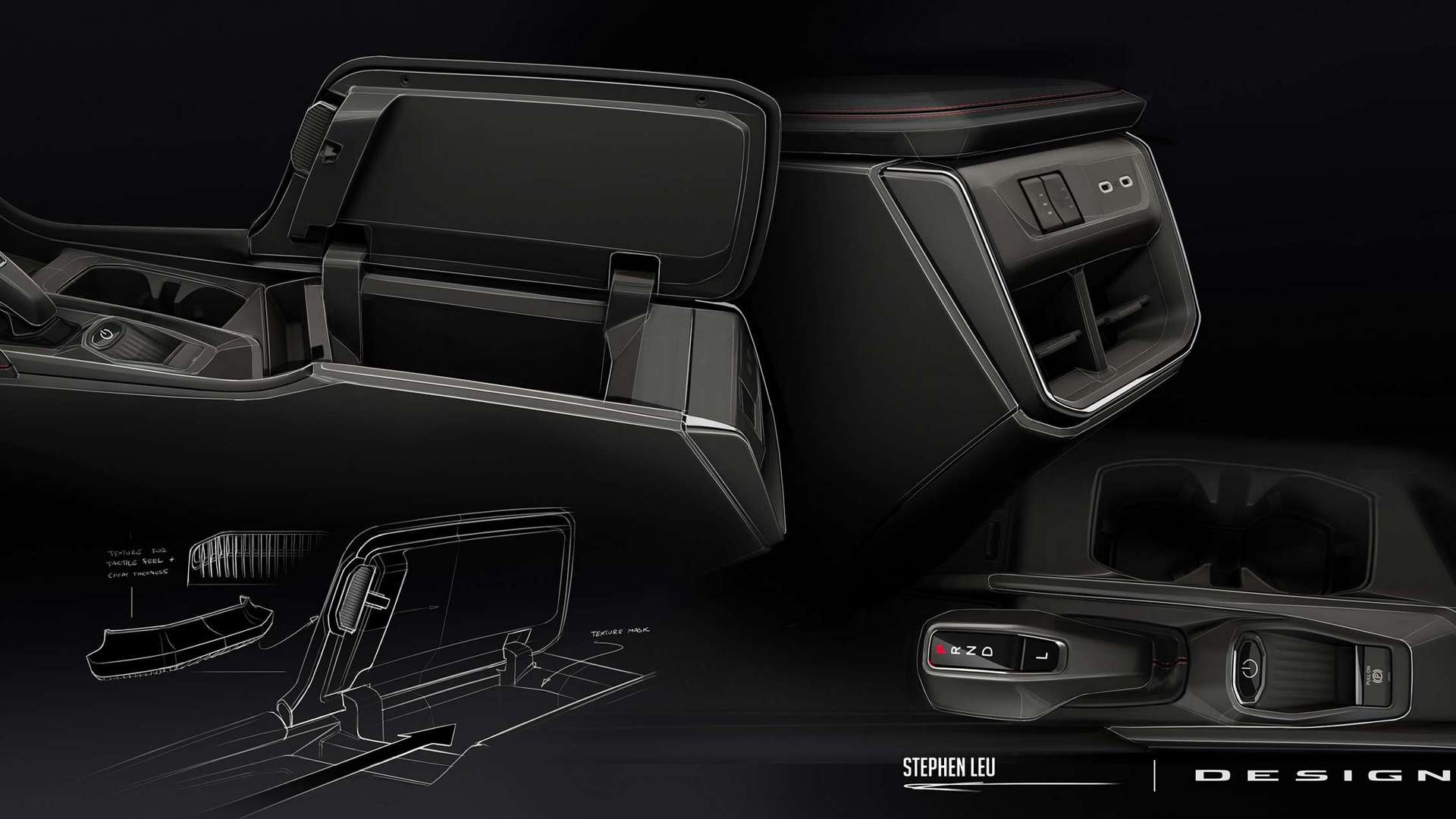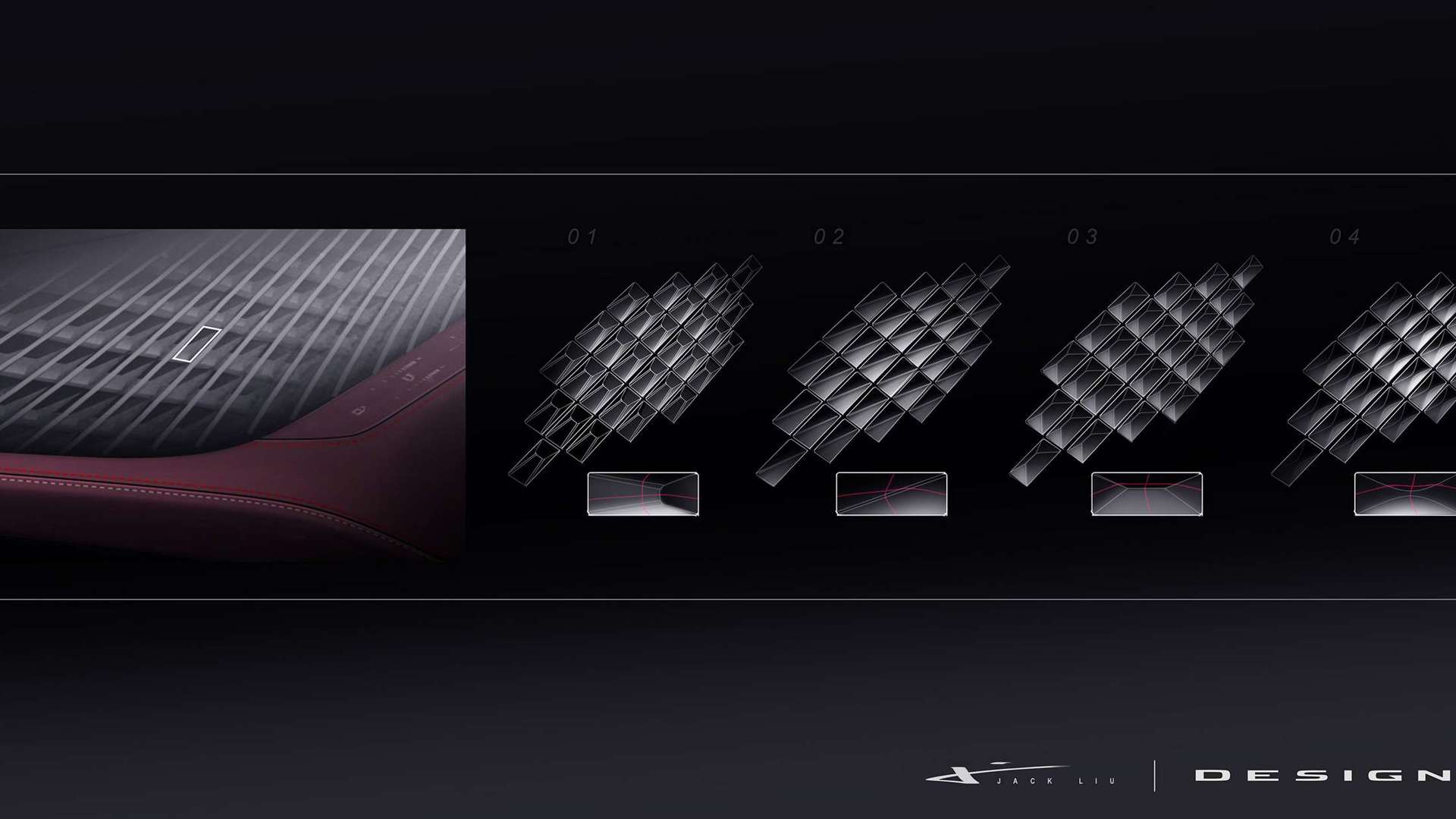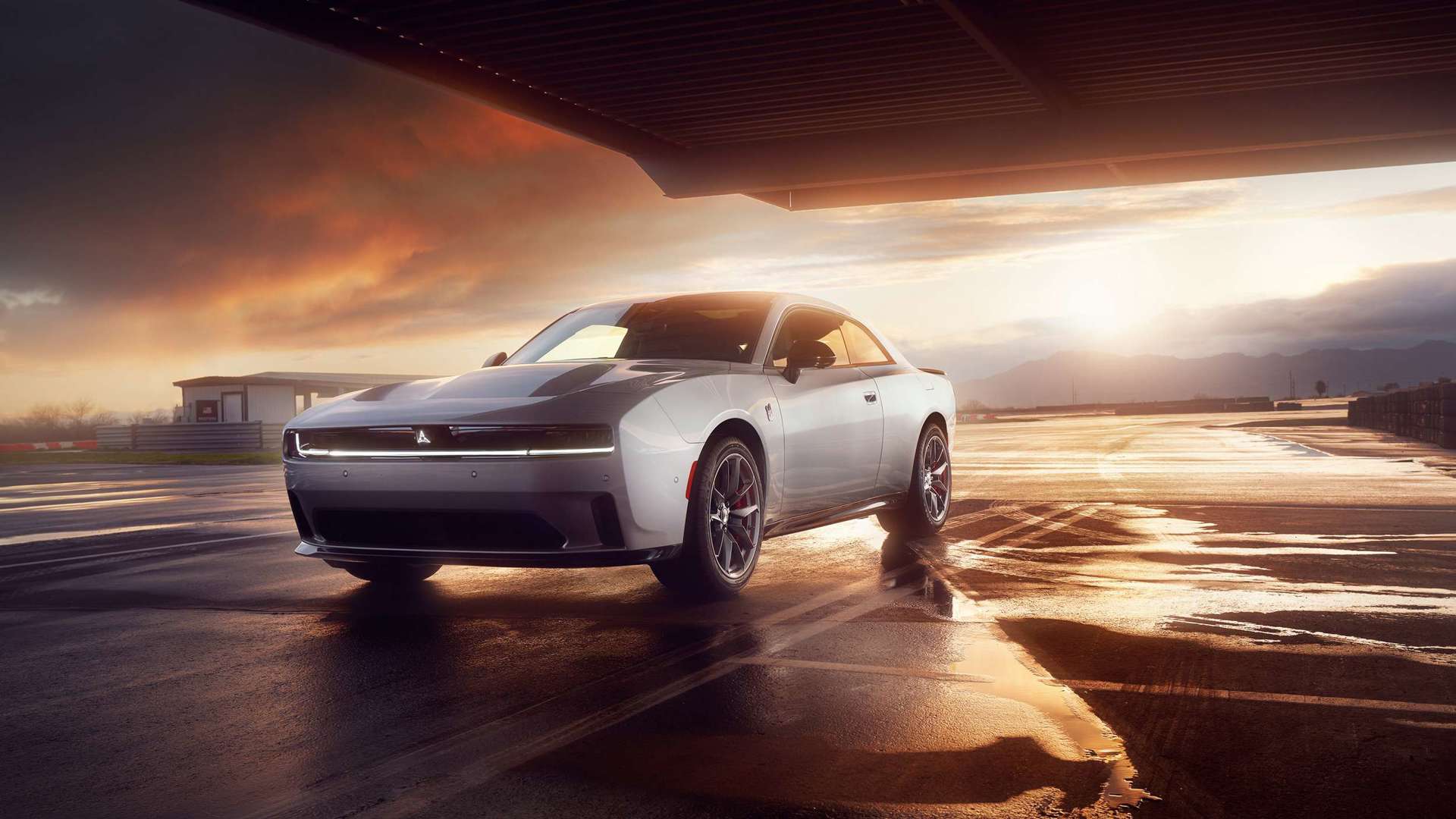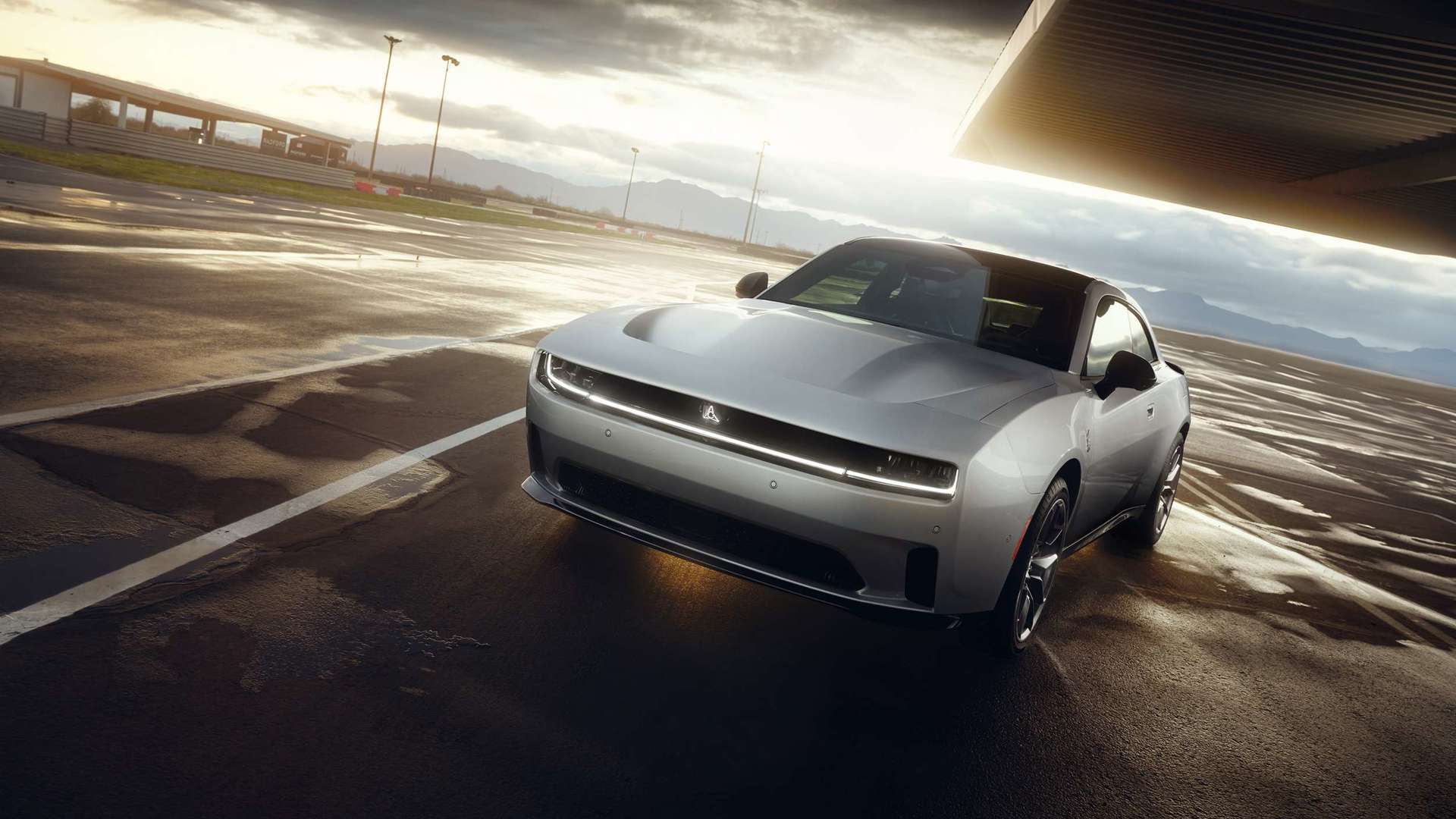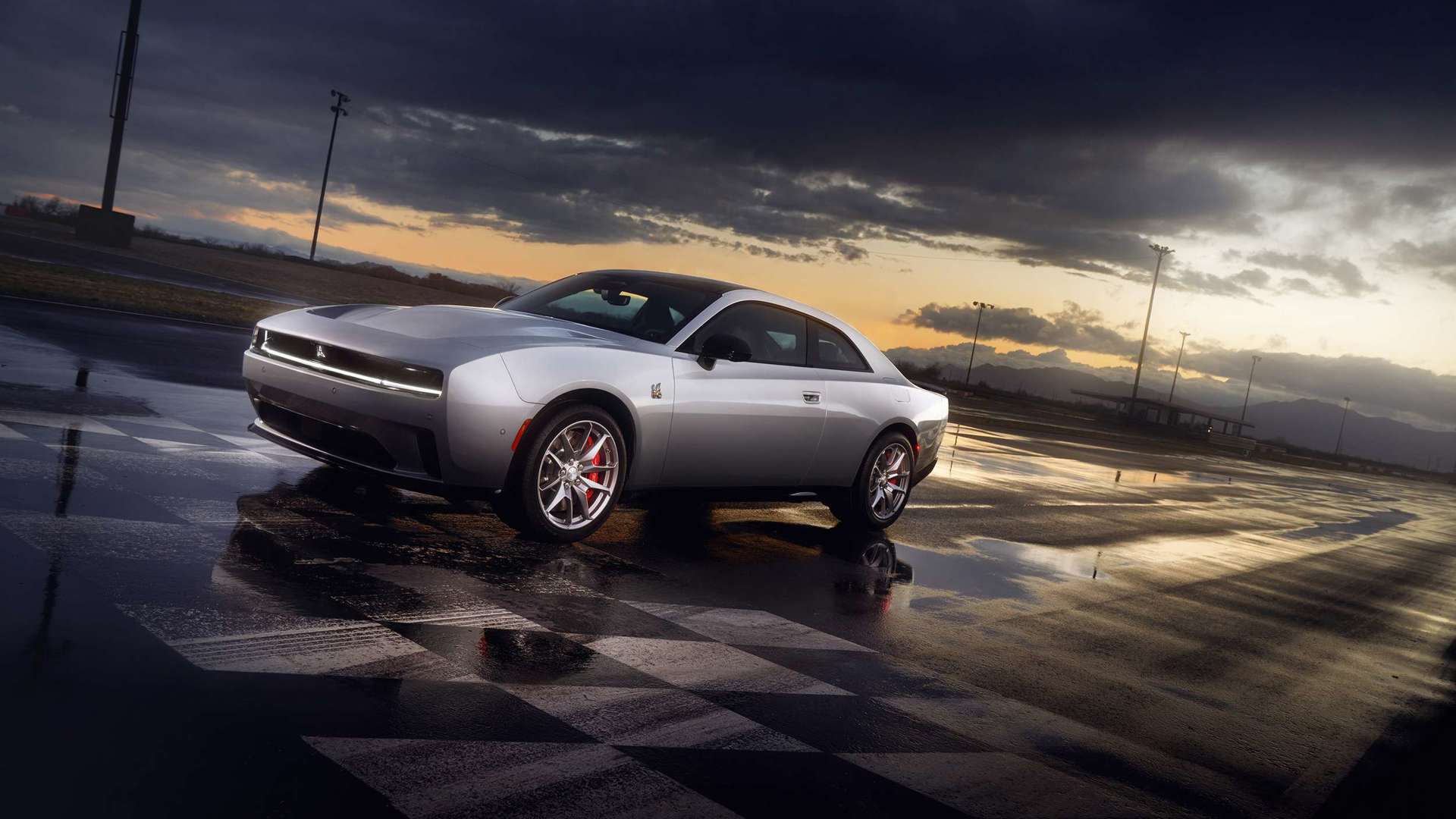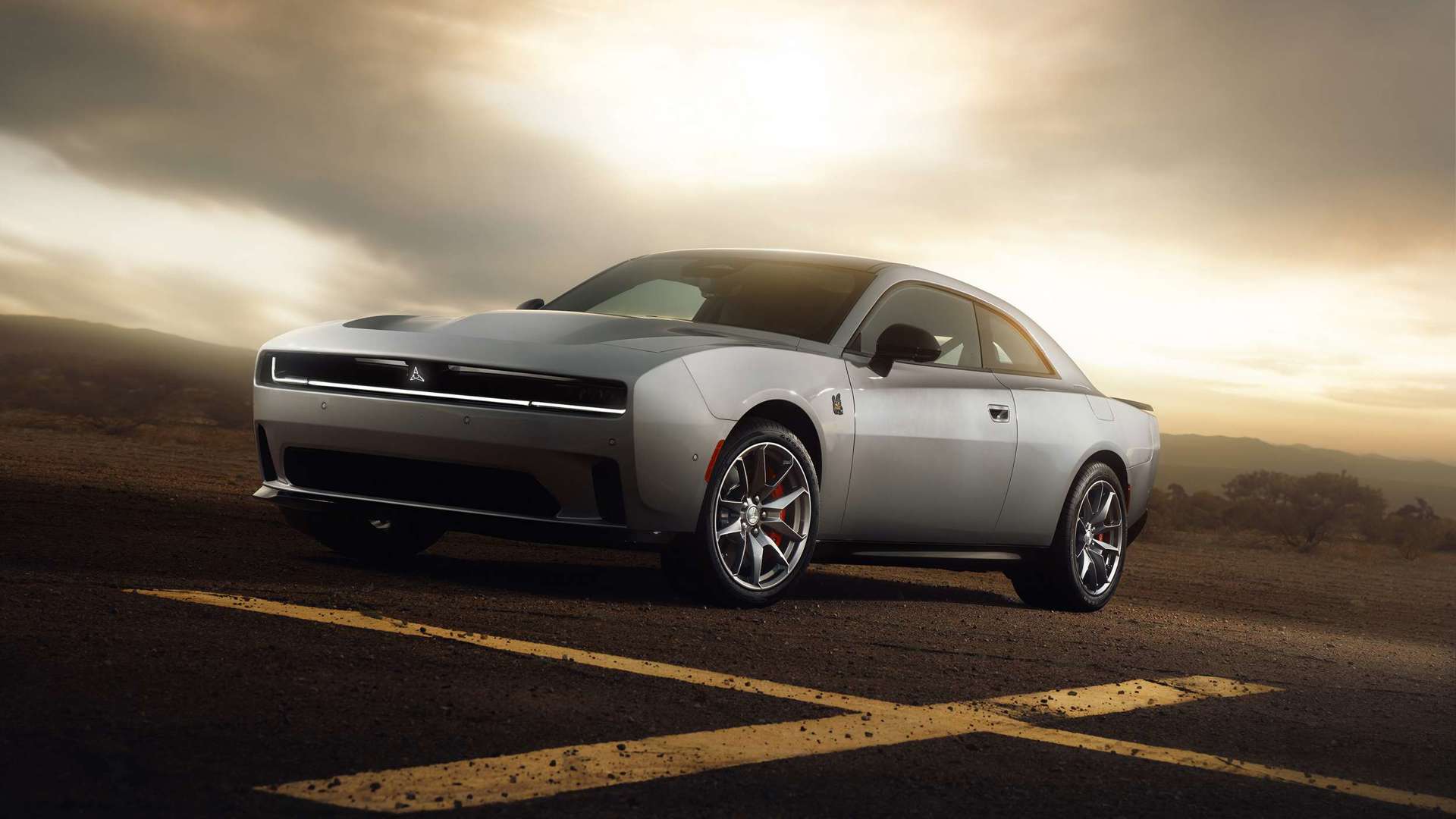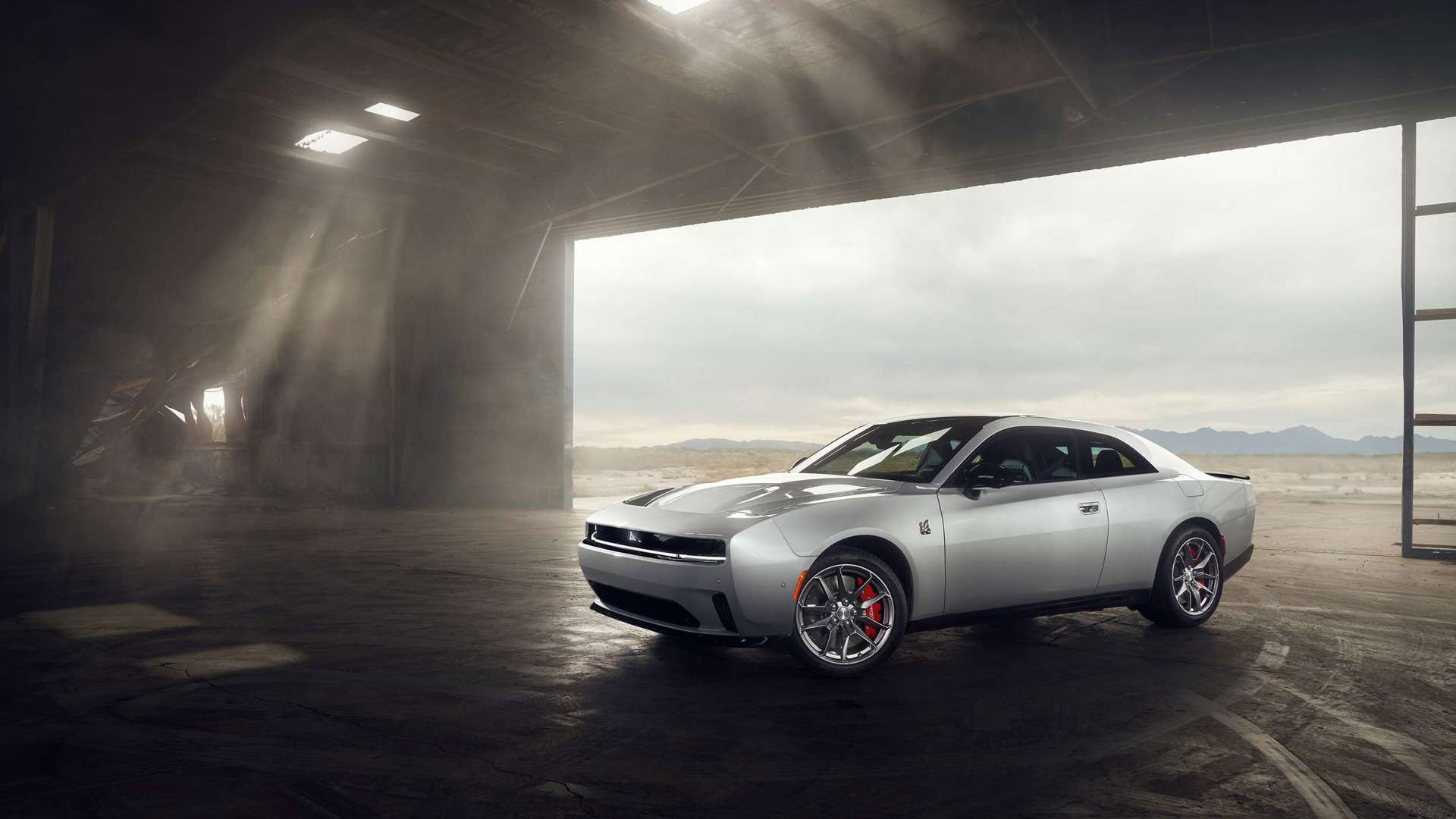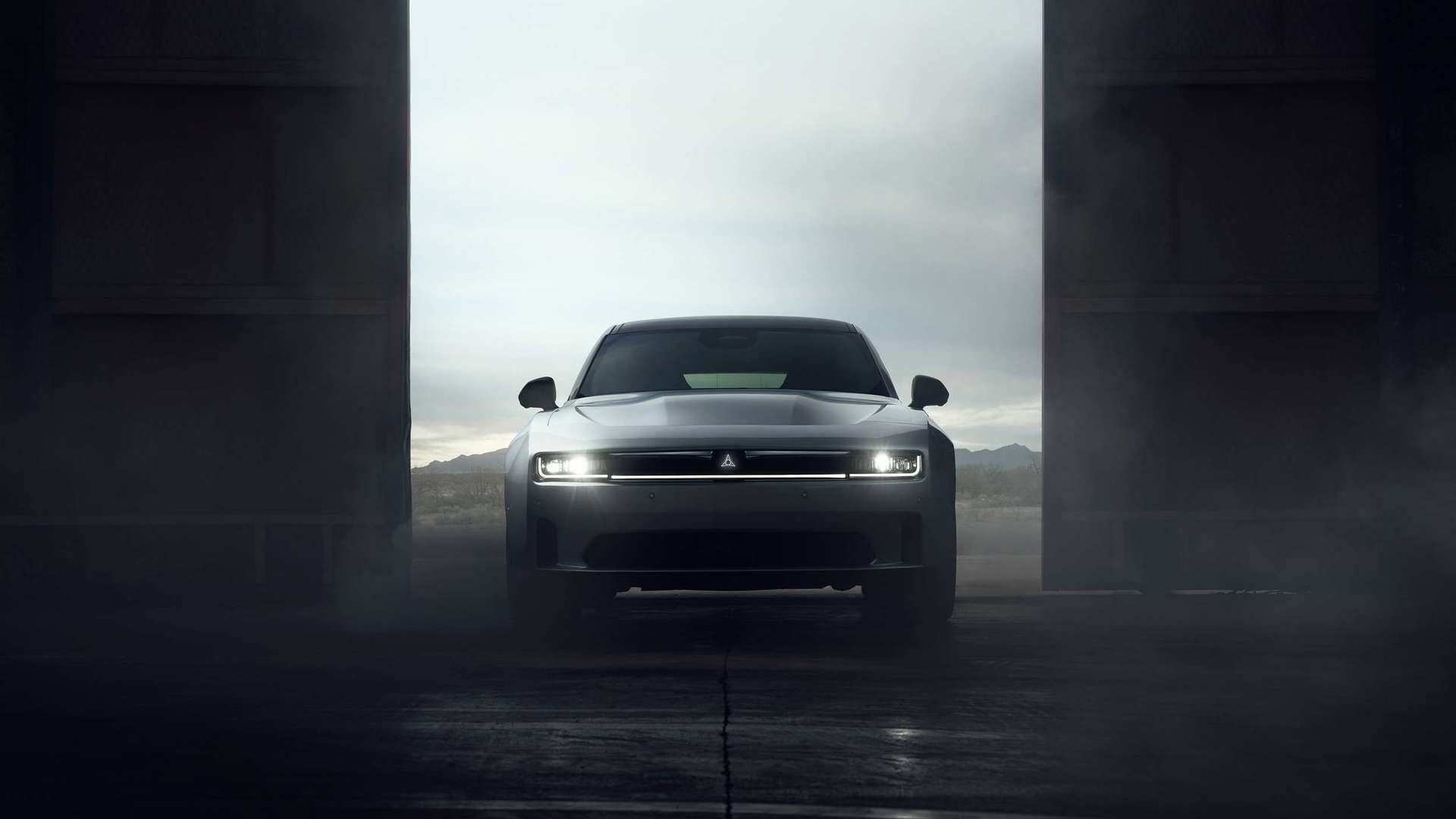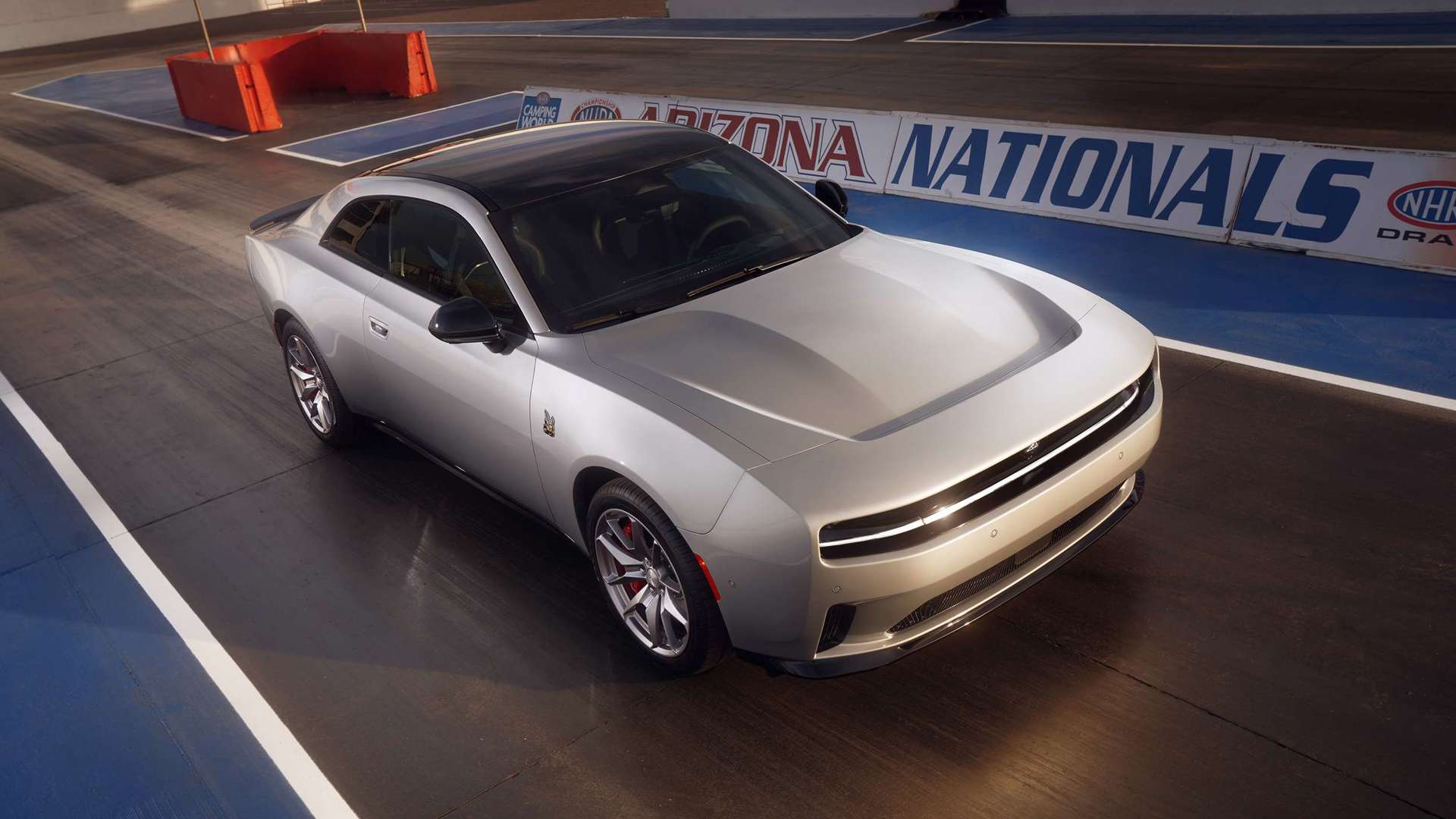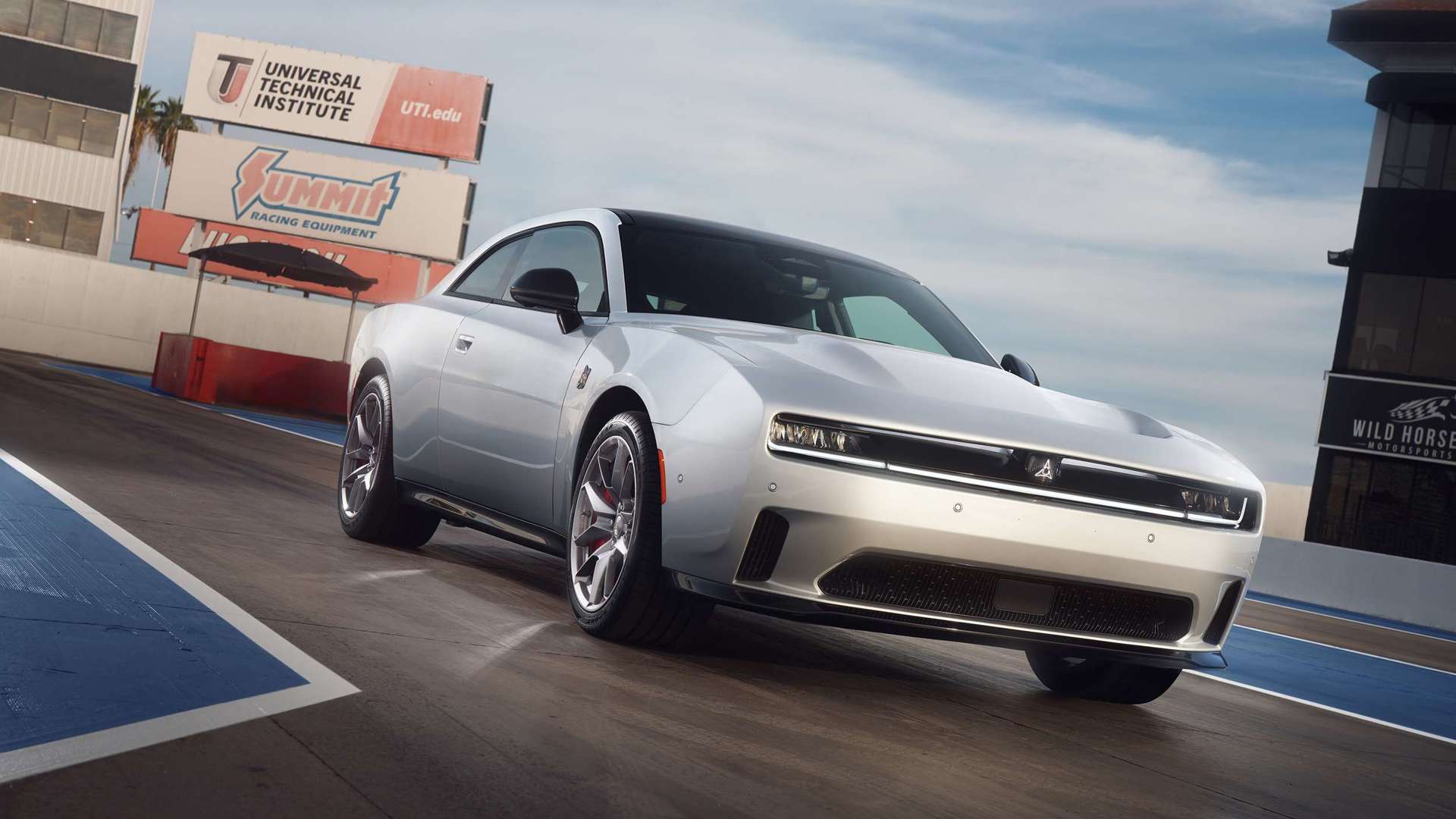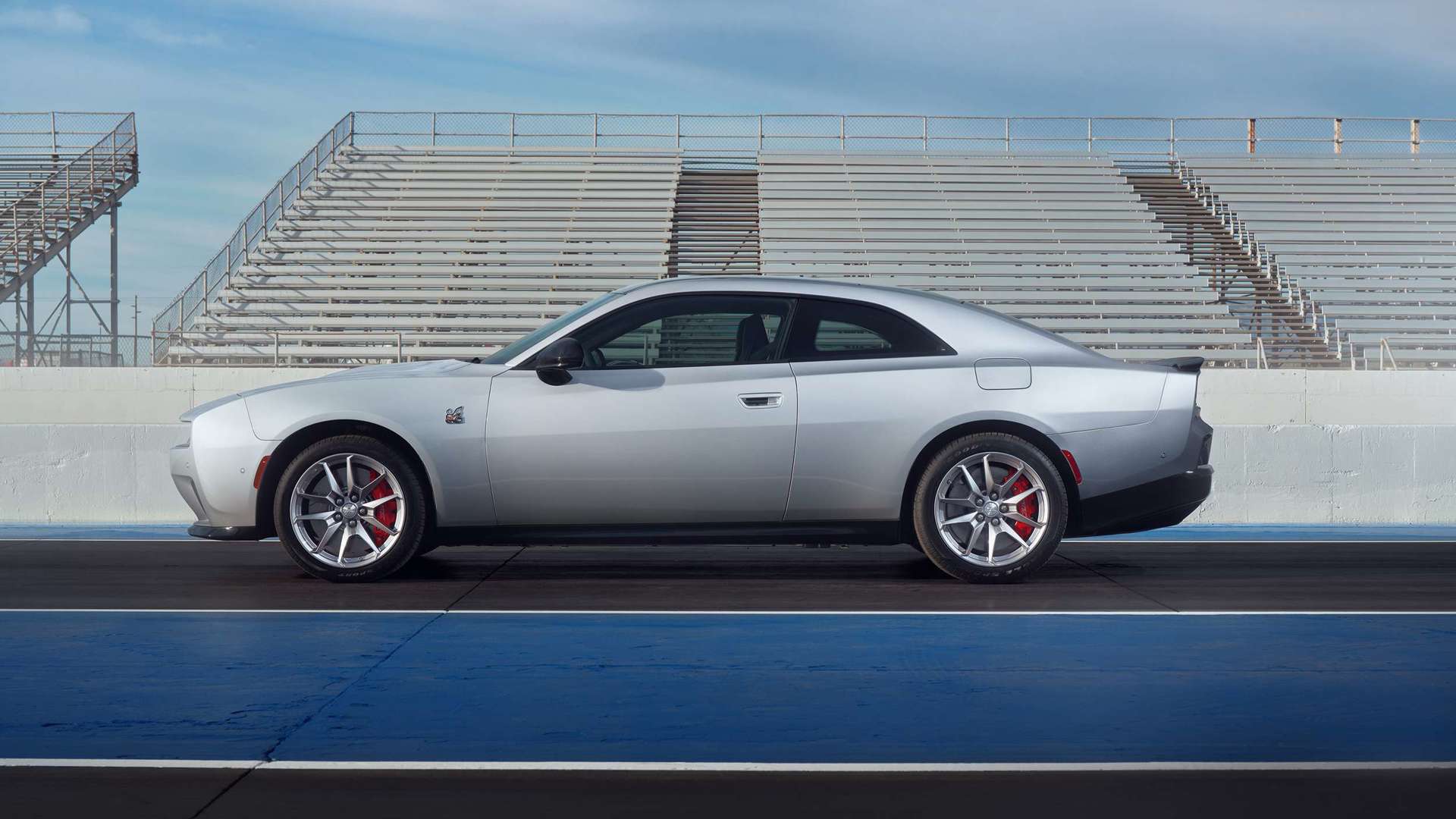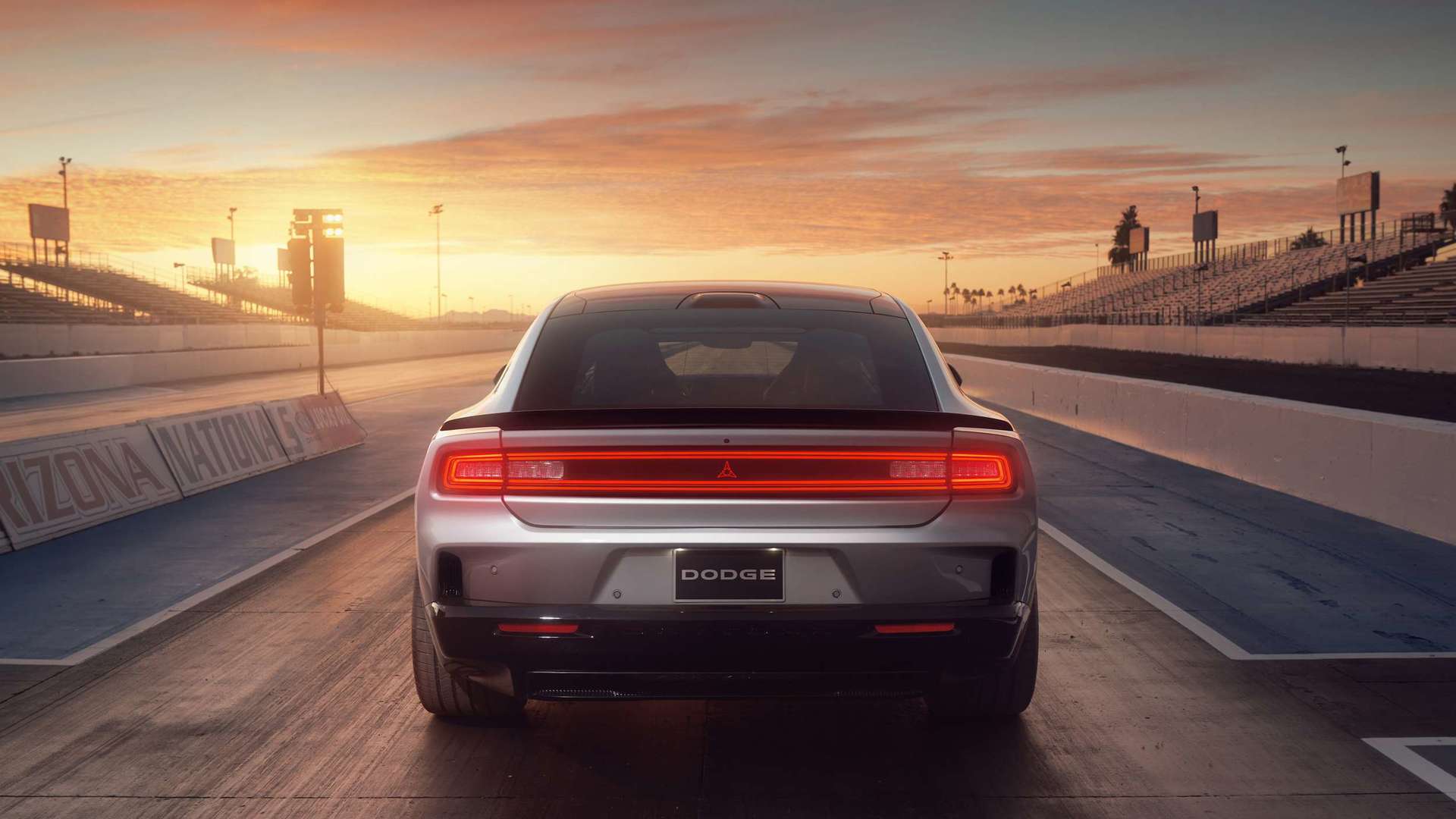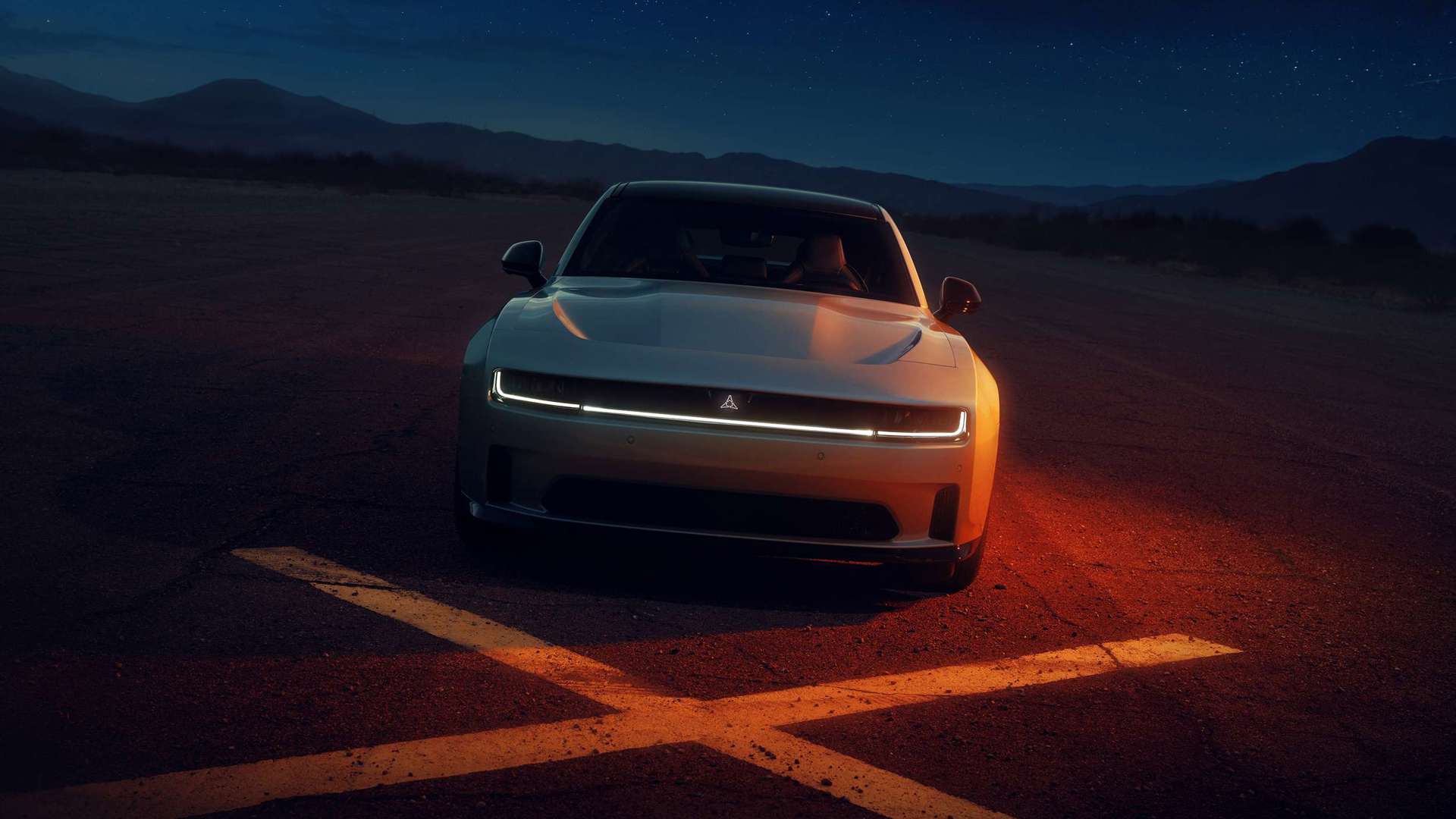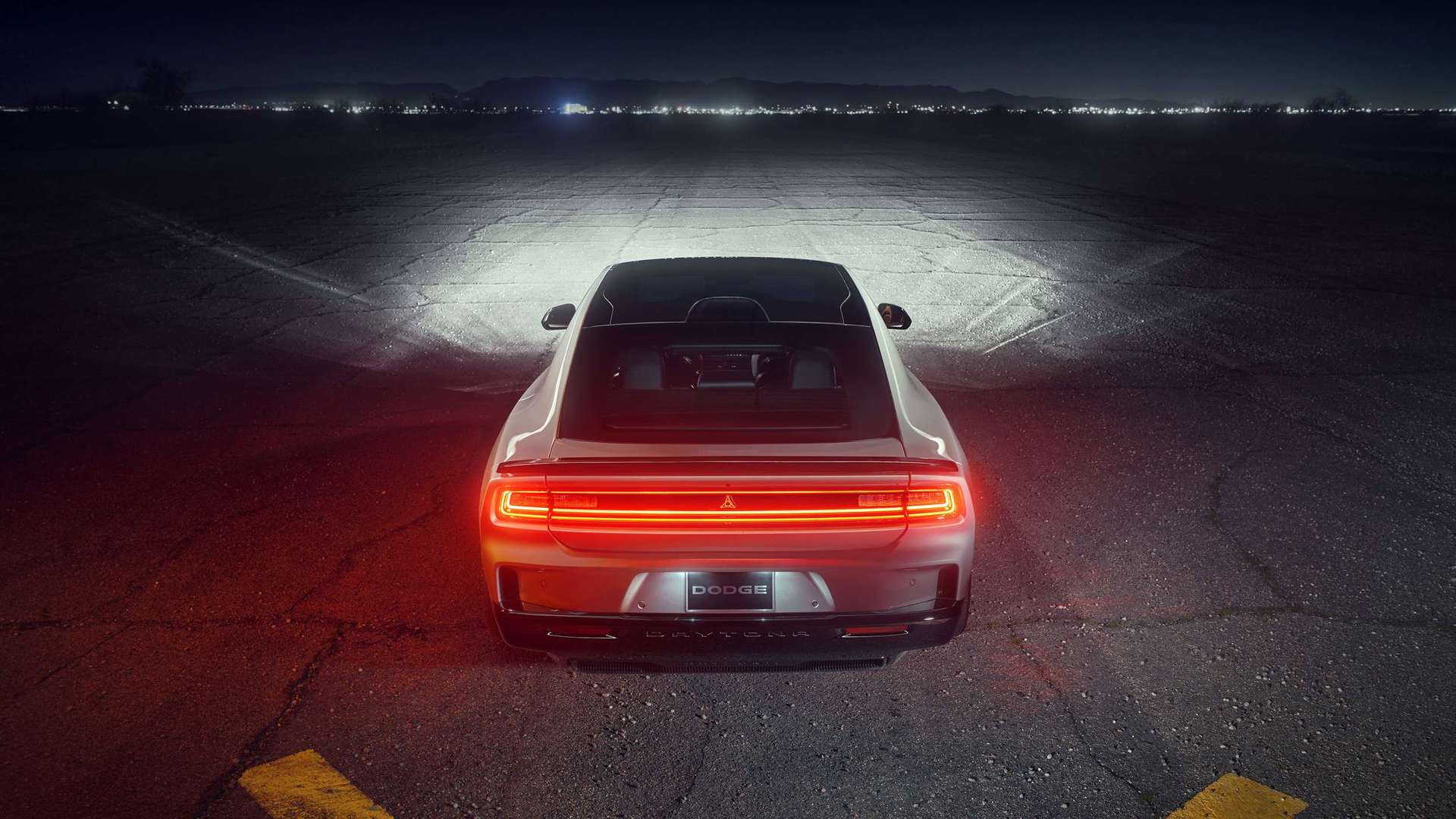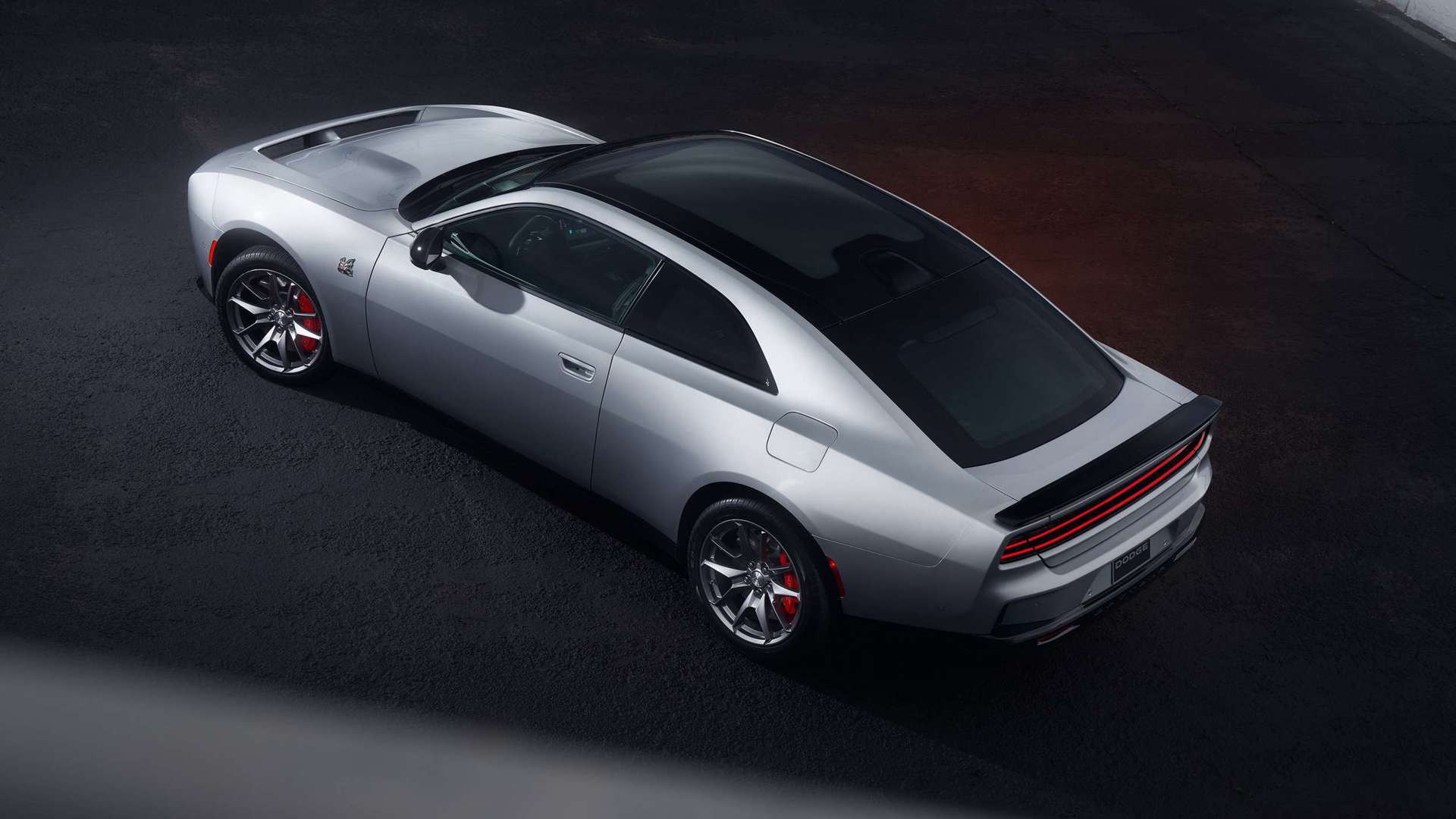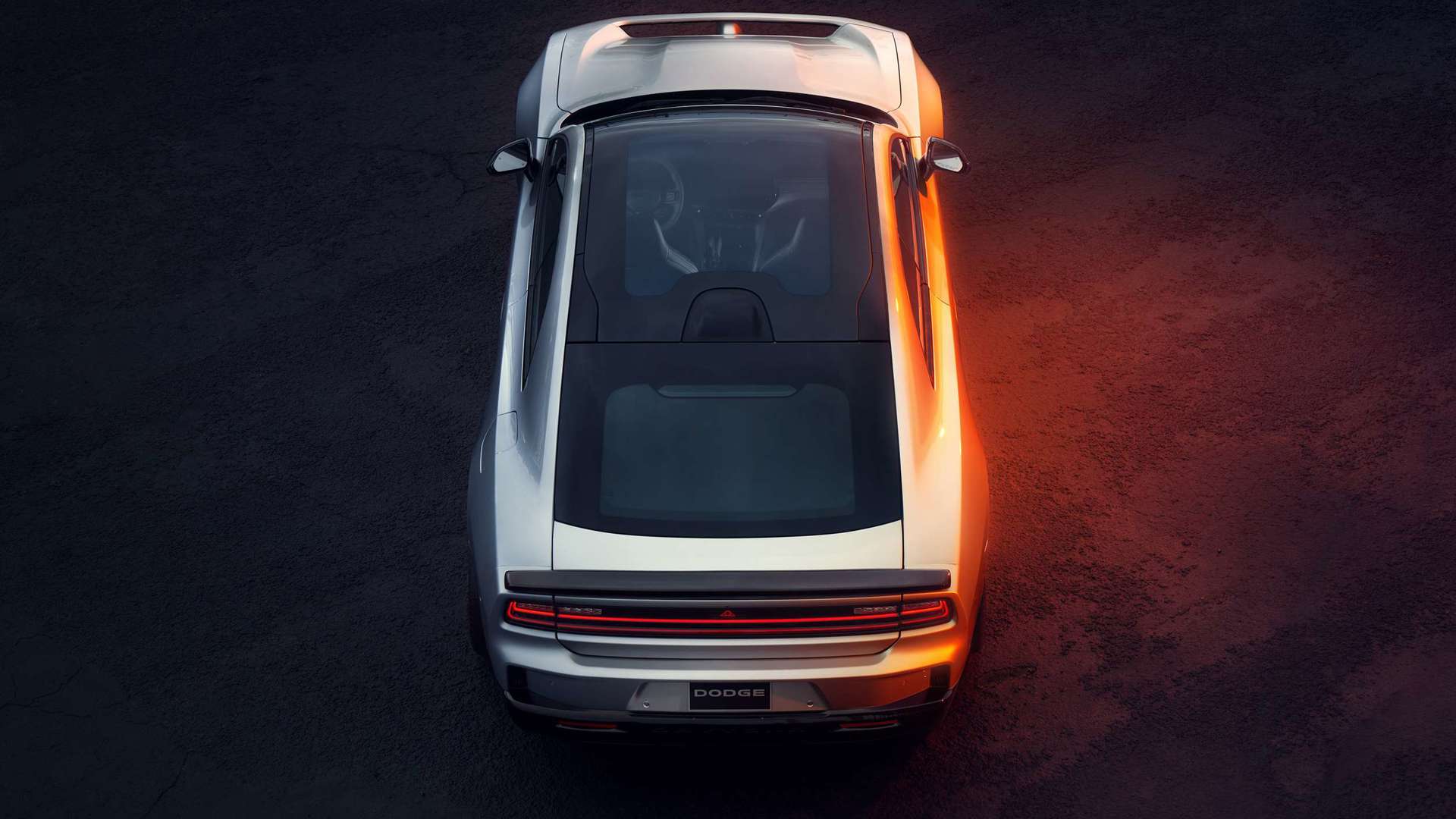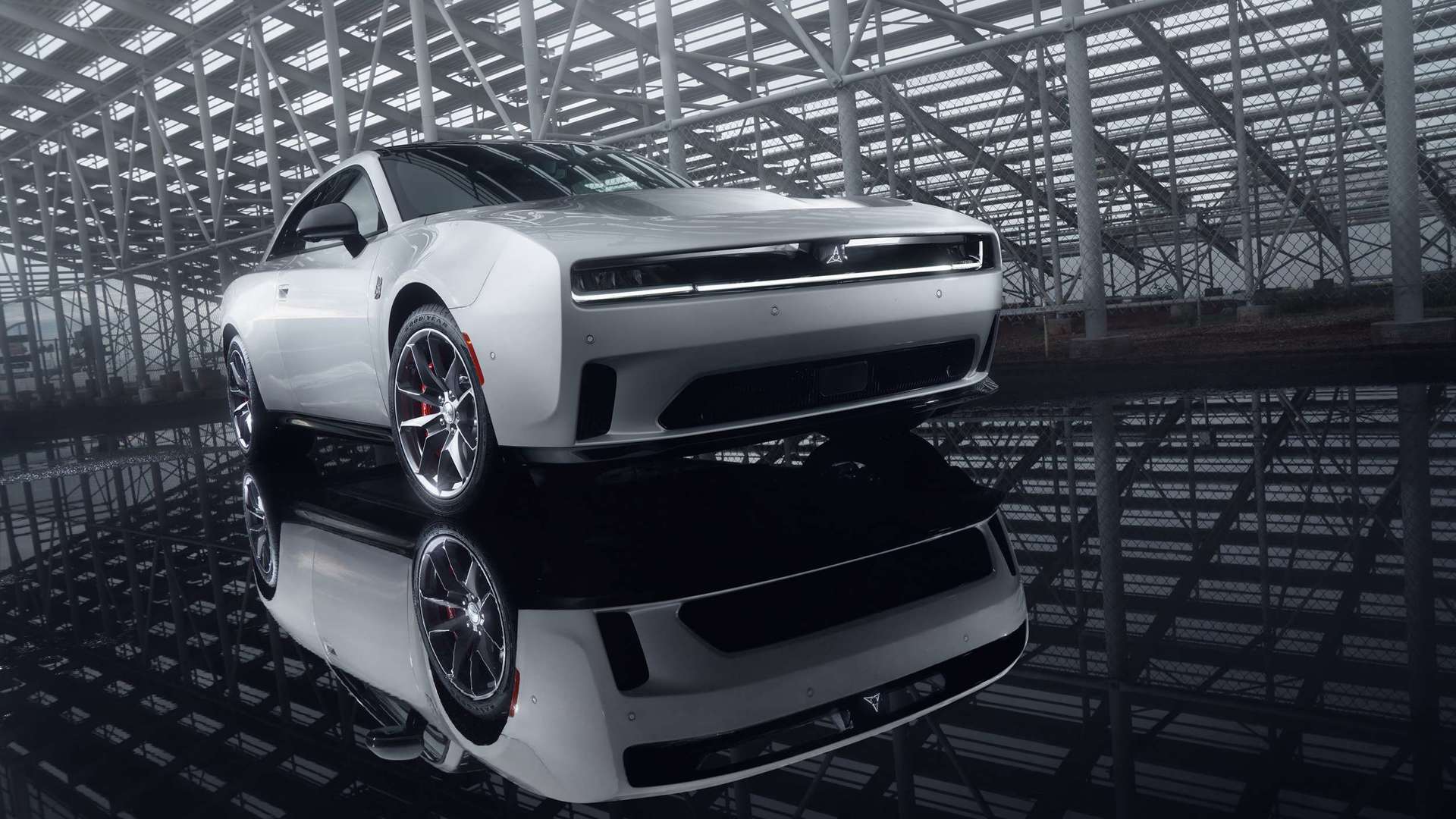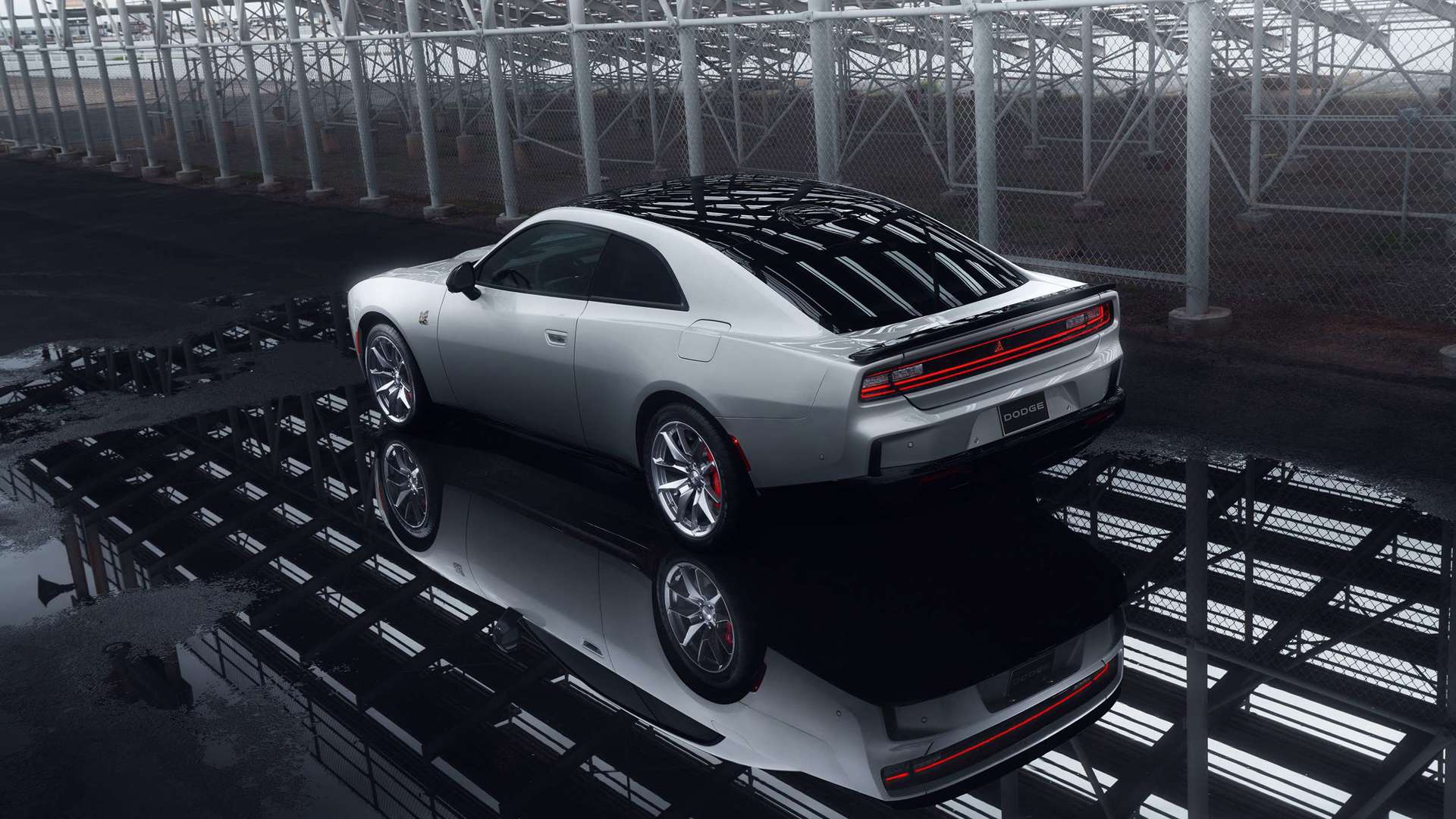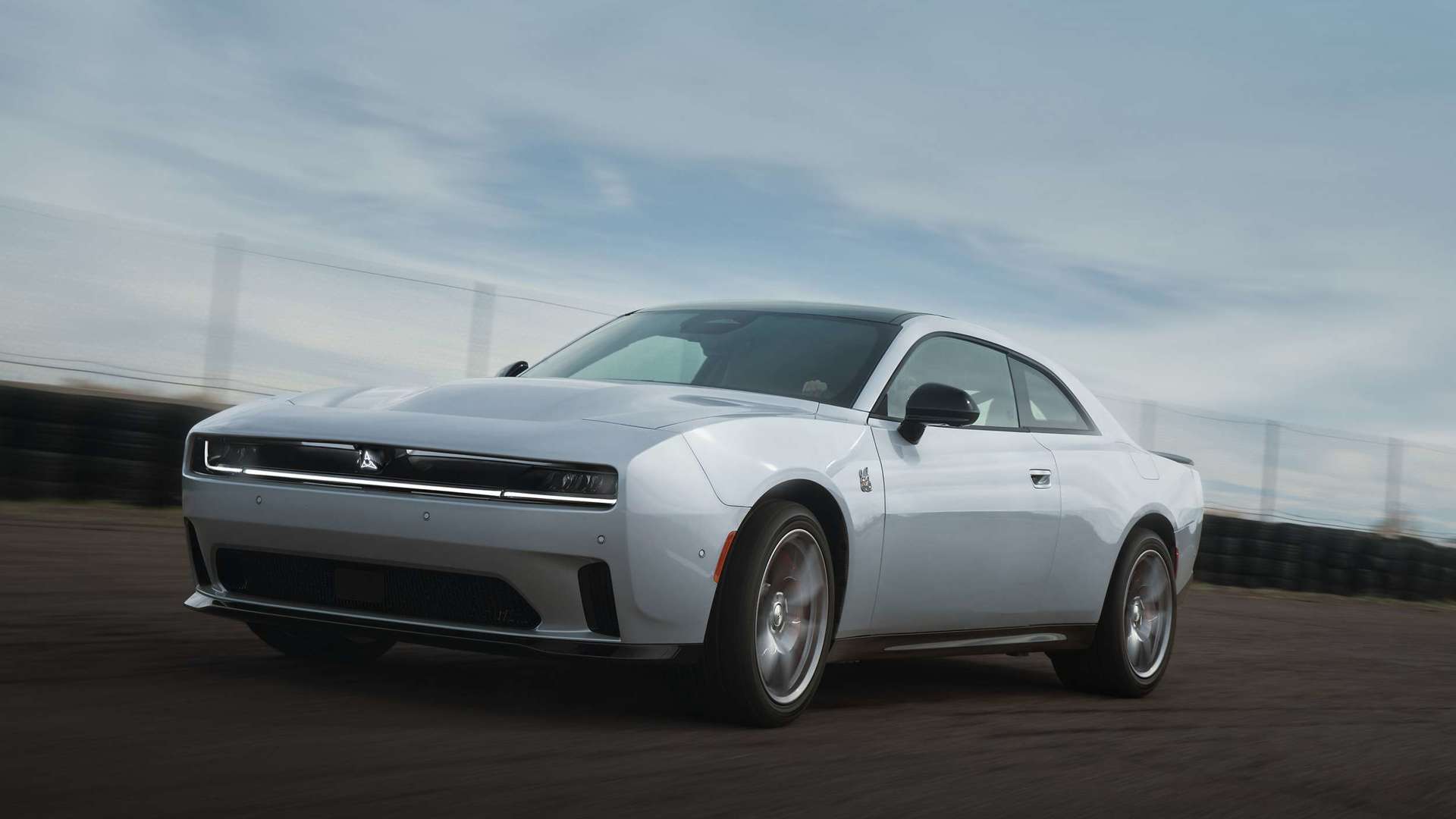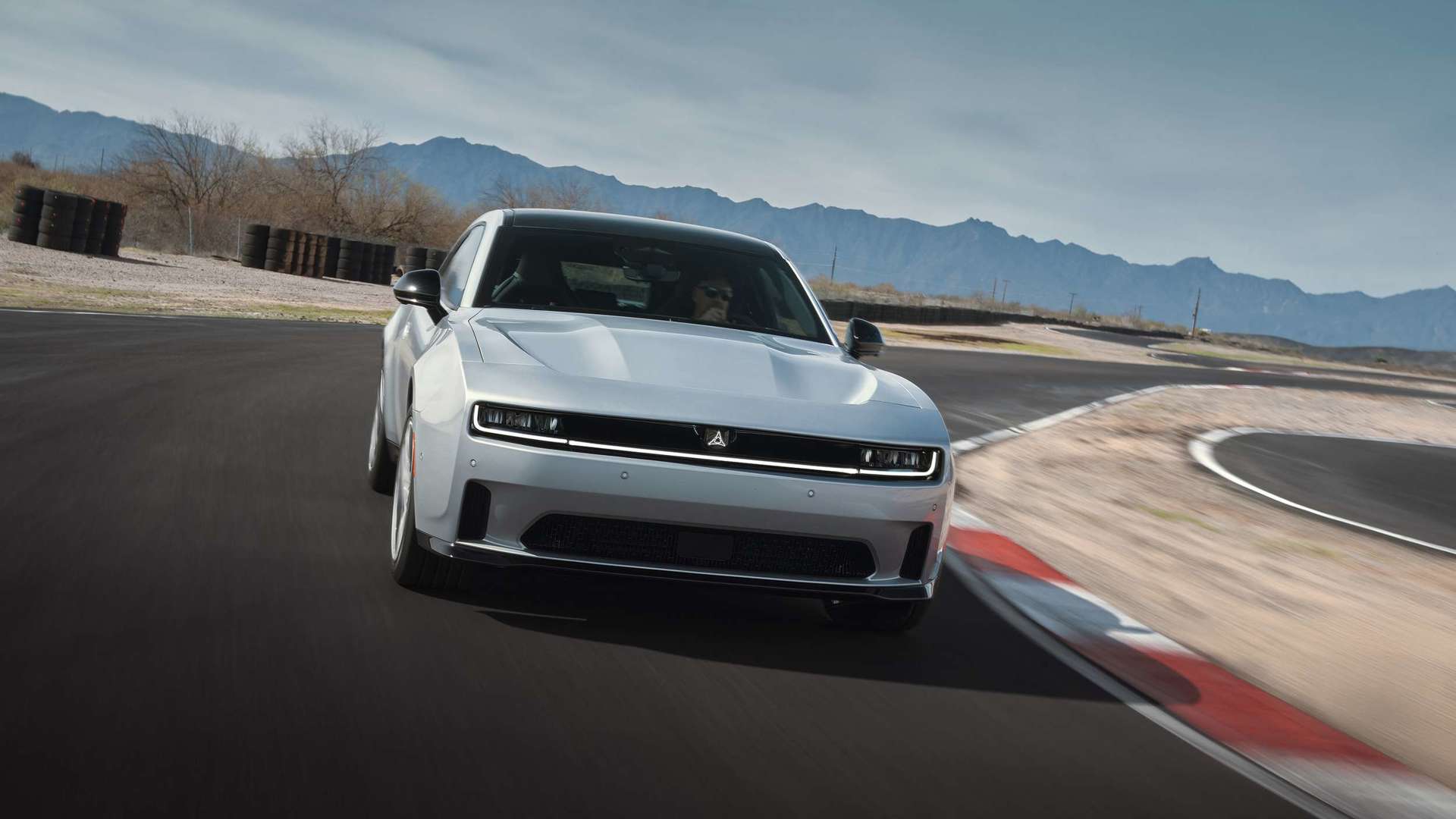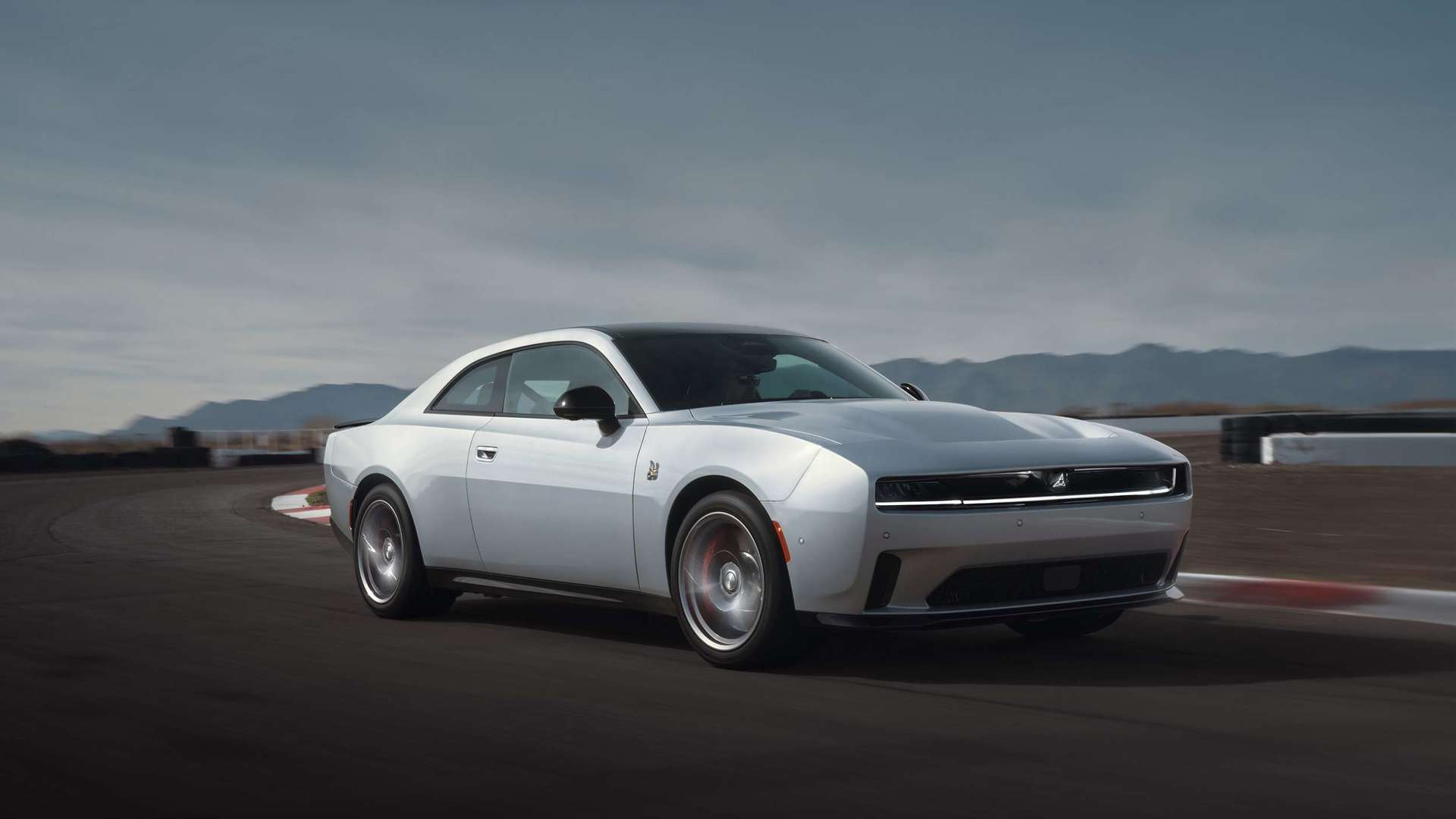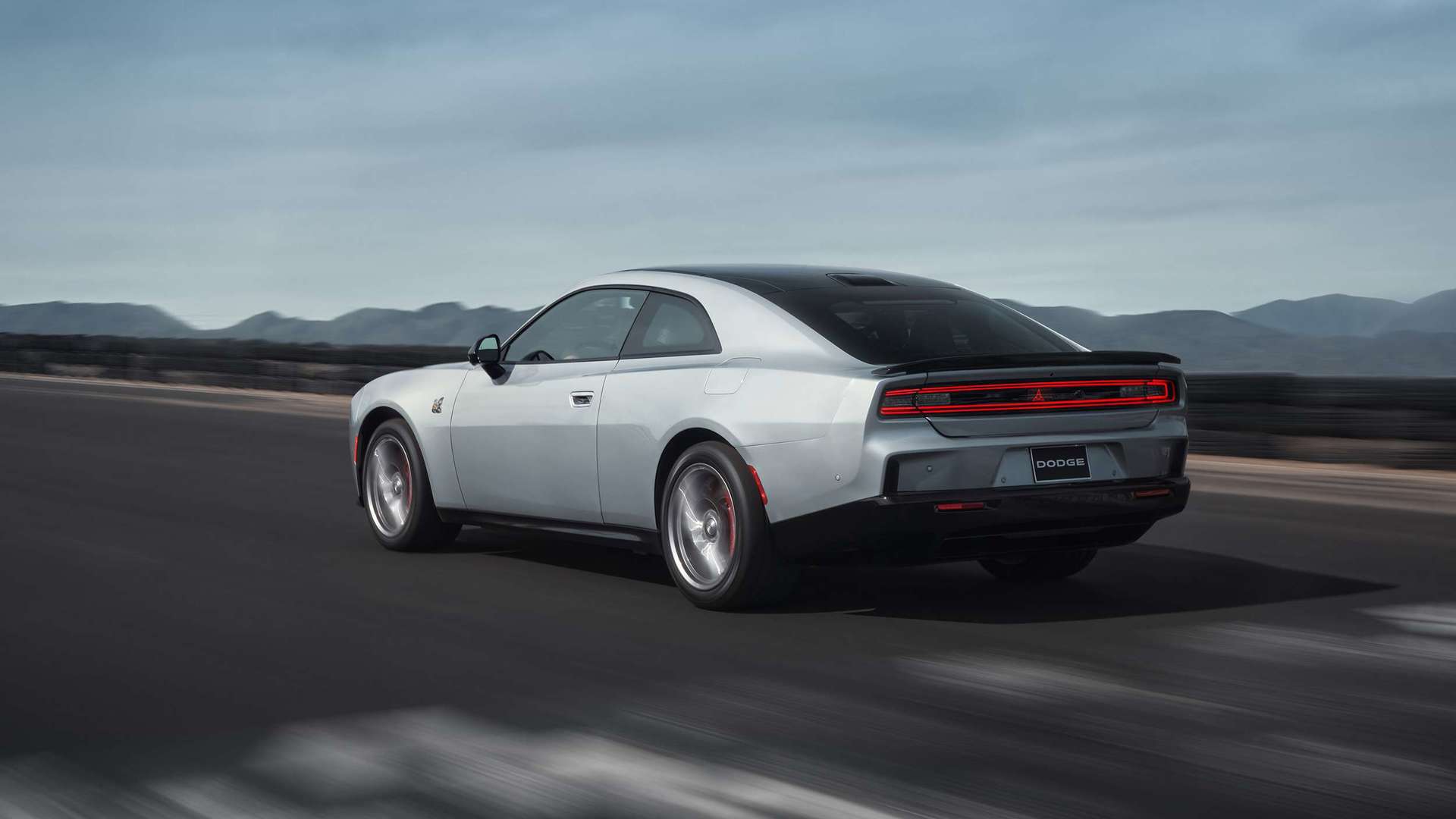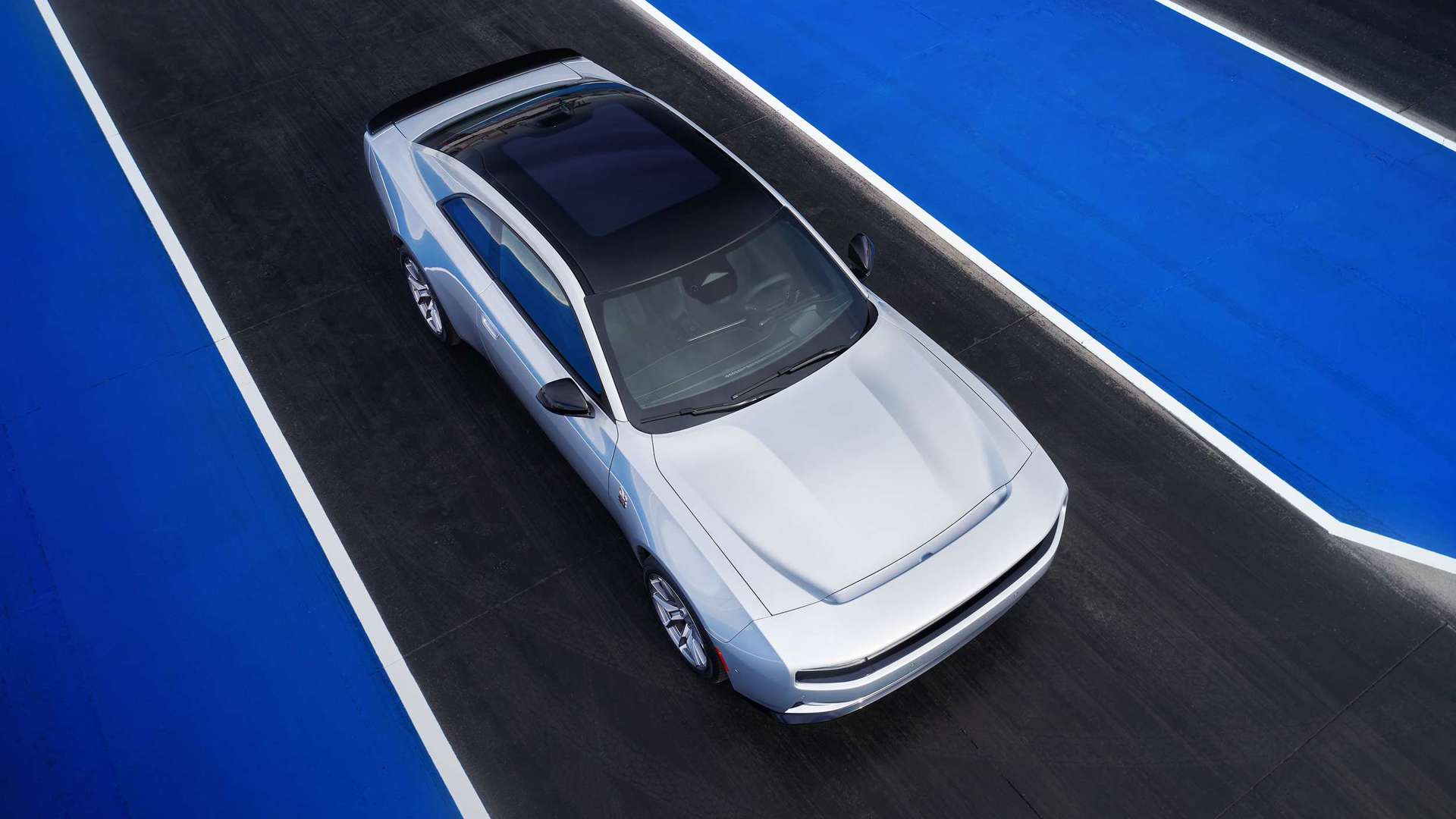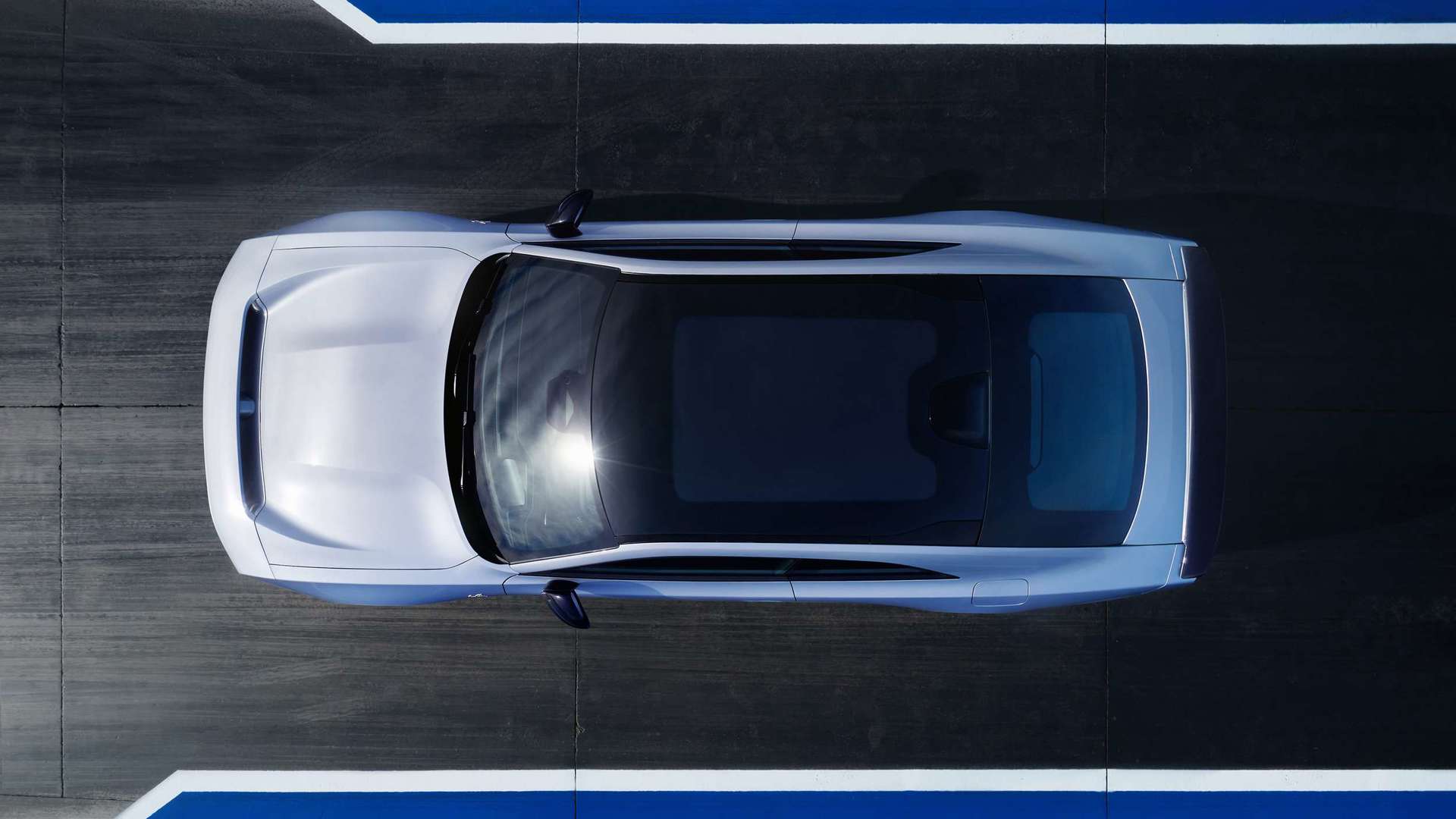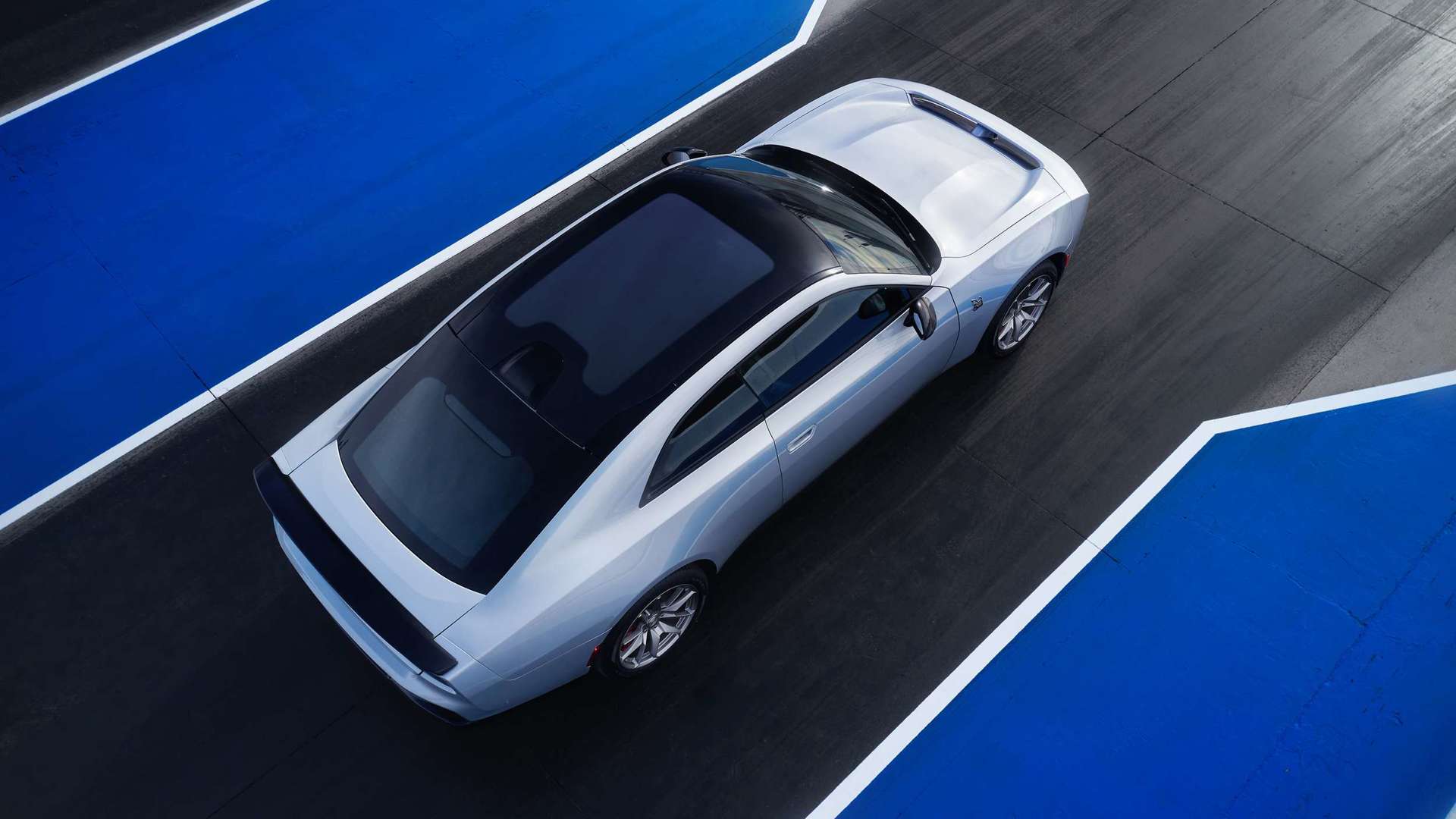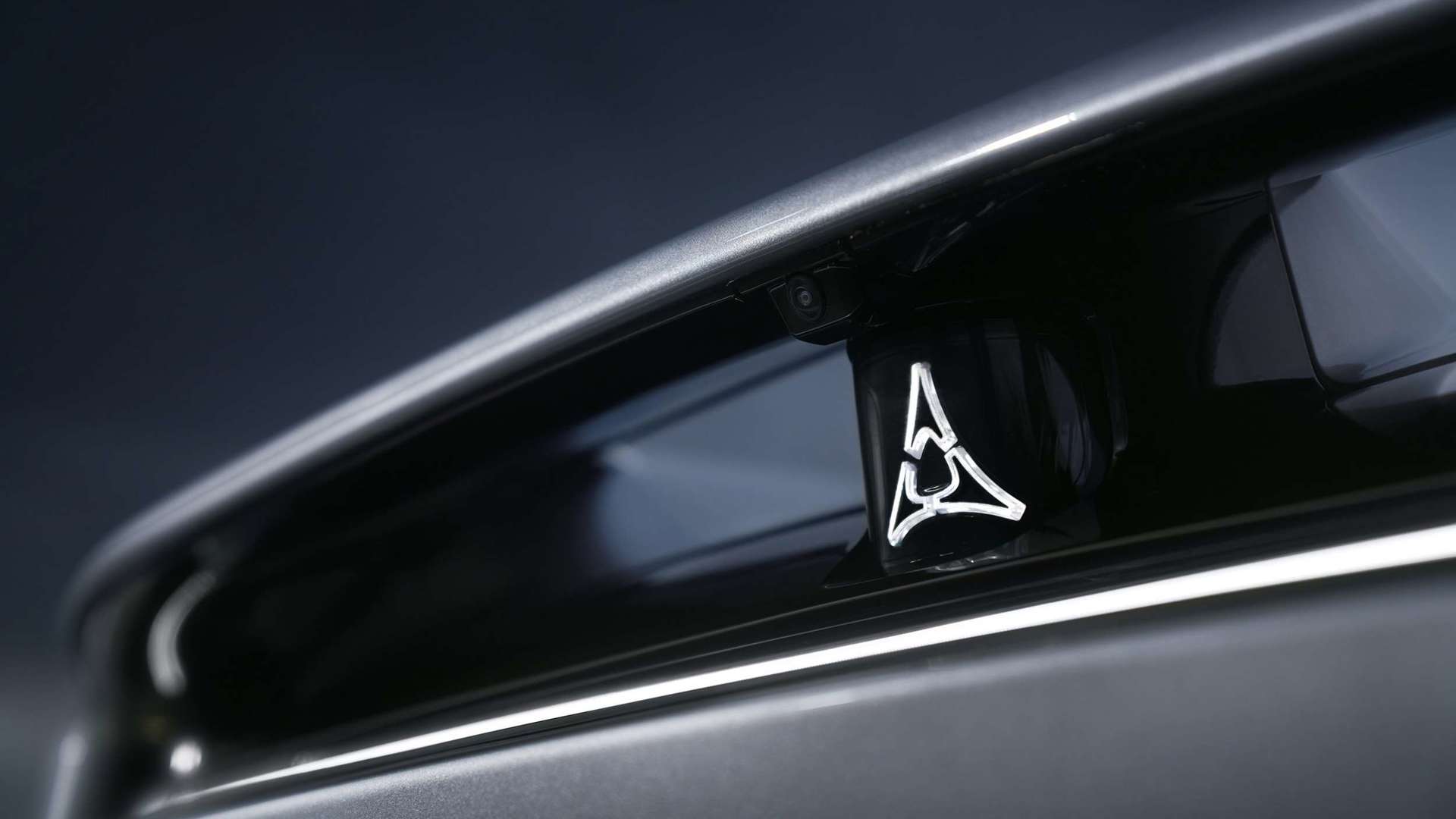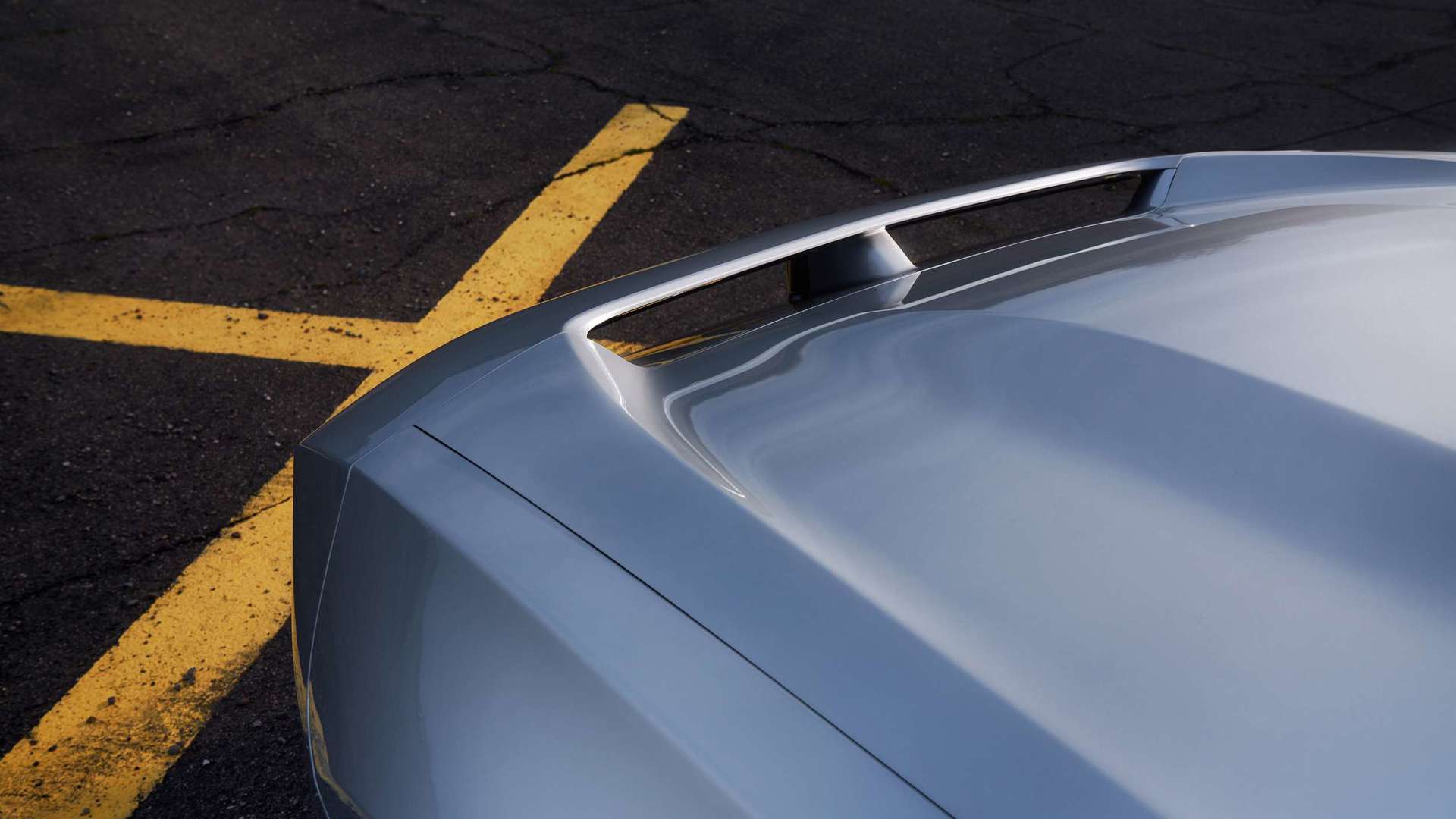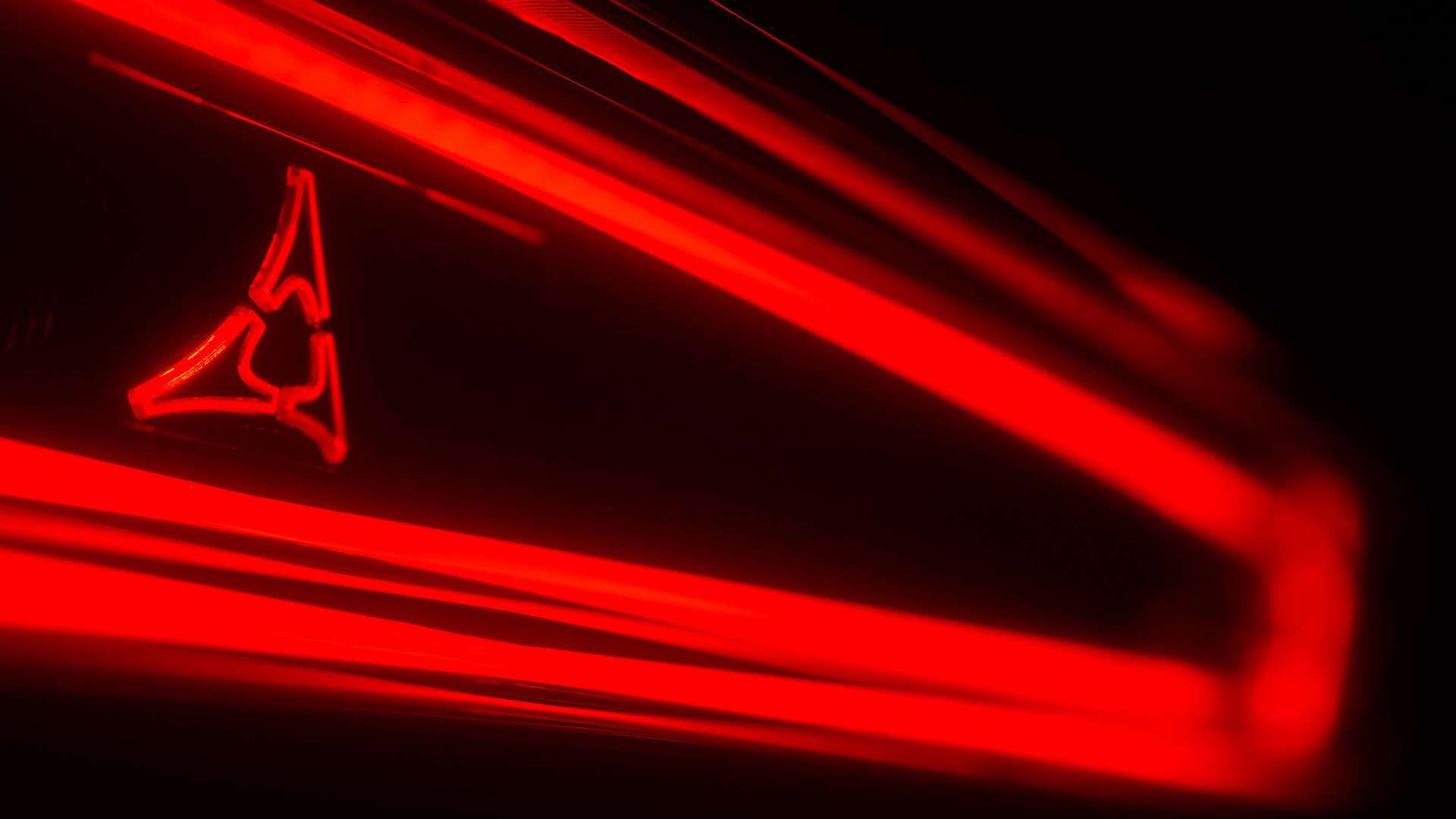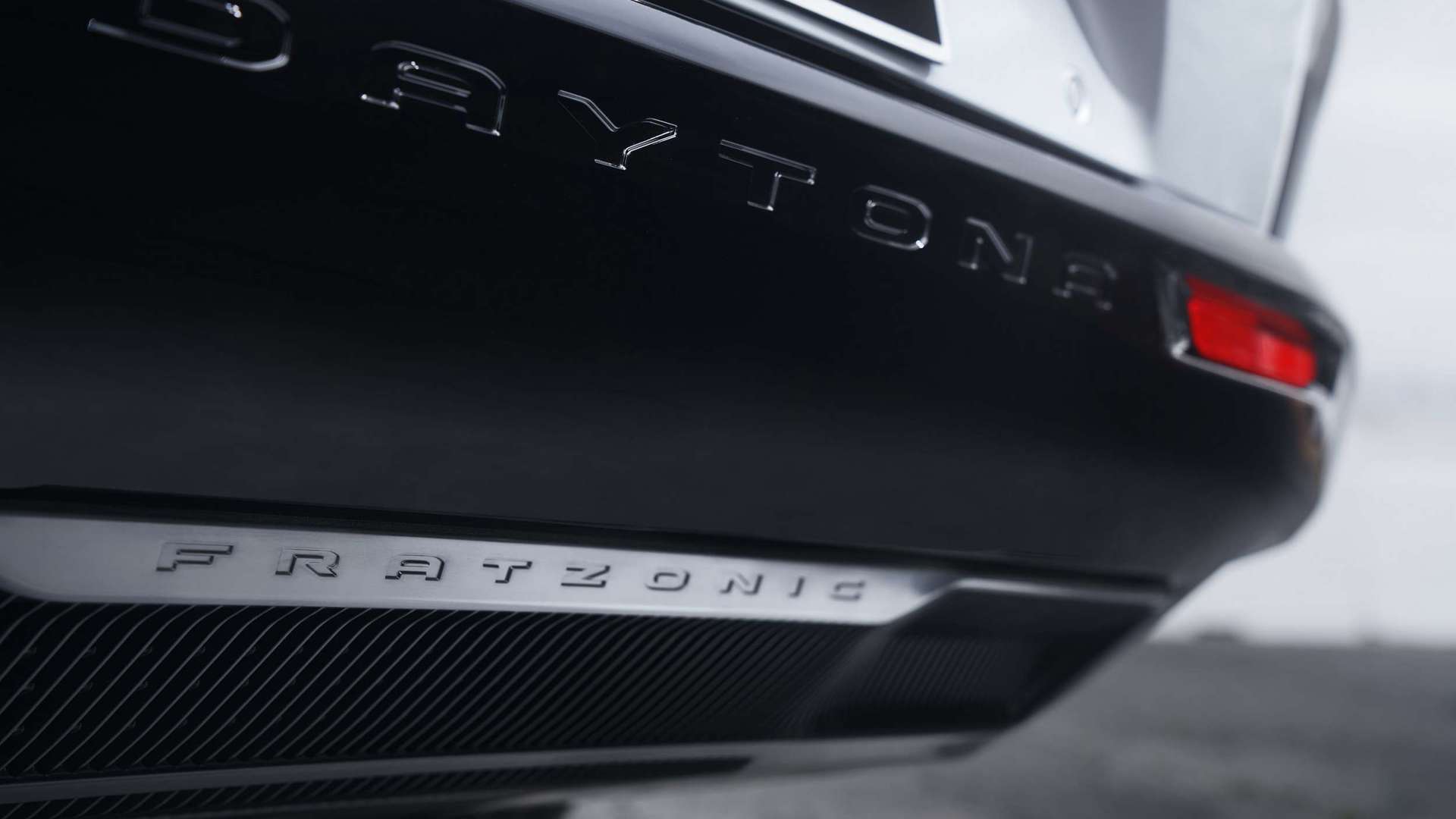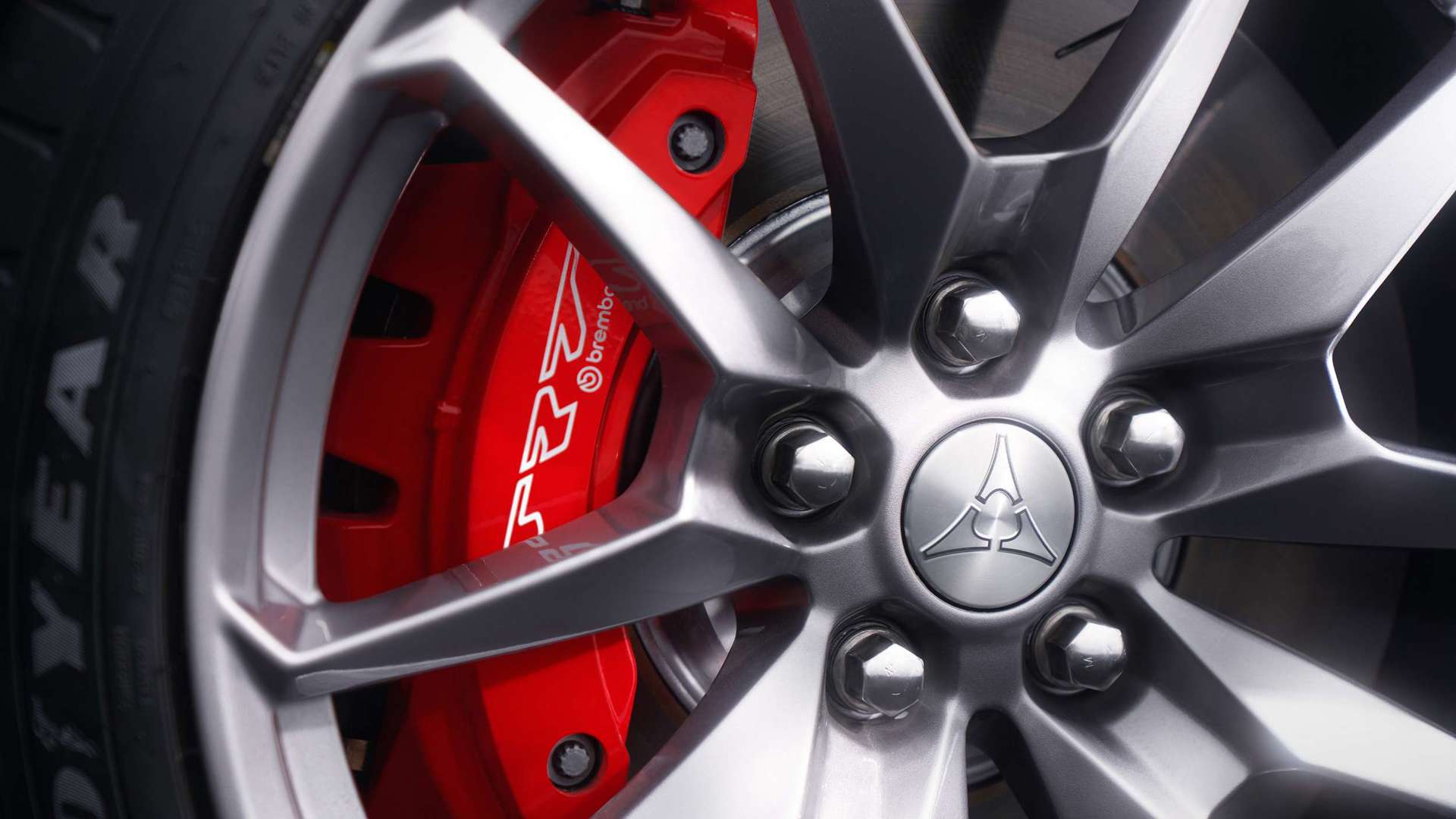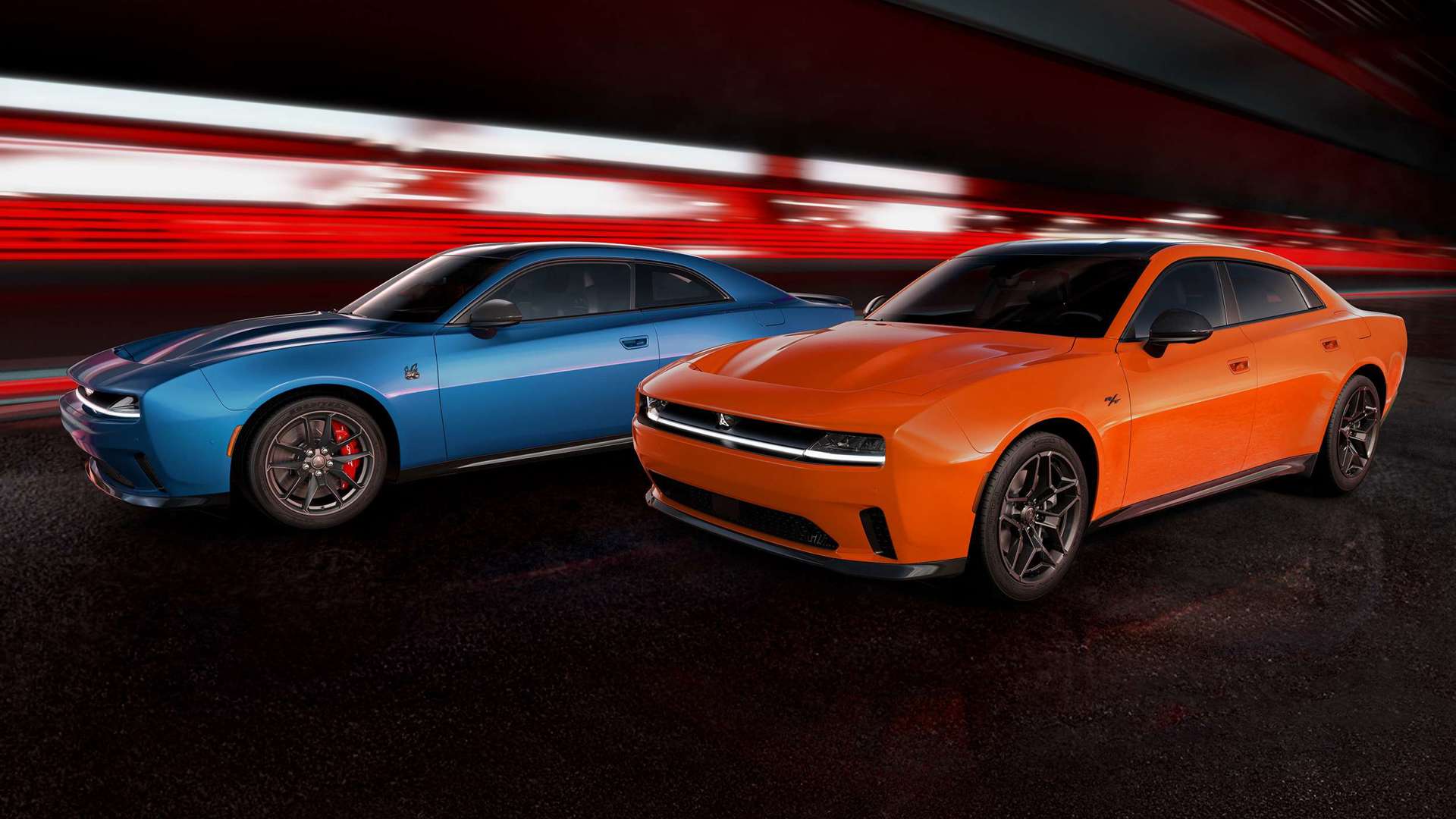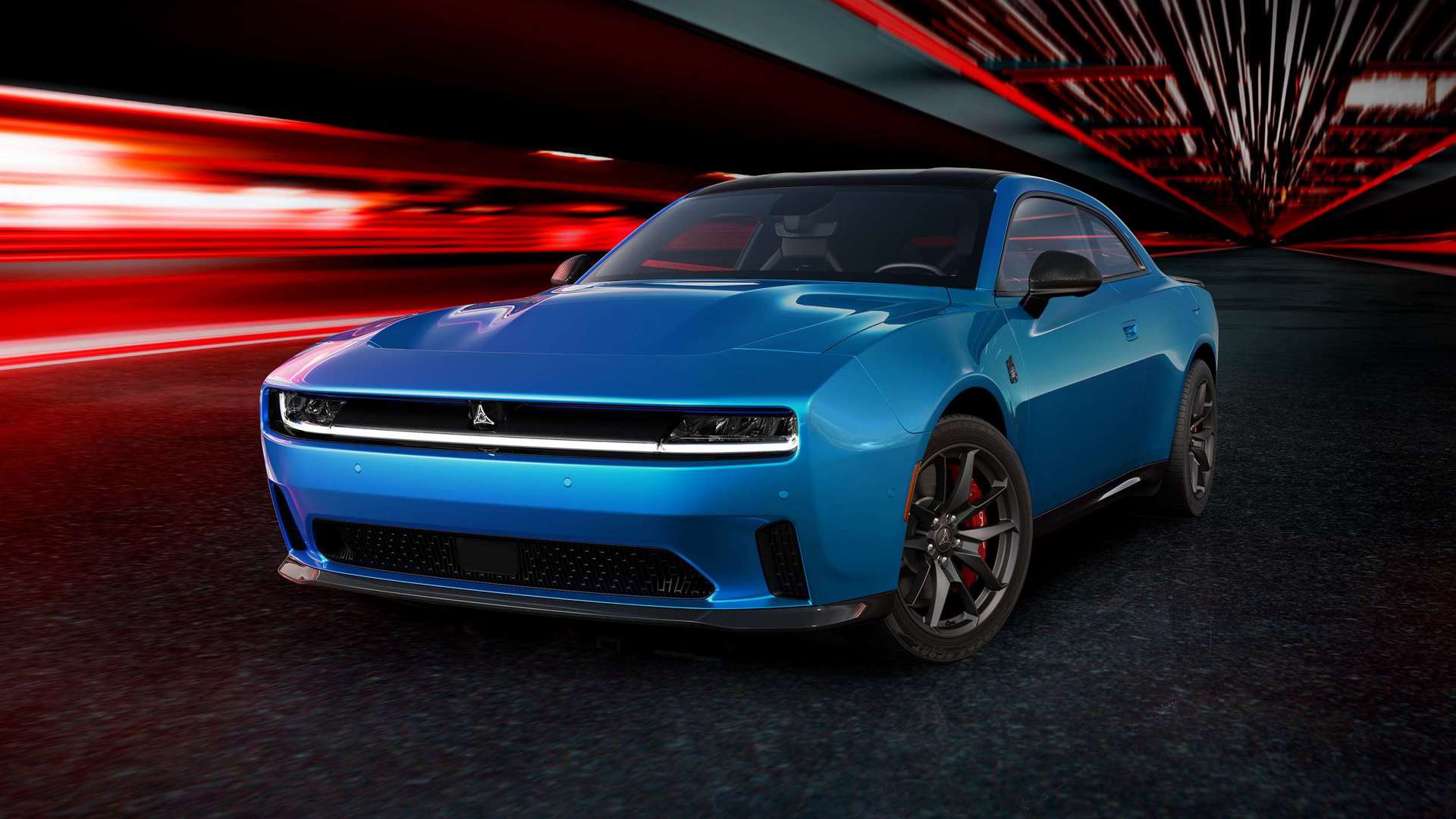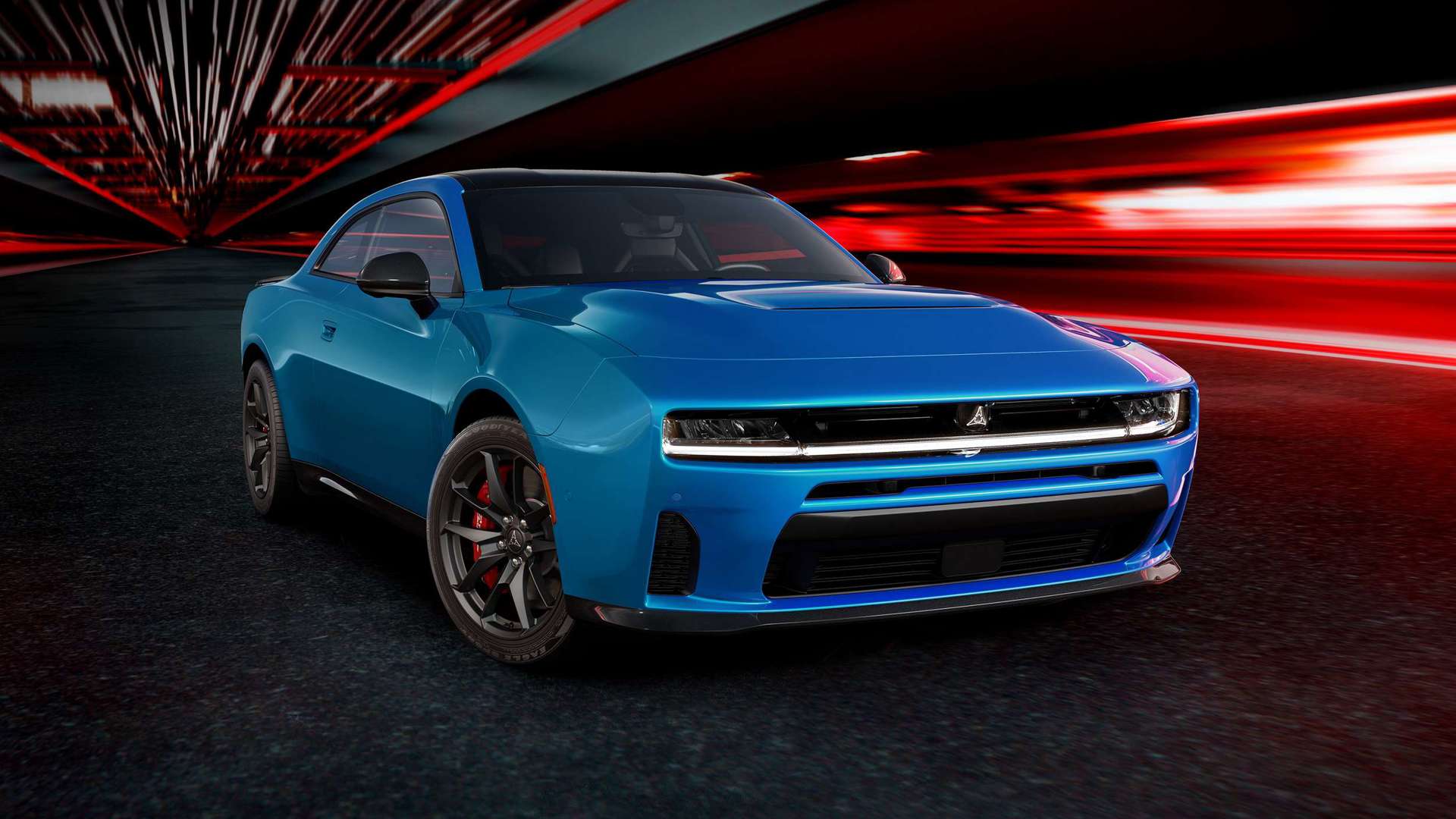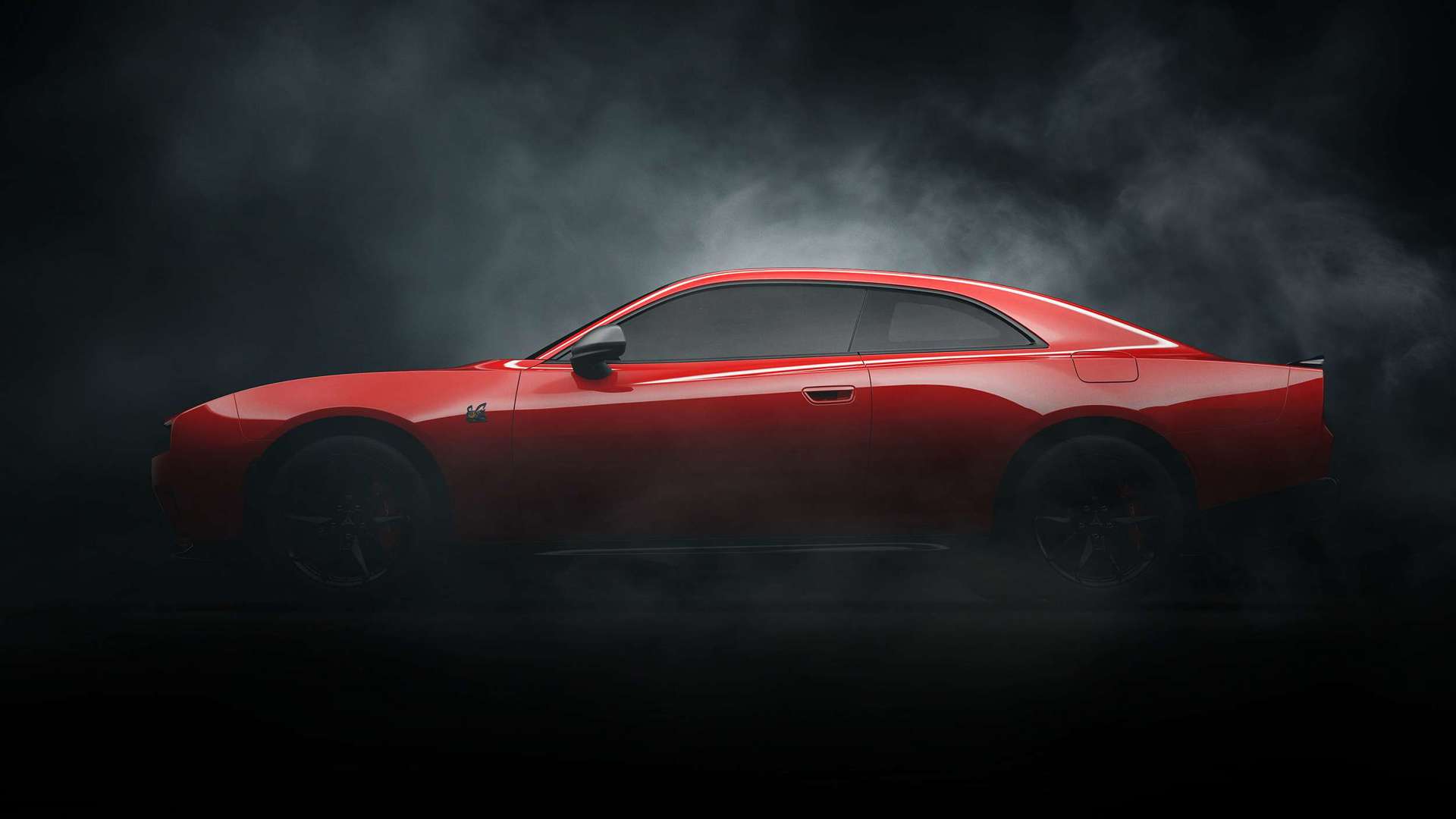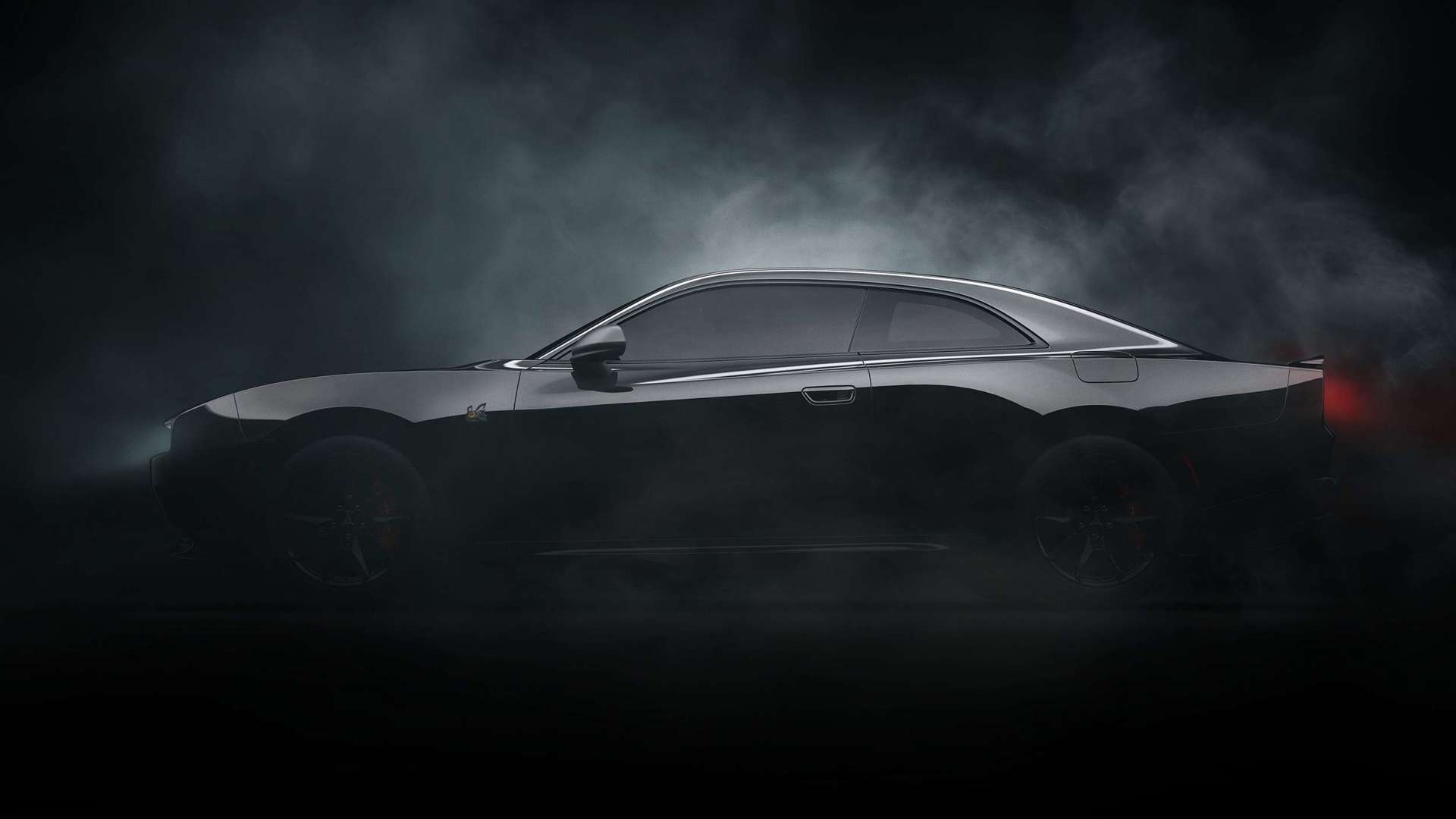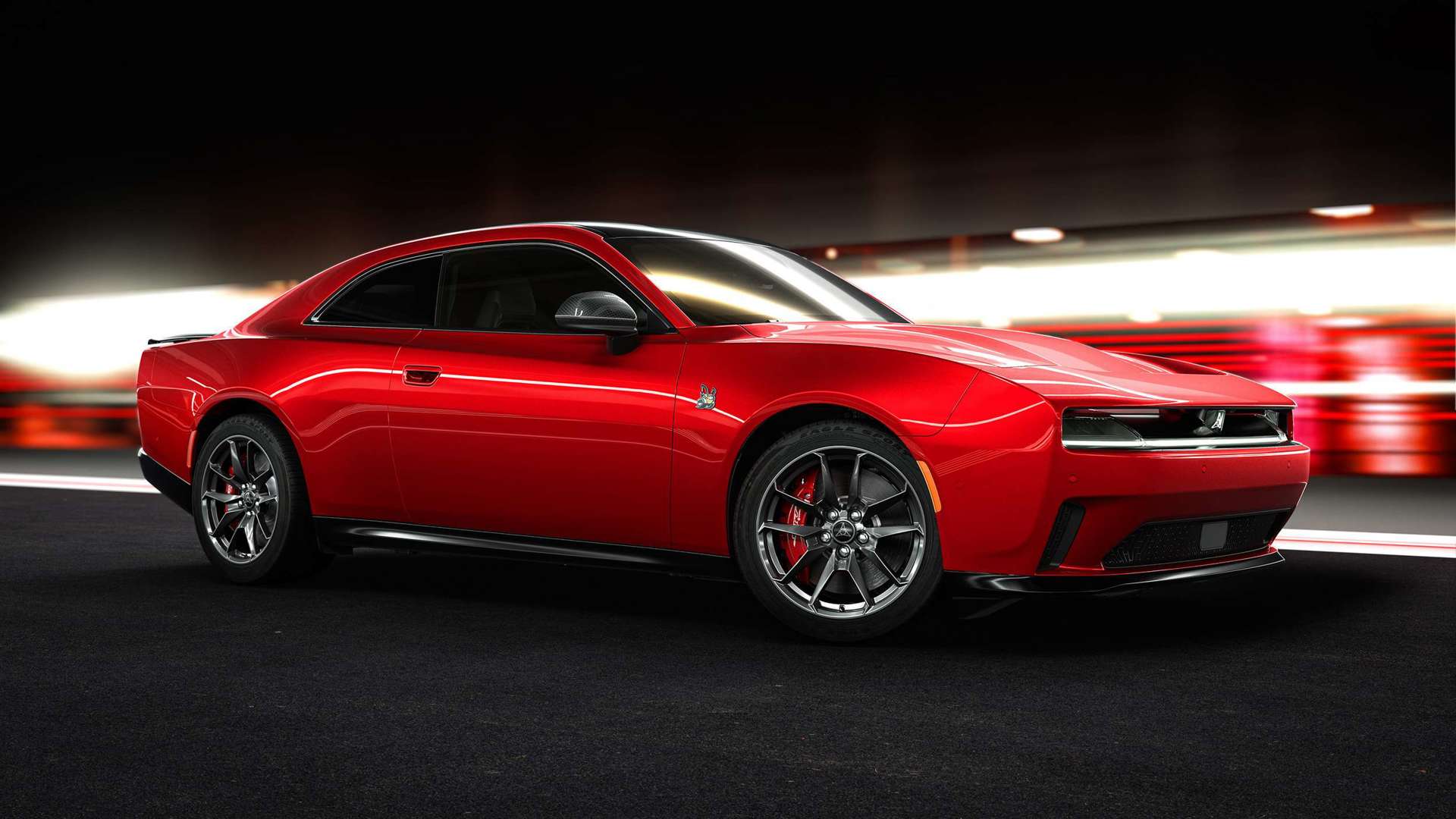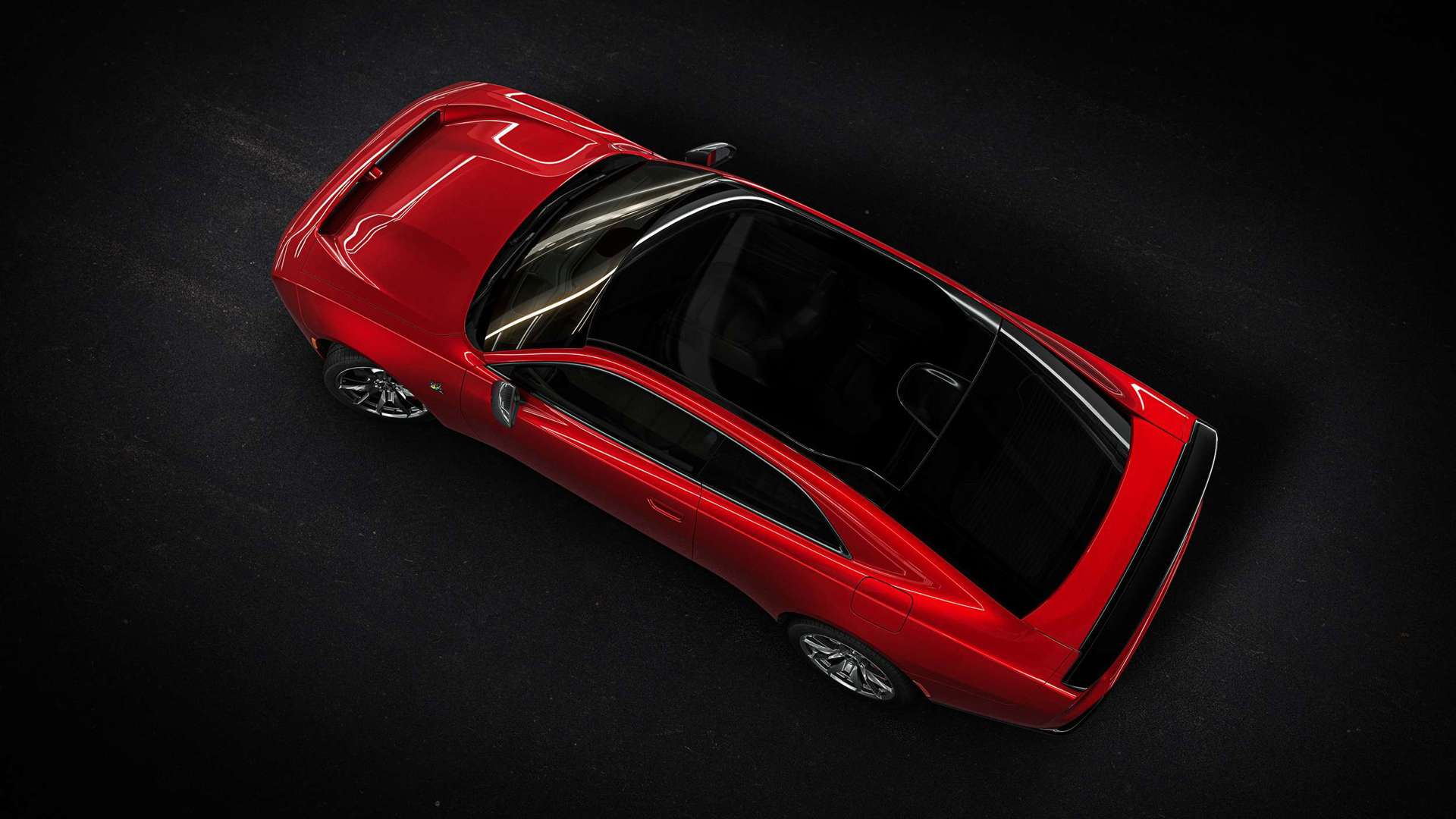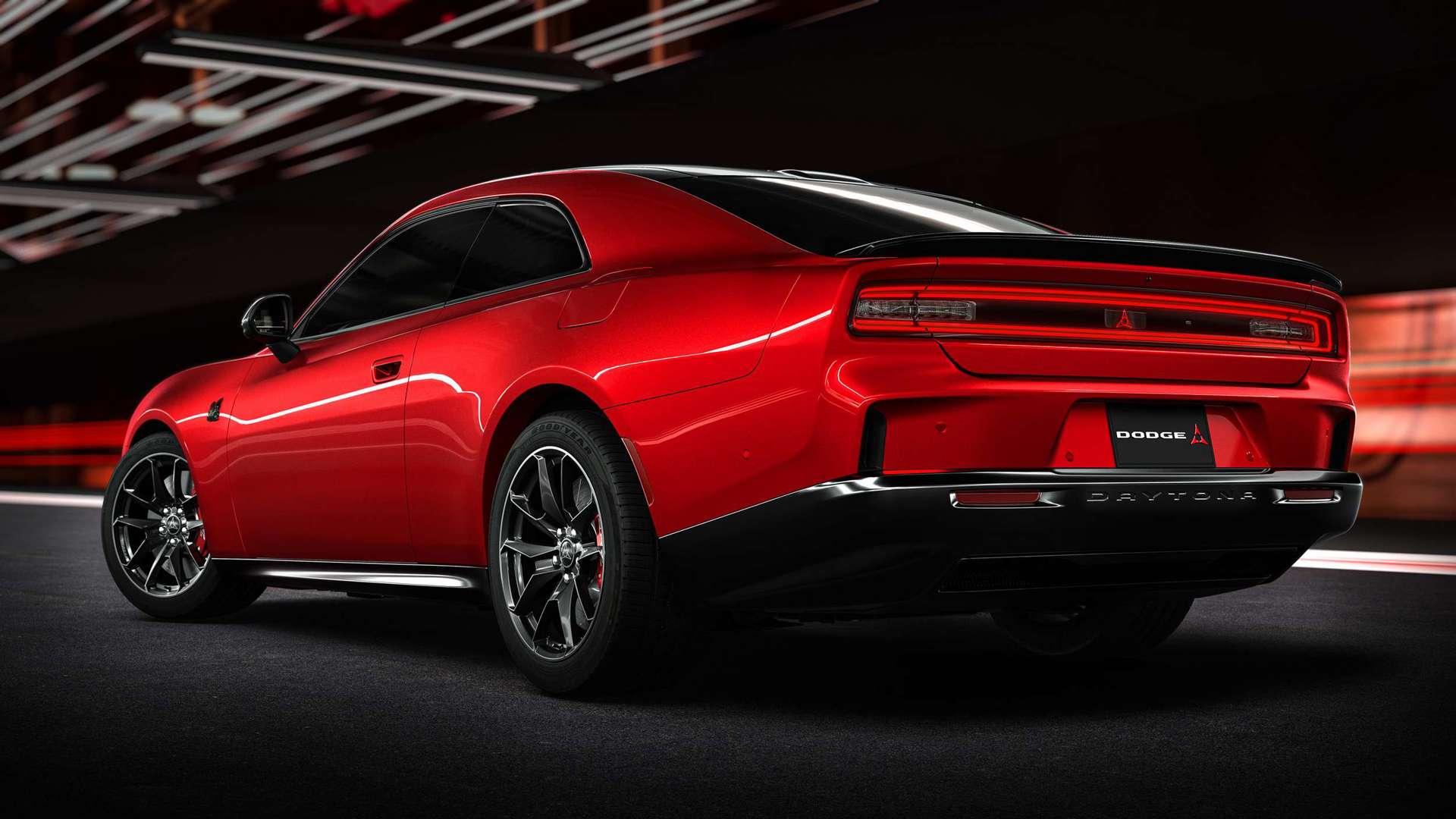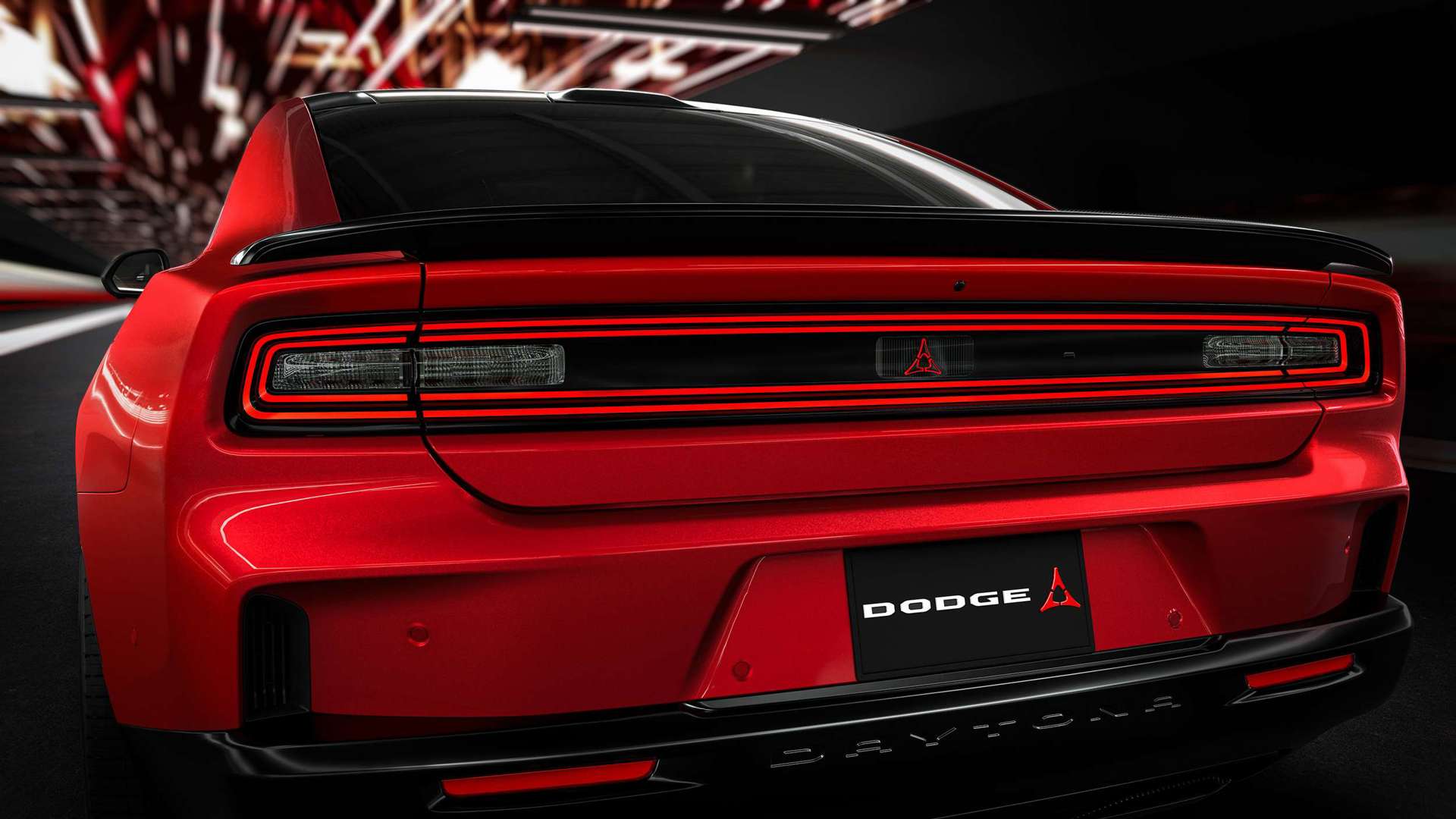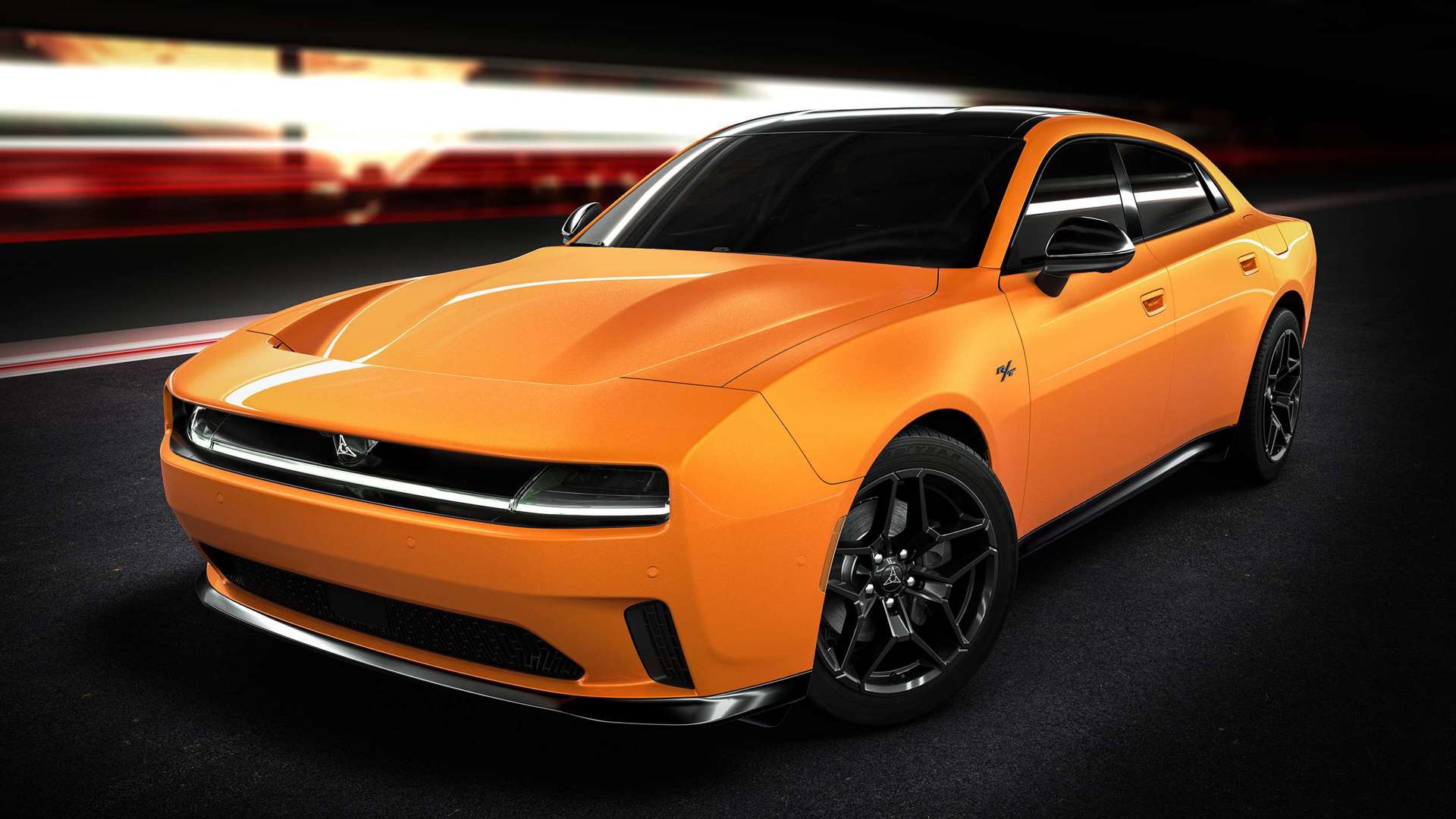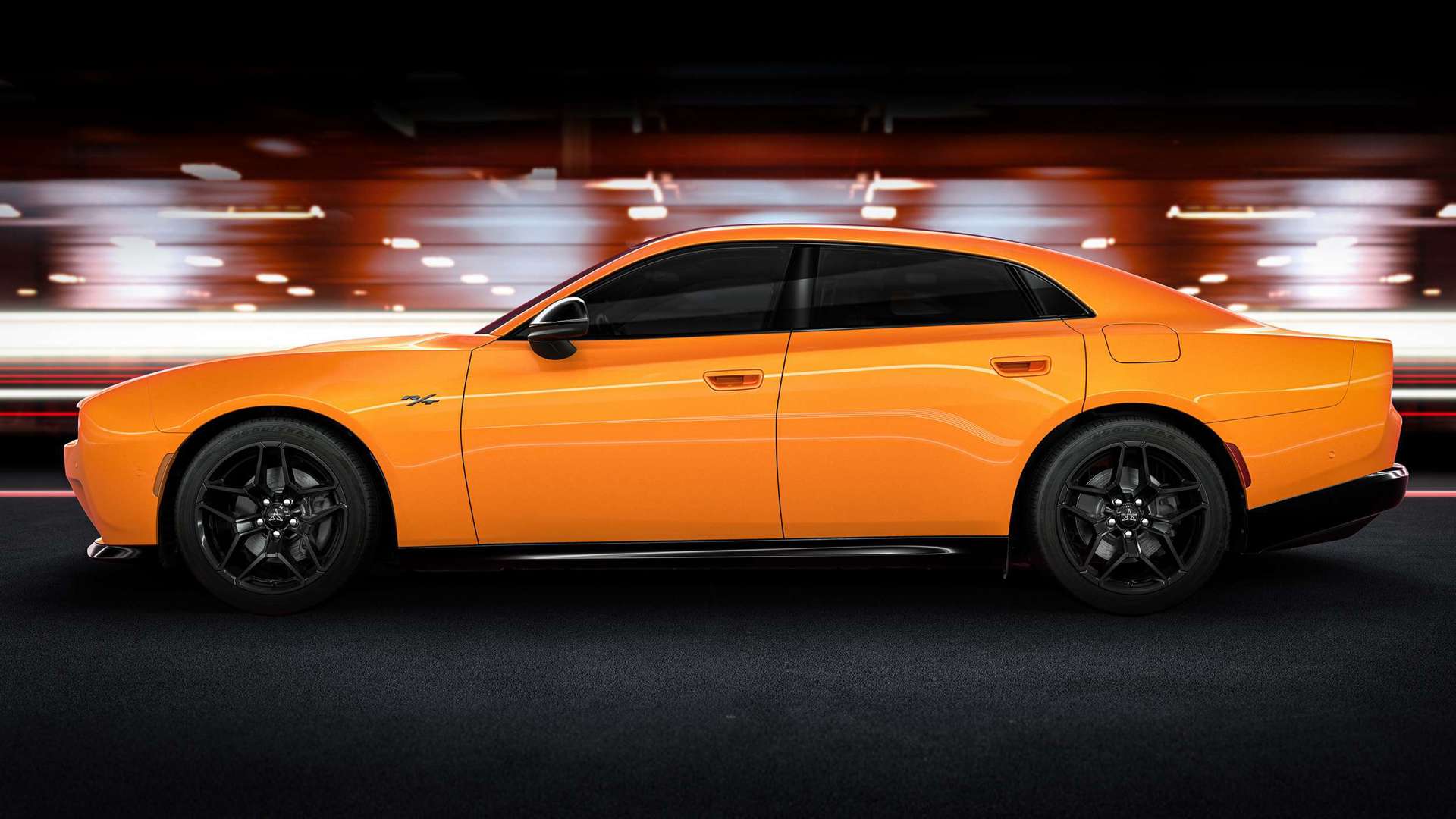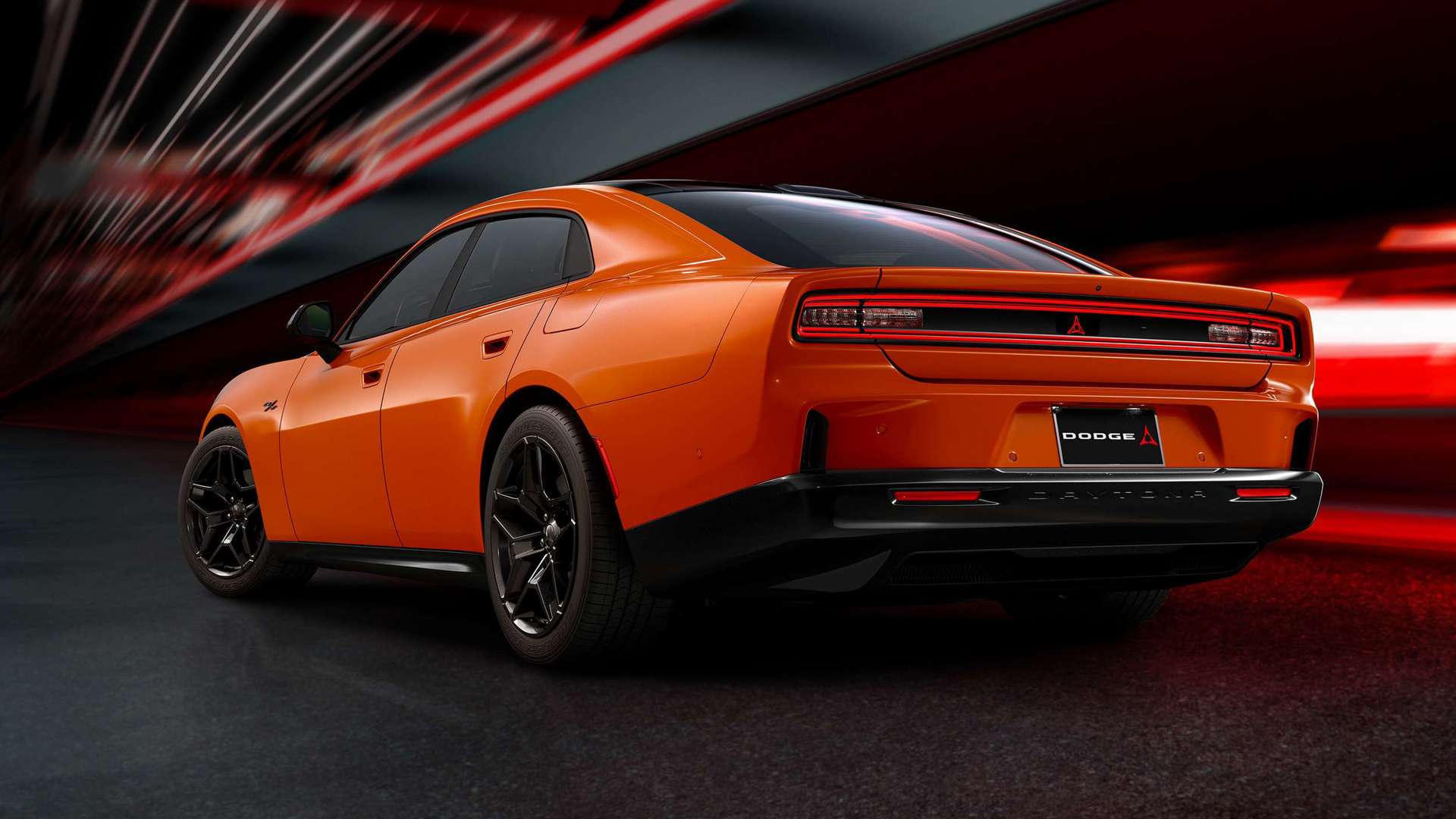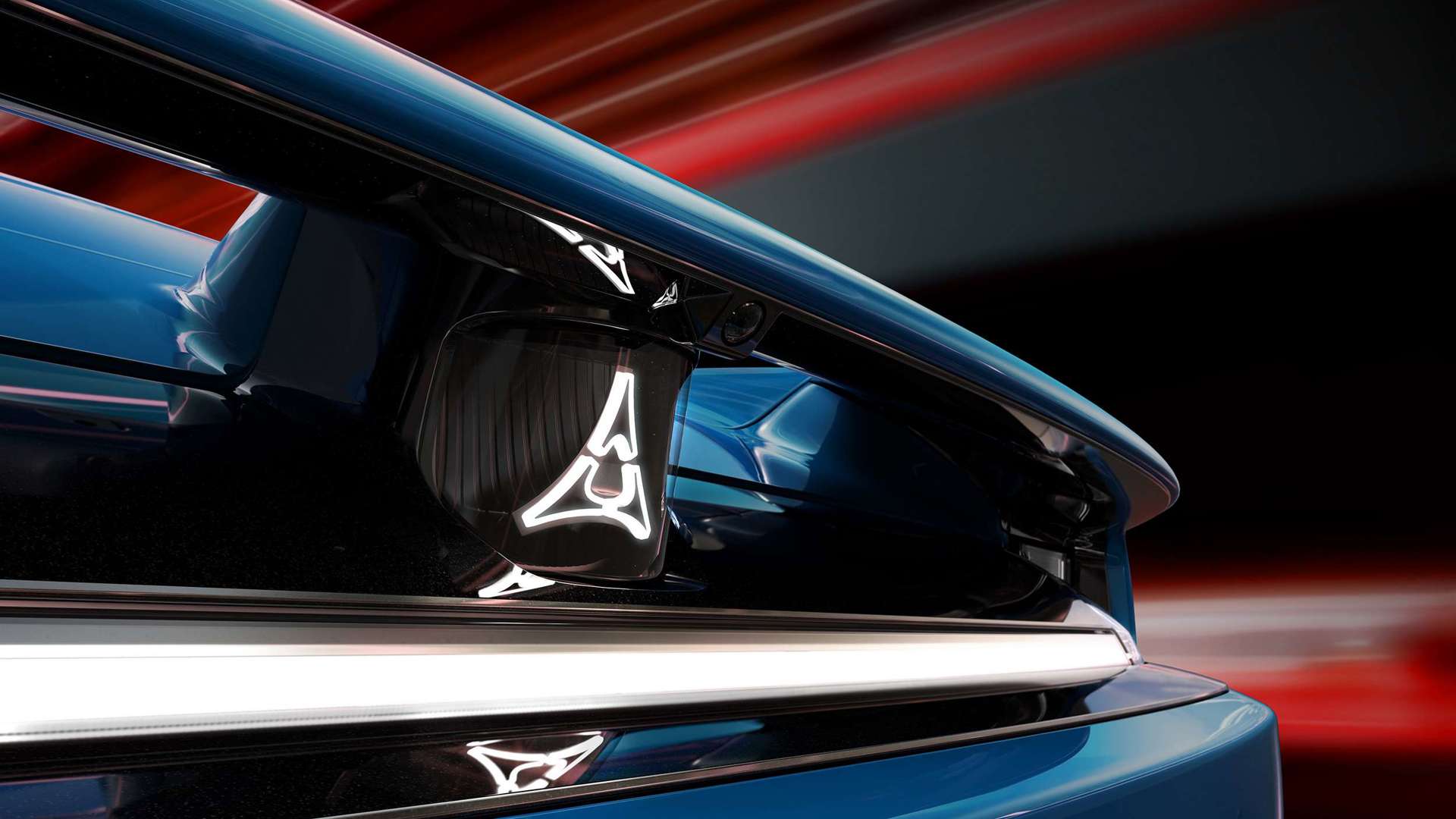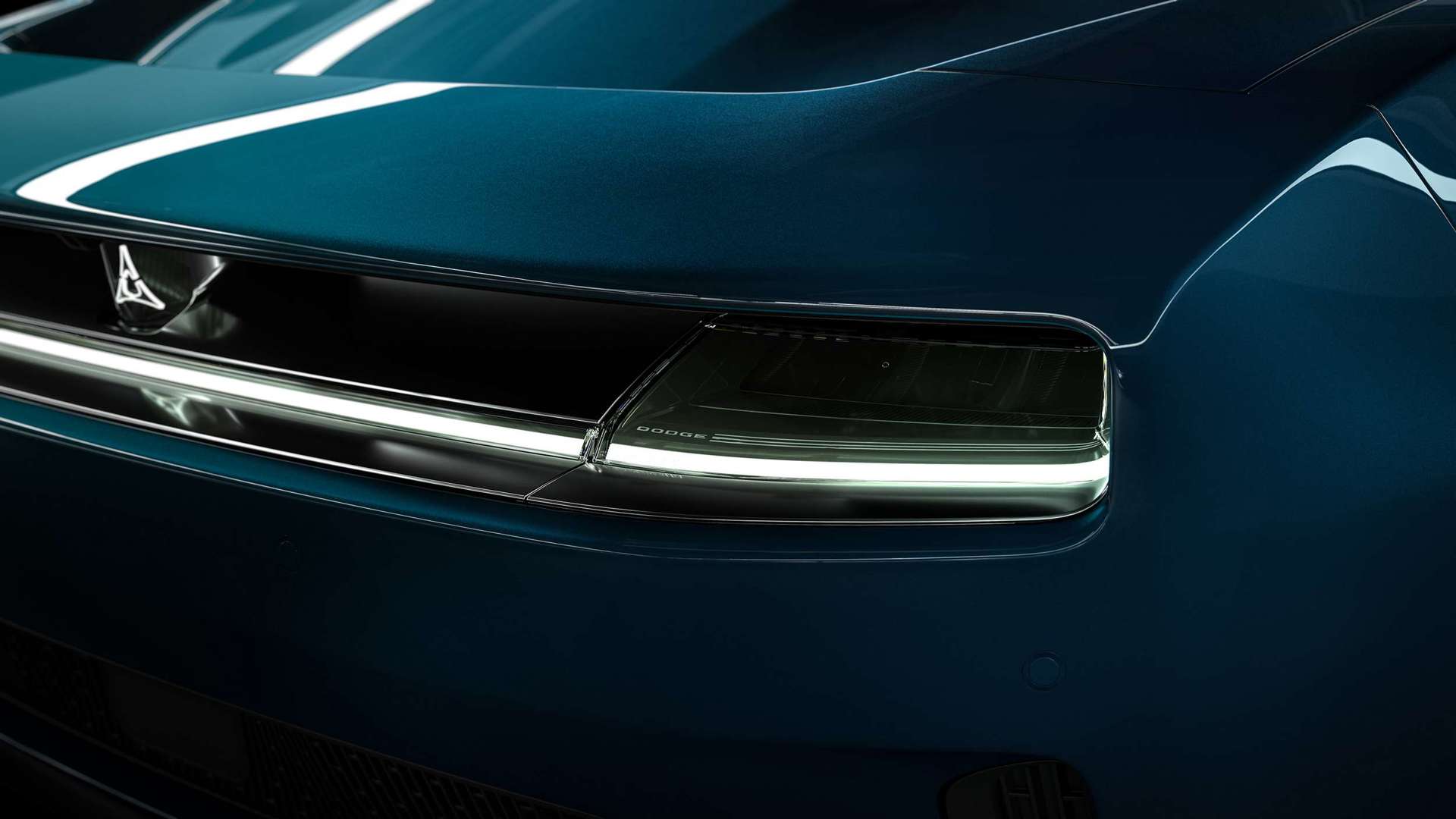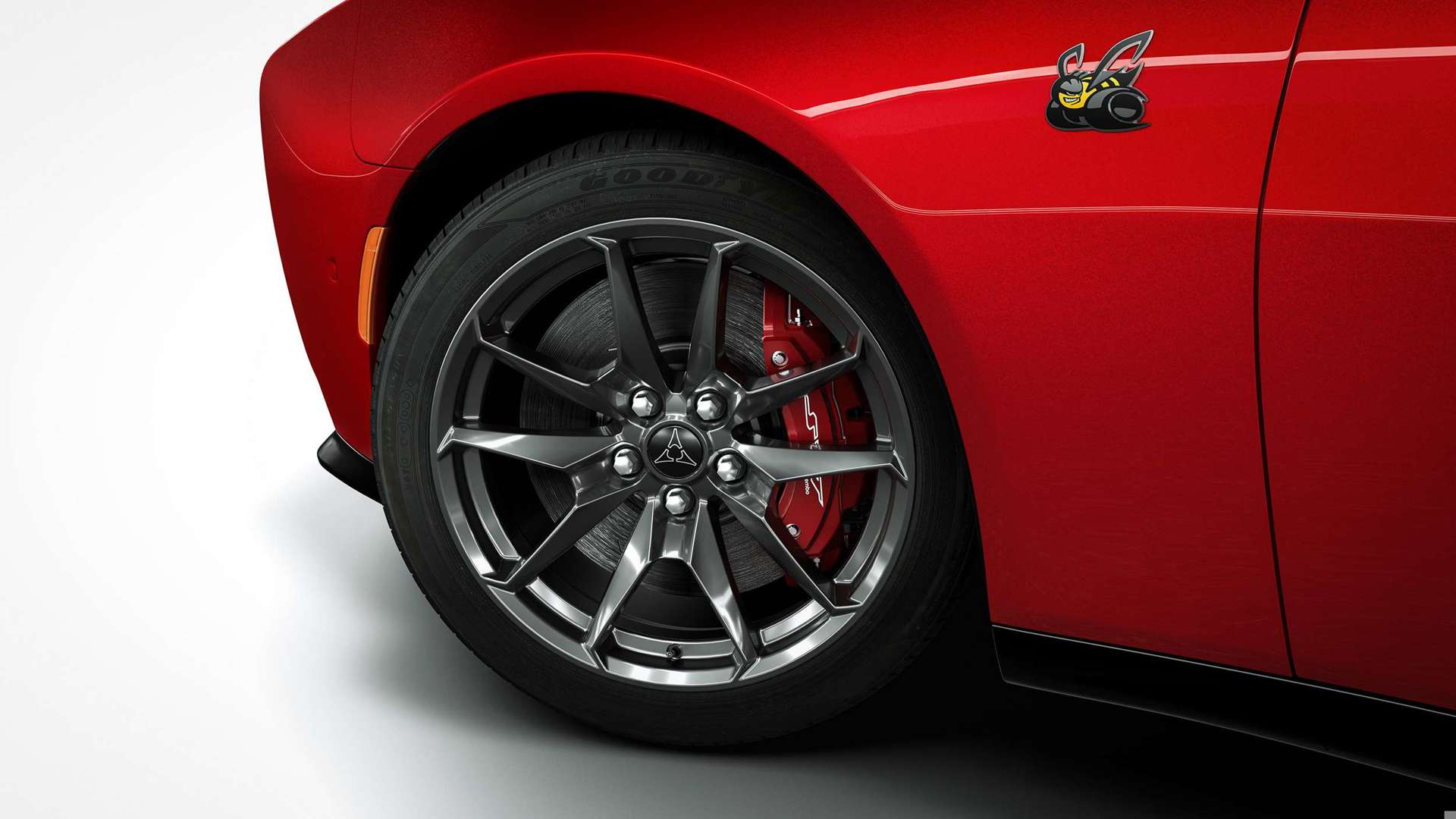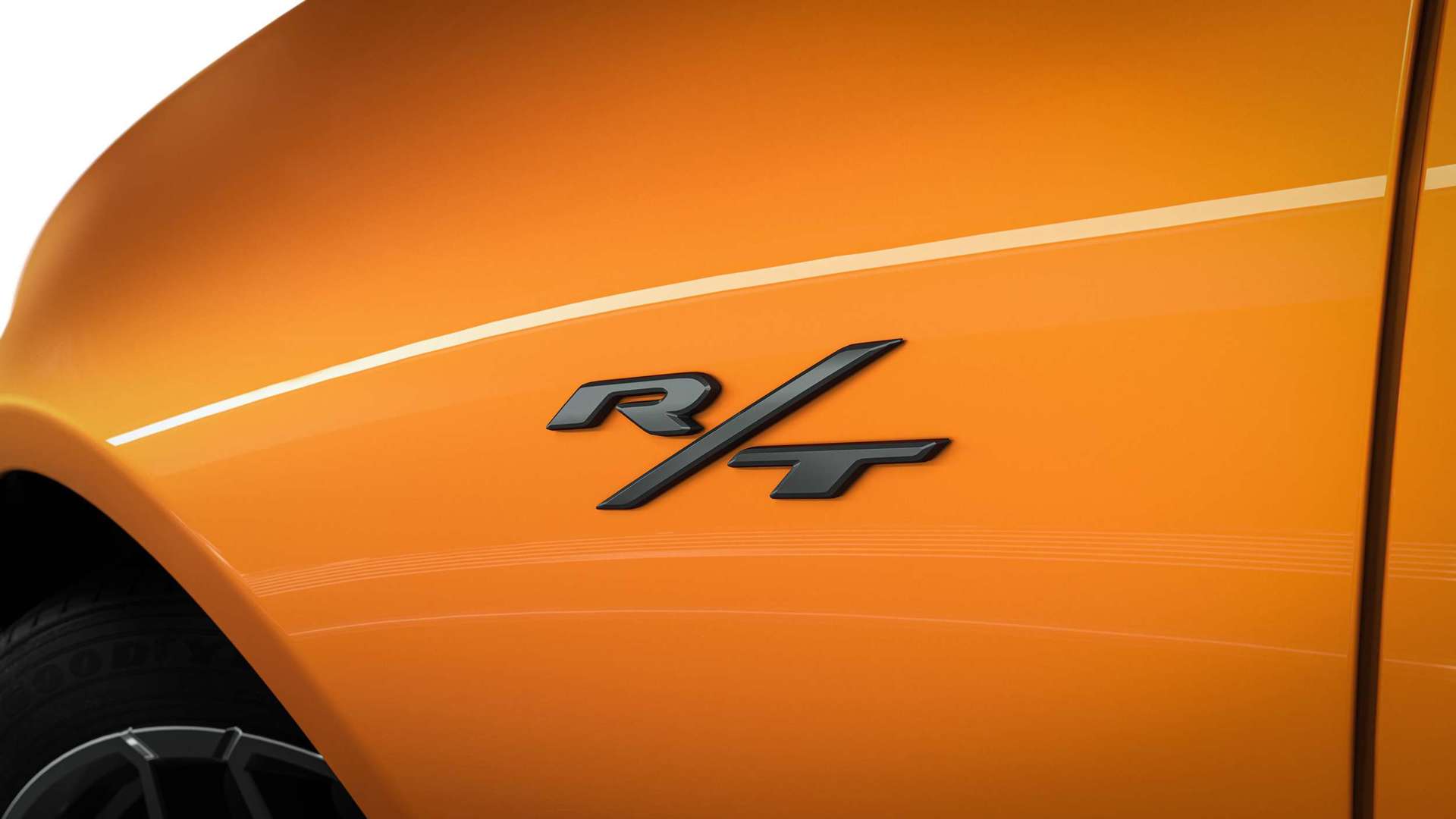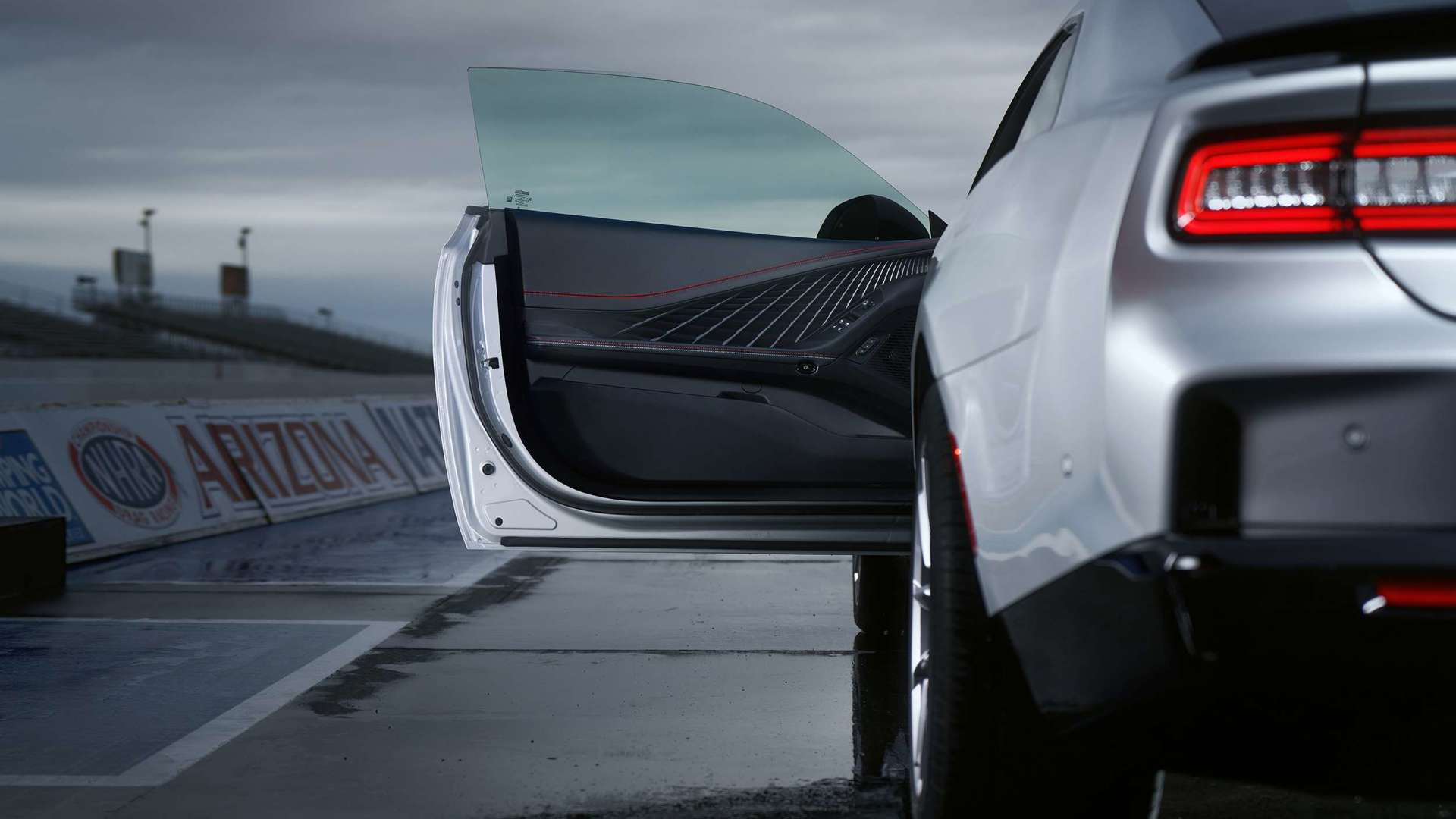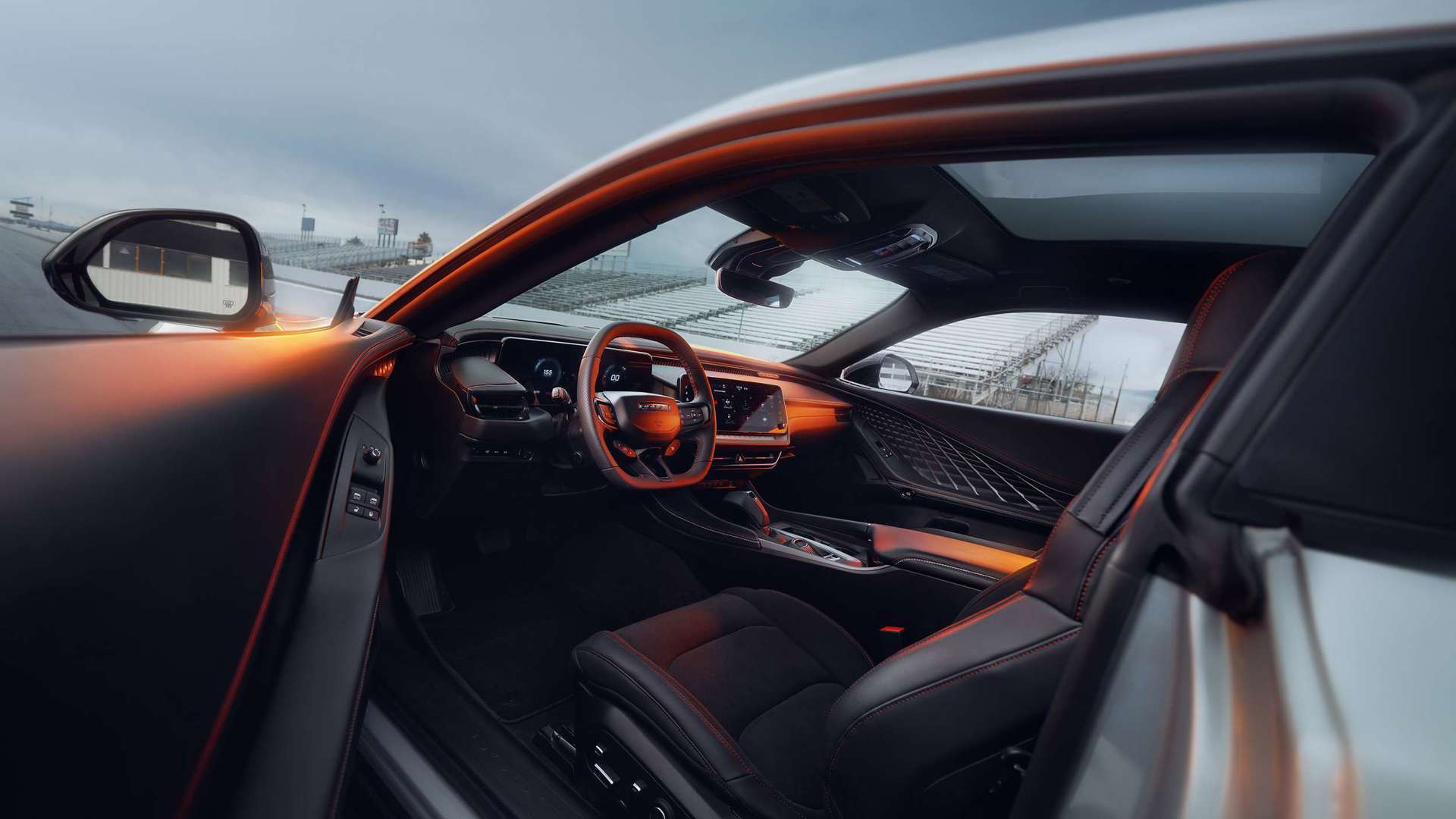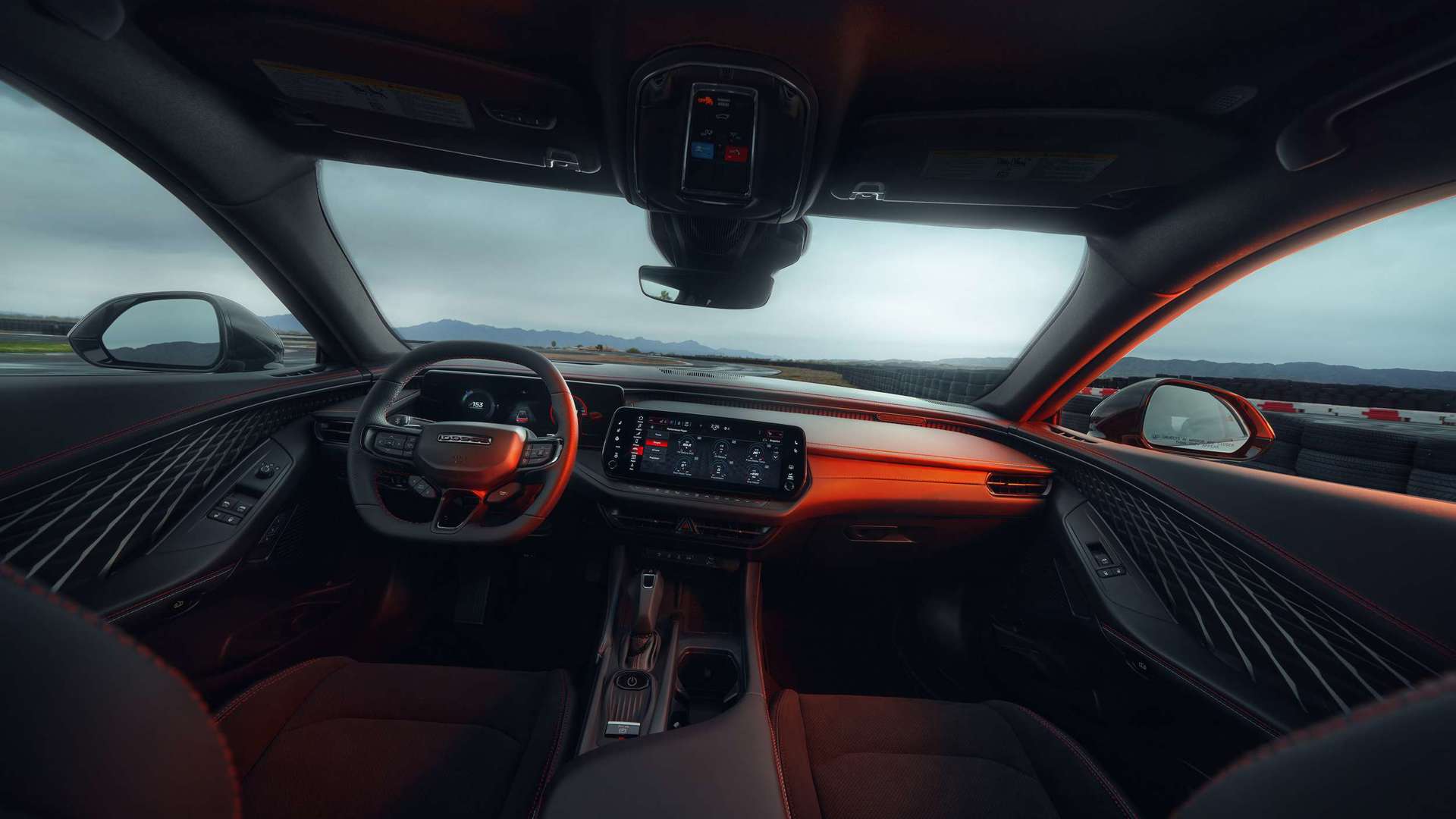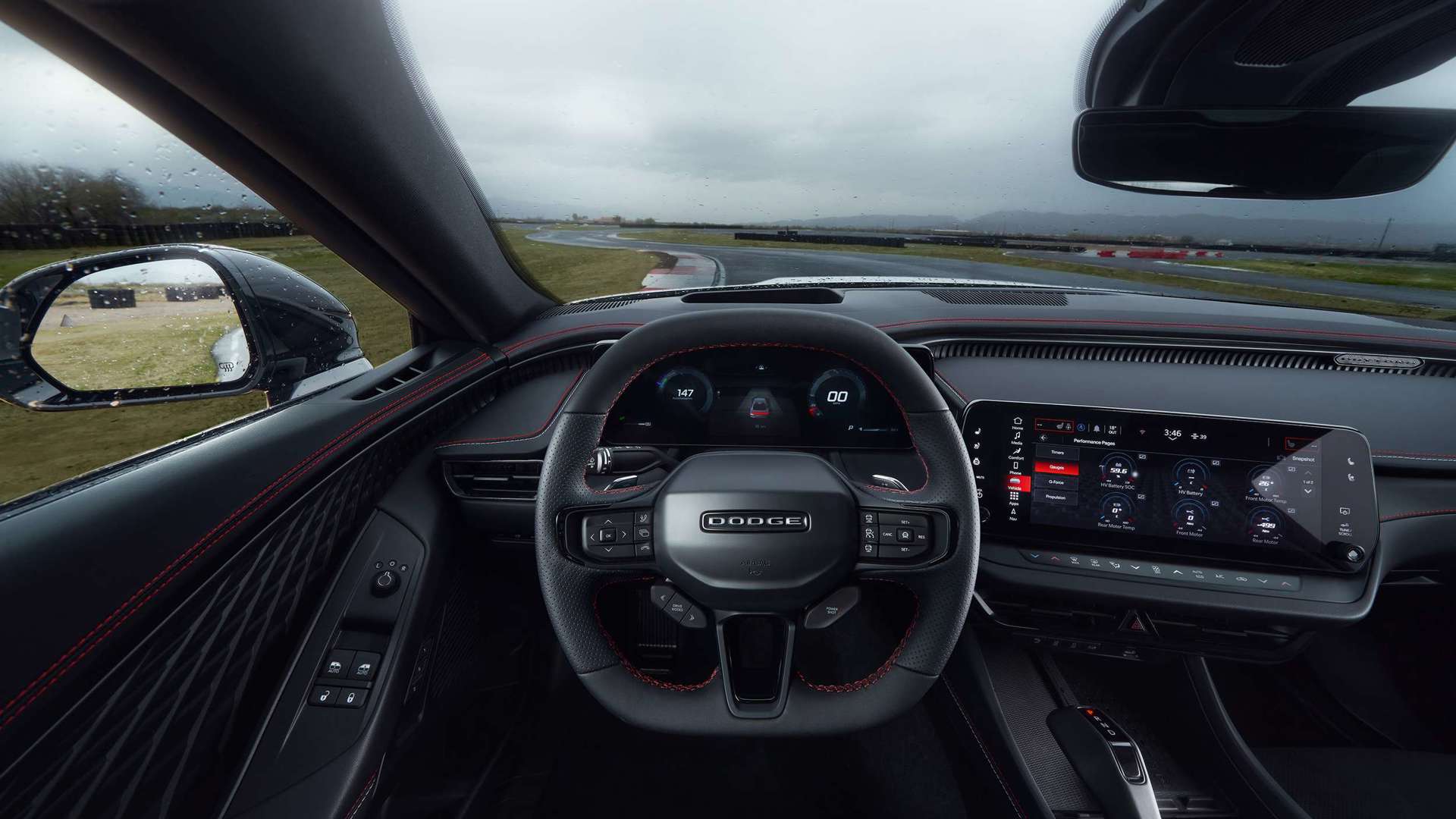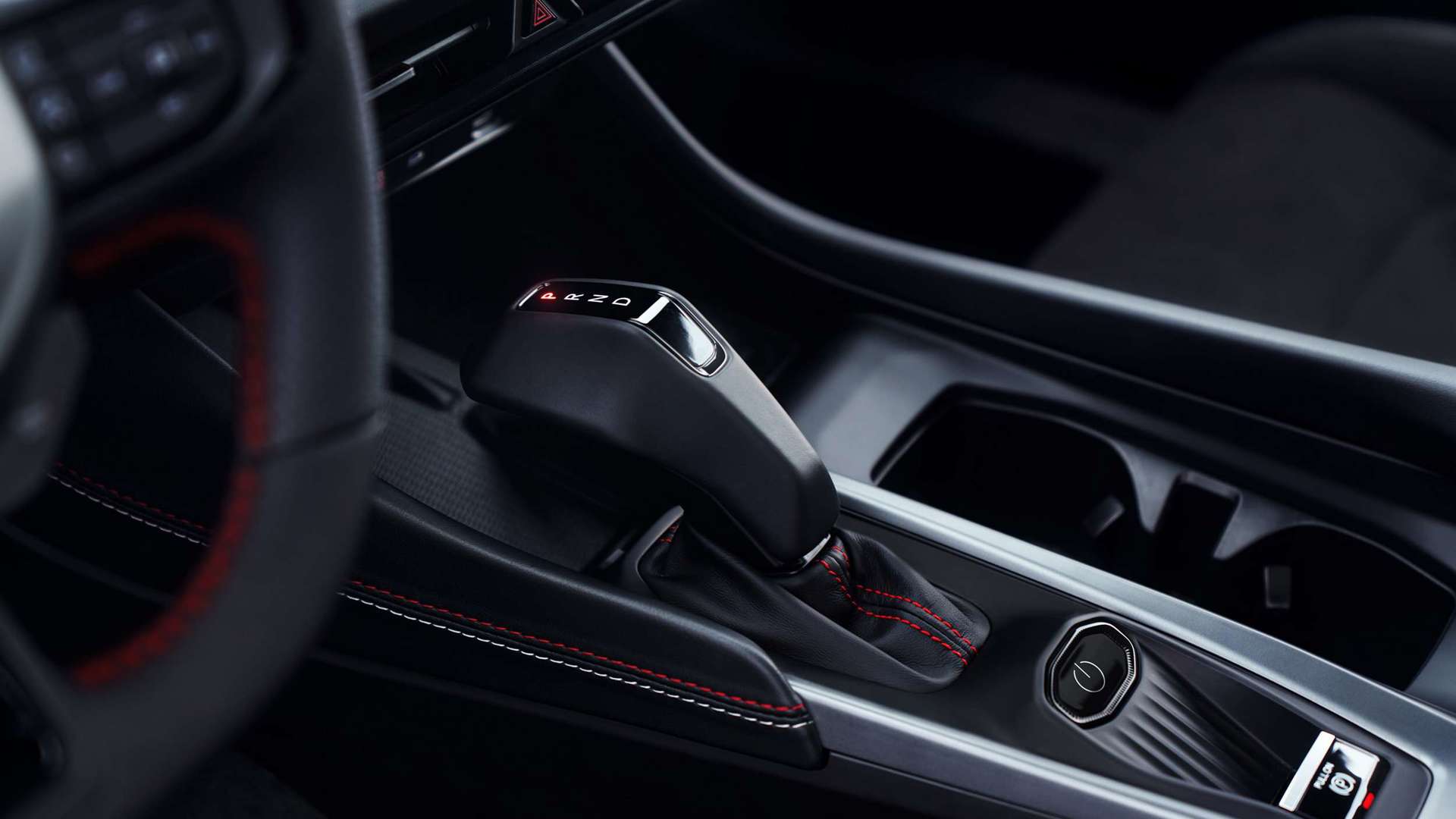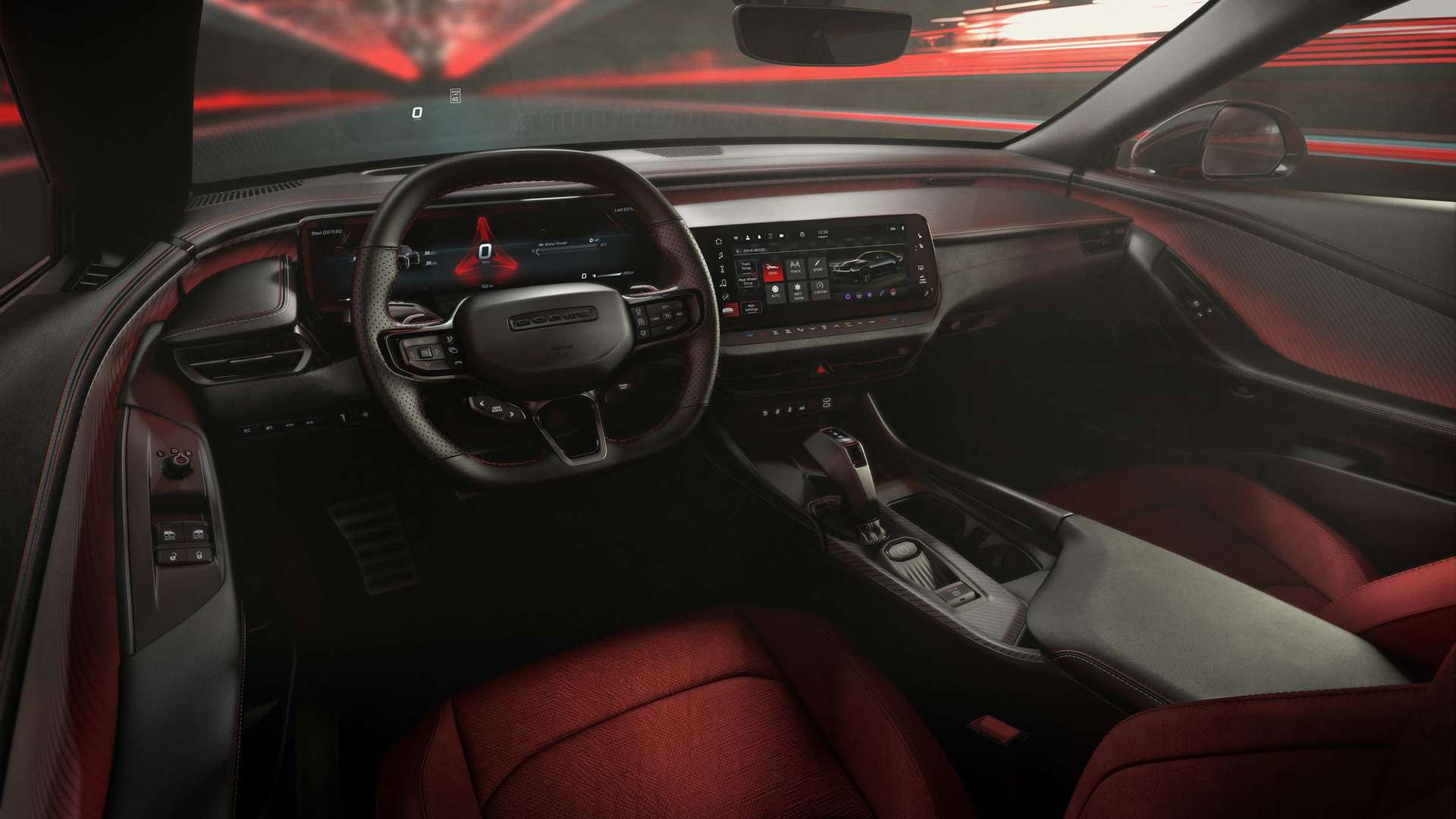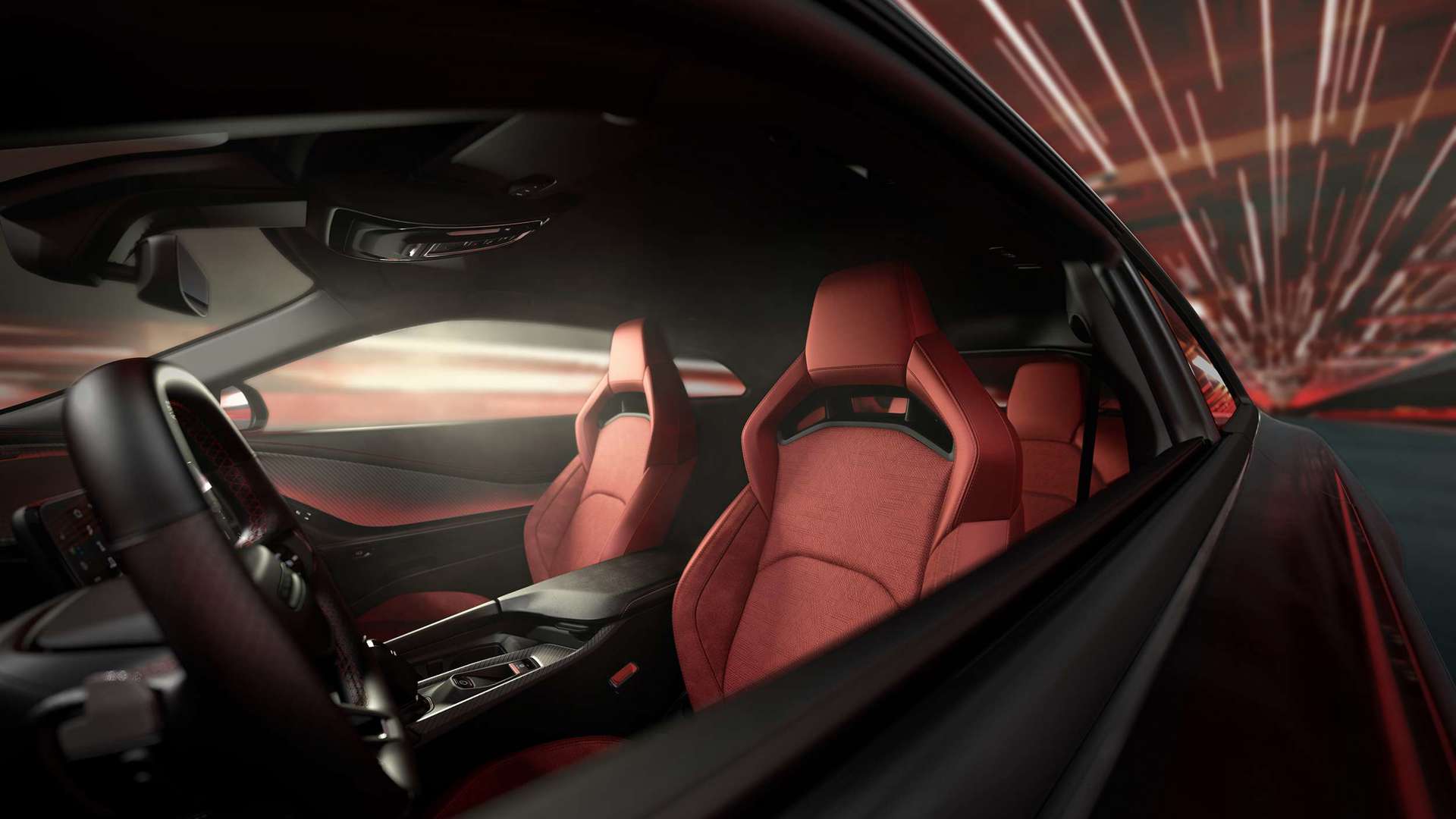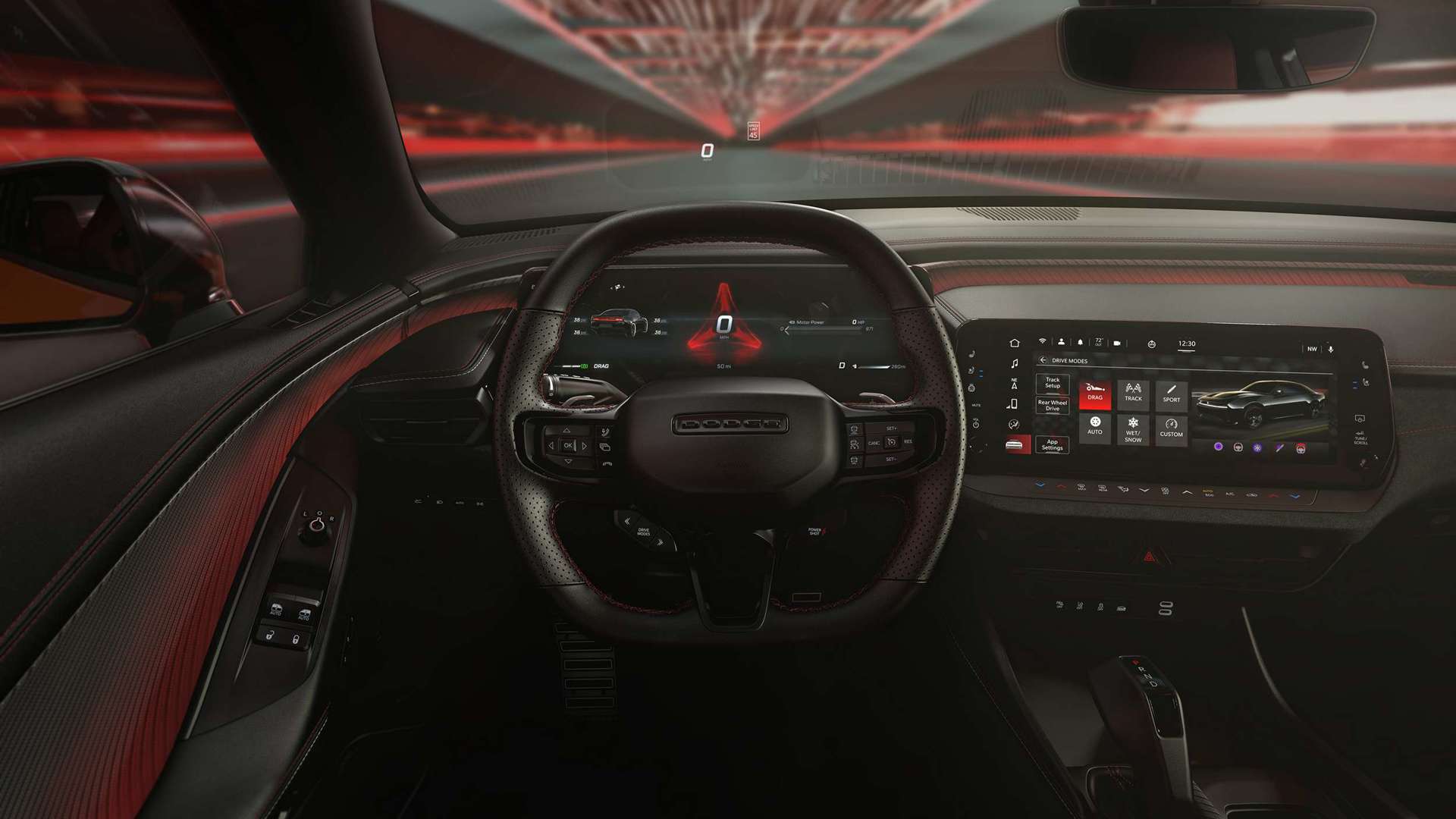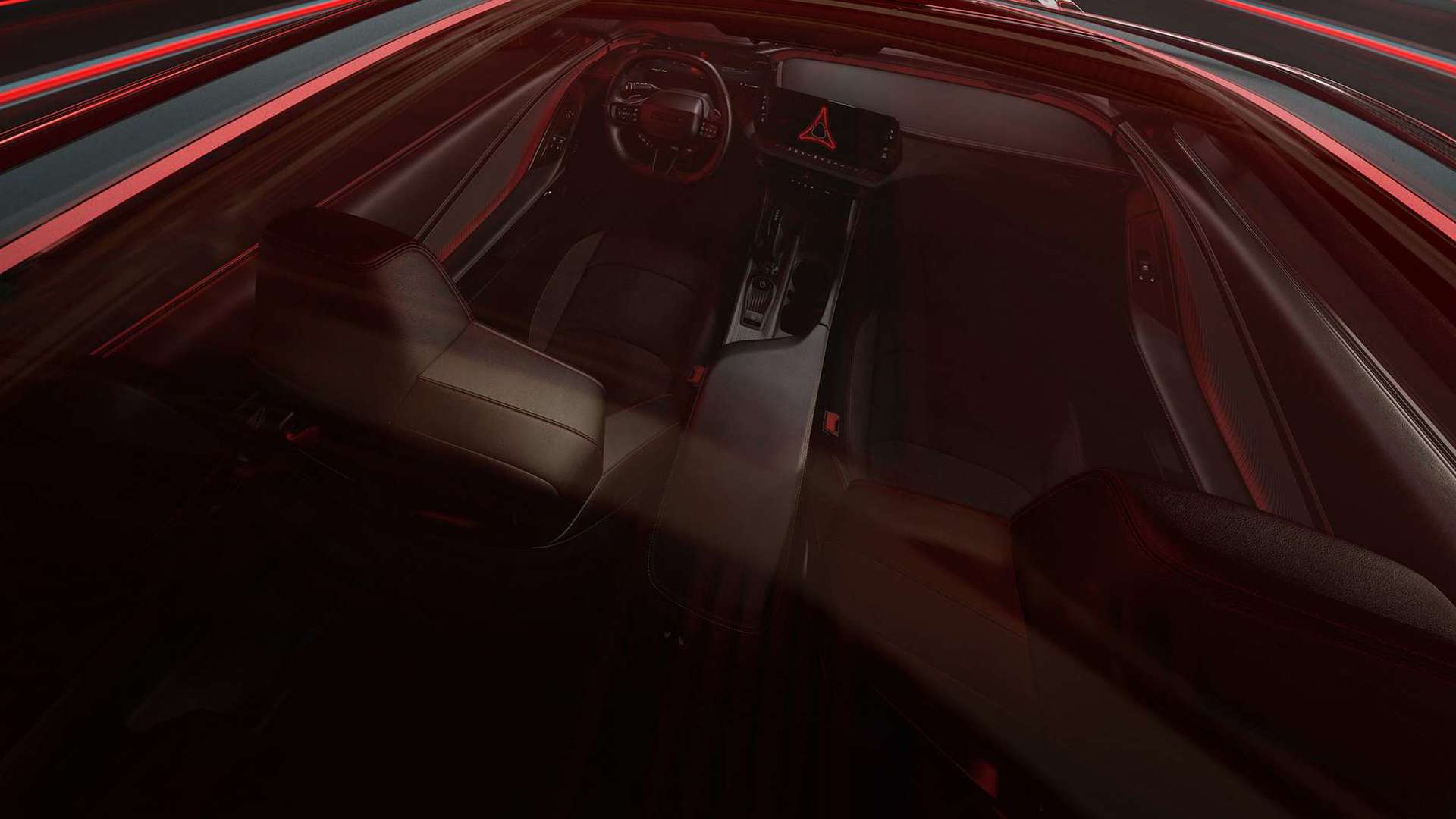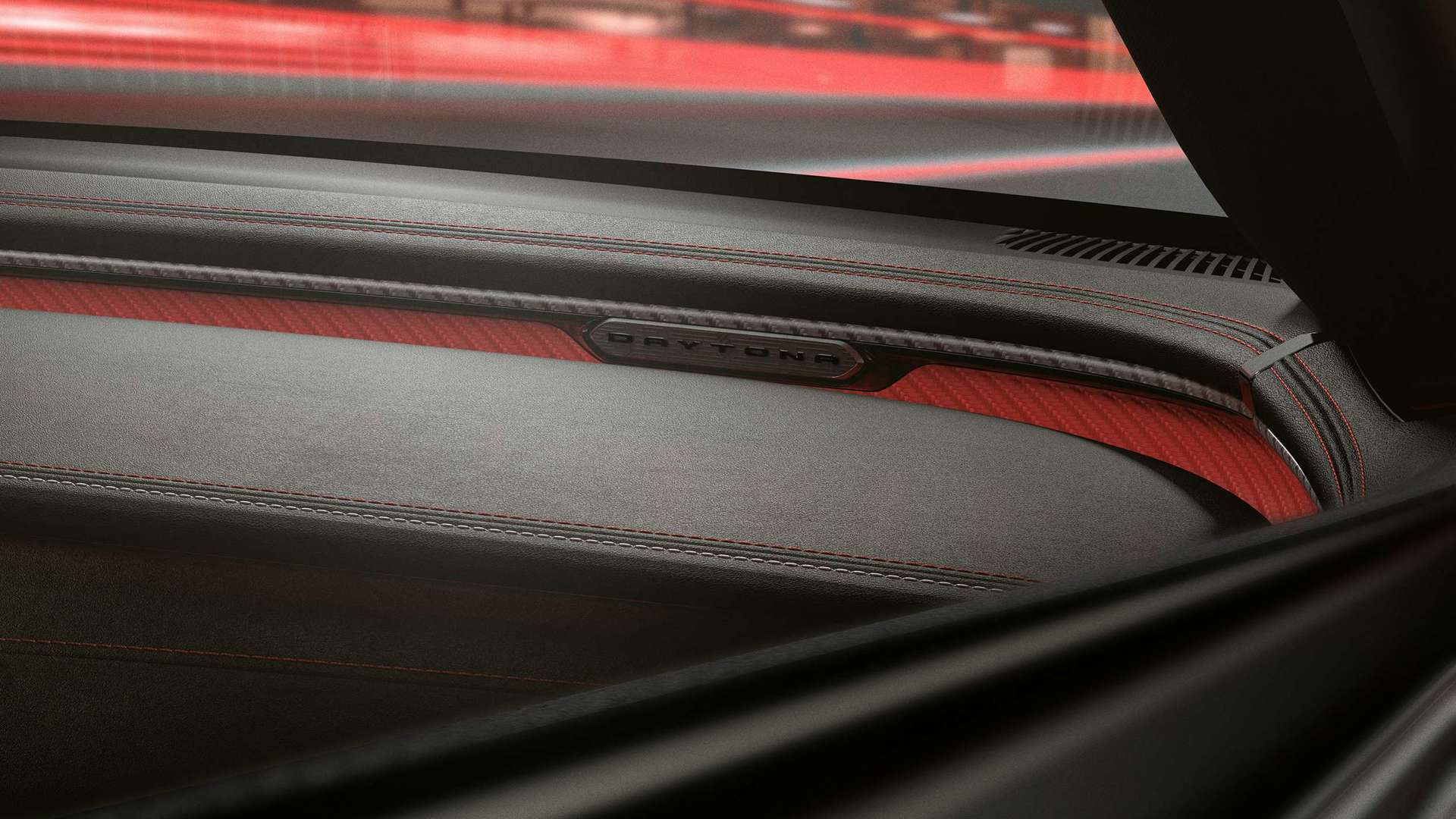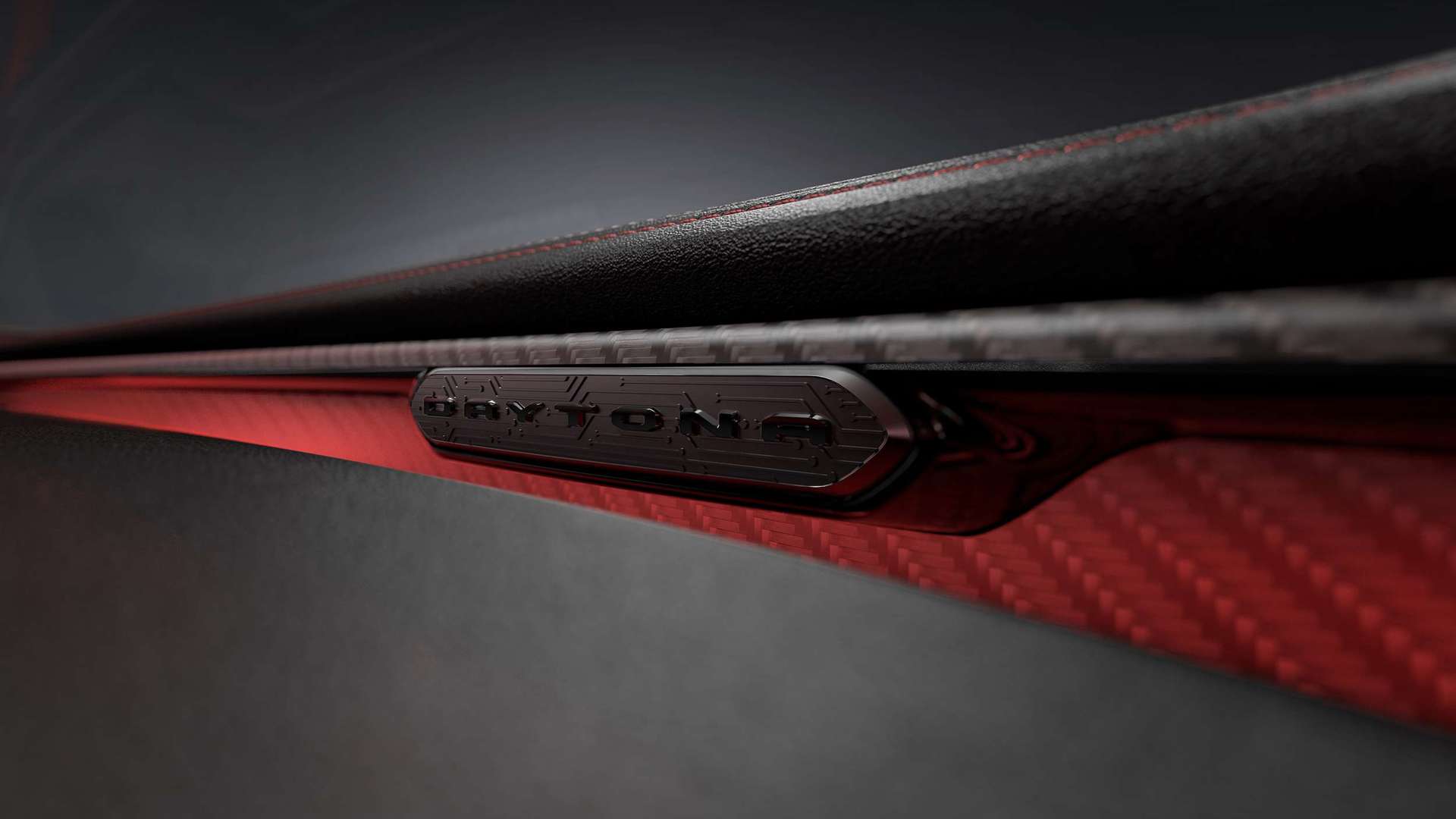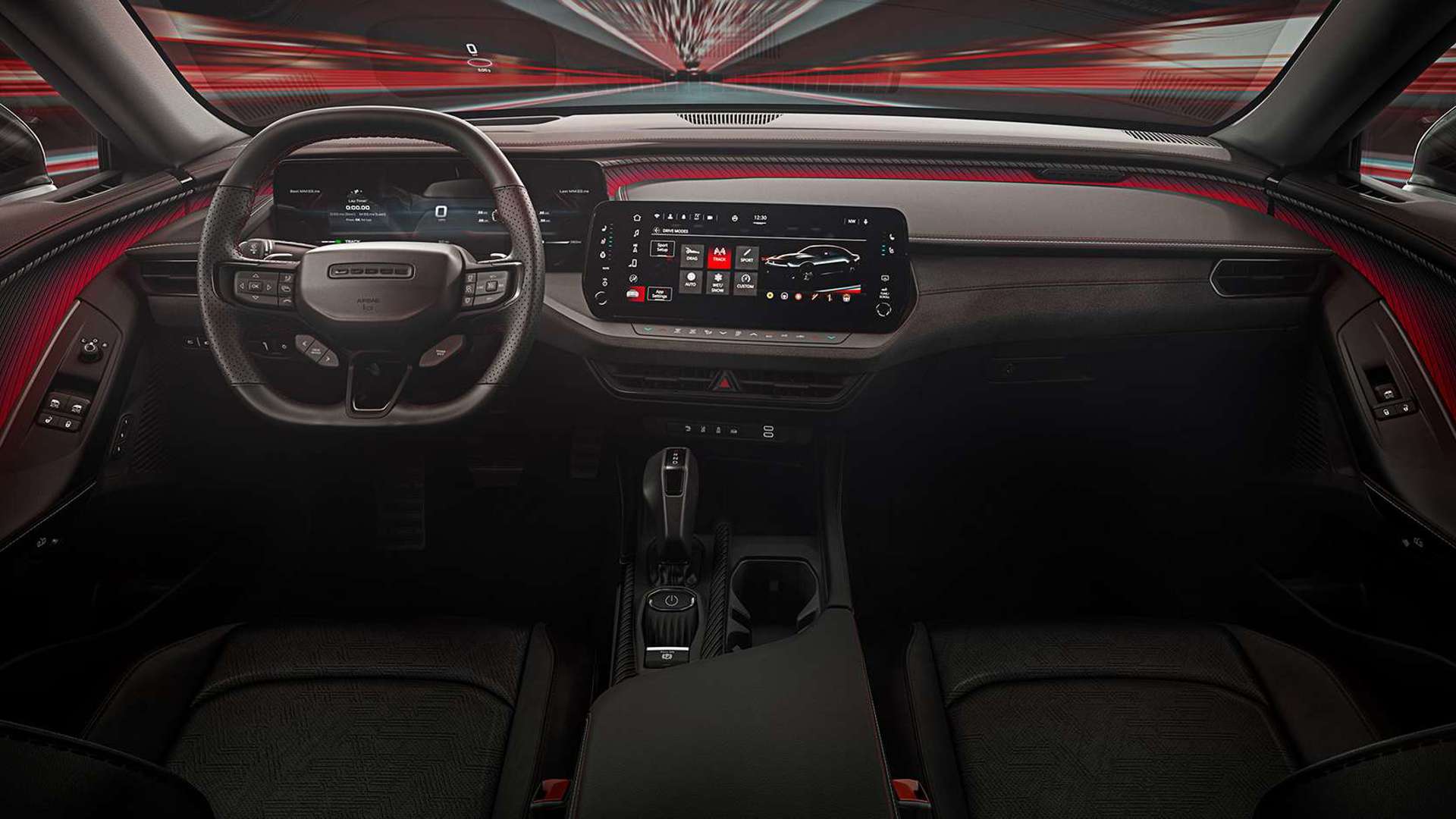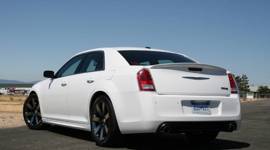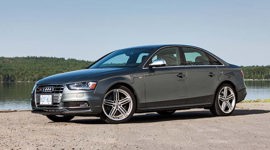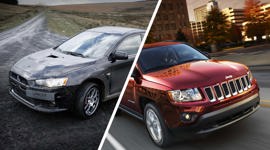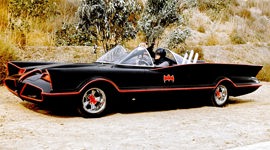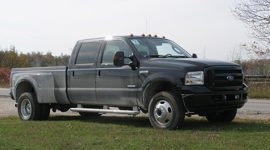Dodge is giving the Charger its biggest makeover since those oddball front-wheel-drive models it made in the 1980s.
For the first time, Dodge's muscle car gets fully electric power, making it quicker than the V8 models it's replacing. For buyers not ready to make the switch, the next-gen Dodge Charger will still offer a gas engine with a new twist on one of its iconic brands.
The electric sedan will be badged Dodge Charger Daytona, with gas models simply Dodge Charger. Unlike the last few generations where the Charger was the sedan and the Challenger the coupe, this time the Charger badge will be used on both versions of the car.
Dodge calls the Charger Daytona the "world's first and only electric muscle car." The company understands that an unhealthy dose of testosterone and aggression is key to the brand's sales, and it doesn't want to rock that boat. That's why the car with all-wheel drive (AWD) , a 400-volt electrical architecture, and 100.5-kWh of battery capacity will still come with an exhaust. The "fratzonic chambered exhaust" gives the electric driveline a noise Dodge says matches the V8 Hellcats for intensity.
Sticking with the specs, the Dodge Charger Daytona EV will be sold in R/T and Scat Pack trims to start. Both, as mentioned up top, are AWD with dual motors. The R/T delivers 456 hp and 404 lb-ft of torque, with 496 hp available for short bursts in the 15-second "power shot" mode. That's enough for a zero-to-100 km/h run in 4.7 seconds and 13.1 through the quarter-mile – er, 400-metre sprint. The Scat Pack version makes 630 hp, or 670 hp on power shot, and 627 lb-ft of torque. That's enough for an 11.5-second 400-metre run, about two seconds quicker than the 392 version of the old car.
The Charger Daytona R/T has an estimated range of 510 km, while the Scat Pack's number stands at 418 km. Peak recharge speeds are 183 kW for both, with a five-to-80 per cent DC fast-charge time of 32 minutes in ideal conditions.
Scat Pack models will offer a track package with 16-inch Brembo brakes. It's the largest brake package Dodge has ever offered, matched by the immense 305/35R20 front and 325/35R20 rear tires. Those cars will also get a new semi-active suspension with dual valves that is meant to smooth the ride on rough roads and improve performance on the strip or around a road course.
As another nod to the tire-smoking Mopars of old, Dodge is offering a three-level drift mode, a donut mode, and a line lock mode. All are sure to get you in the good graces of your local constabulary. A "race prep" mode is also new, and will help prepare the battery for short-term maximum output.
Dodge is saving most of the details about the gas cars for later, but here's what you need to know: six pack.
The Dodge Charger Sixpack – the name Dodge used for its triple two-barrel carbs on V8 models – is offered in standard output and high output models. Both get the inline six-cylinder first used on the Jeep Wagoneer. The 3.0L twin-turbocharged engines will make 420 hp and 550 hp, respectively.
The cabin is full of Dodge's latest tech, including a 10.25-inch – or optional 16-inch – digital instrument display, and a 12.3-inch centre screen. The dash is designed to curve toward the driver, focusing on that seat like the previous-gen Challenger. The cars will have an optional head-up display, the brand's latest infotainment interface with voice control, and a new 64-colour ambient light system. The cabin will also come with a "pistol-grip" shifter.
Smartphone key functionality will be available. The car will also offer a built-in drive recorder with dash cam function, including a microphone and USB storage. Standard active safety includes forward collision warning, adaptive cruise control, and blind-spot monitoring. Optional features include a side camera view meant to act as digital curb feelers to stop you scarring those big wheels.
Every new Dodge Charger will be built in Windsor, Ont., on the company's new EV platform. Production begins in the middle of this year, while gas-powered models will roll off the line in early 2025.
